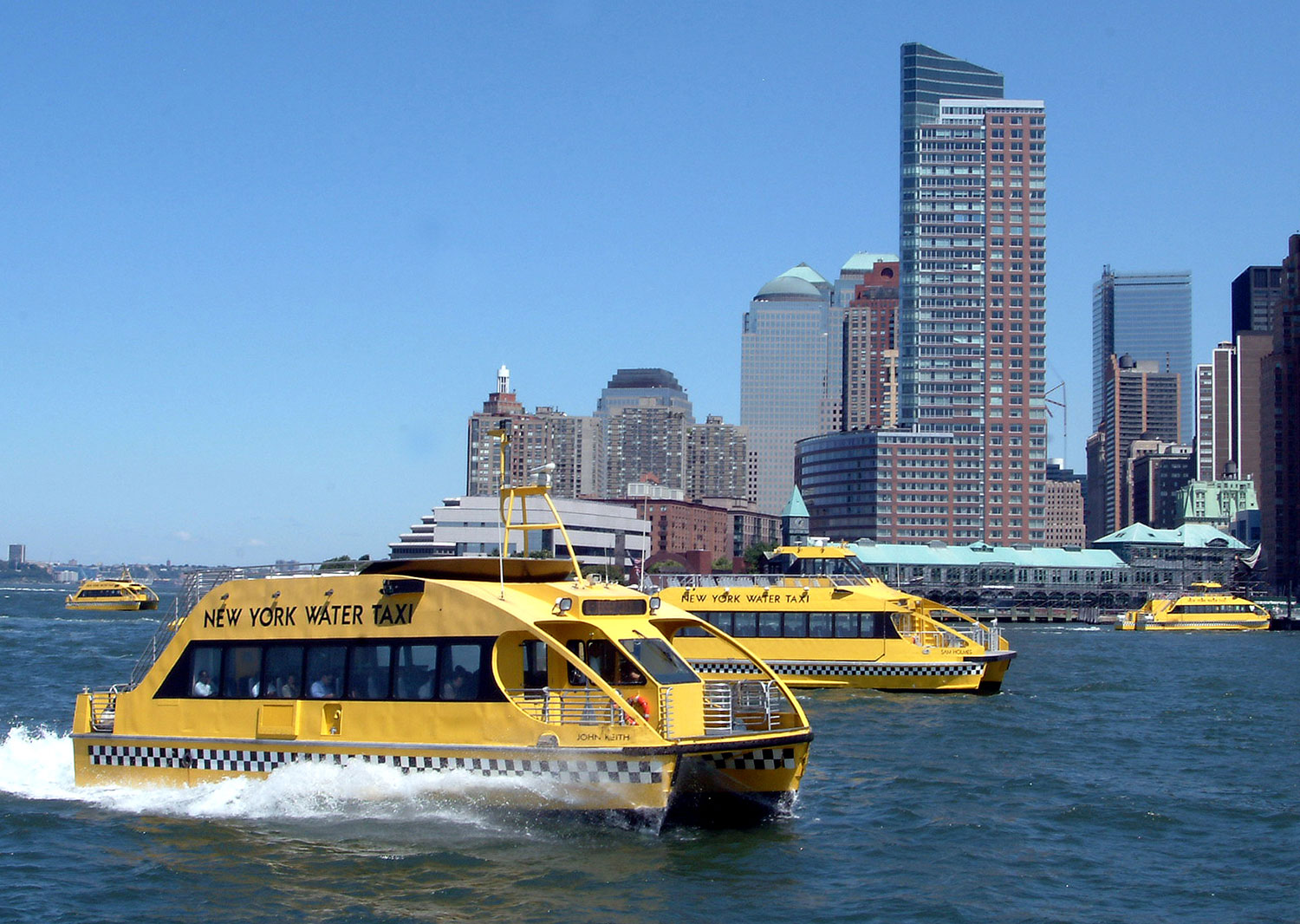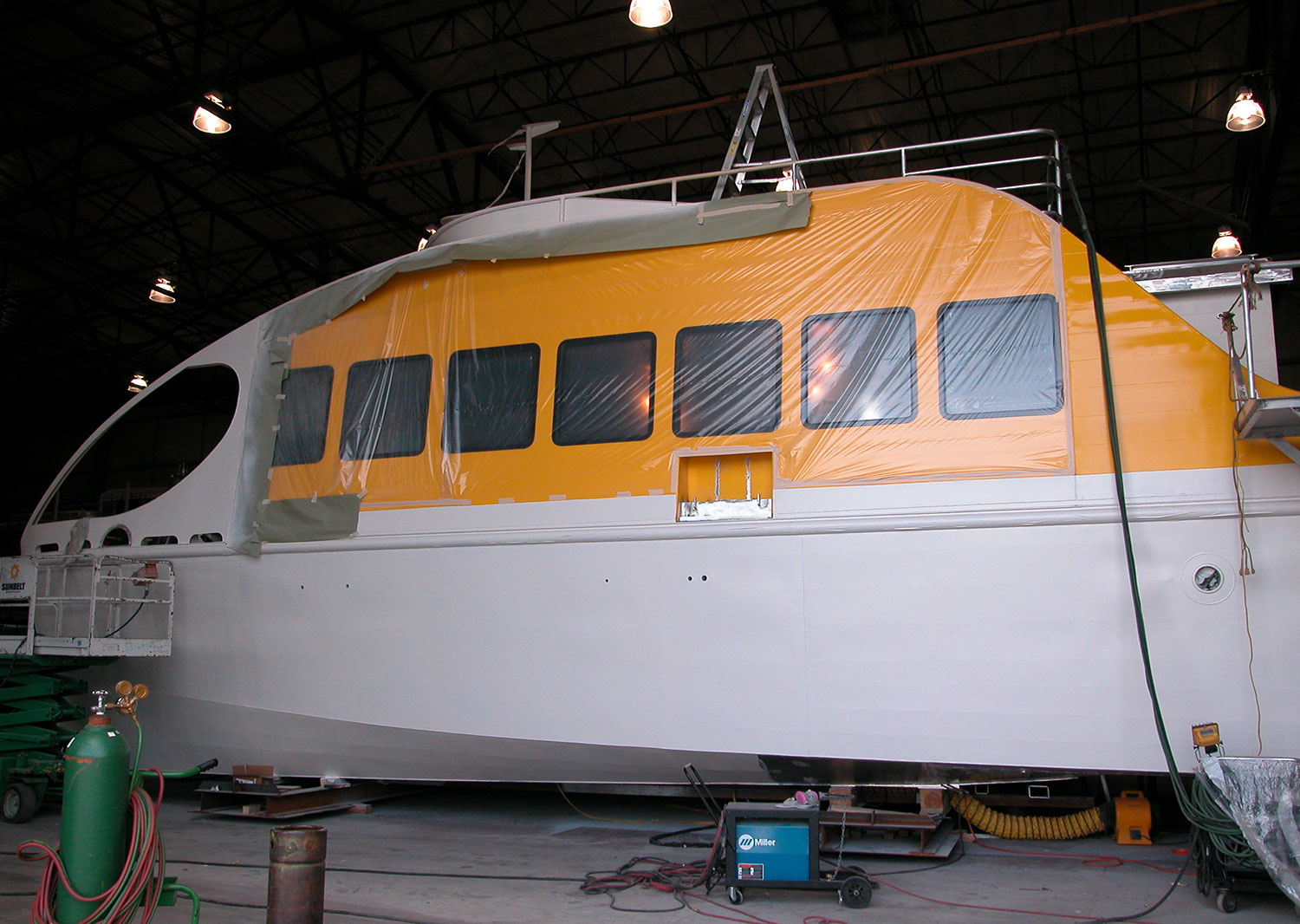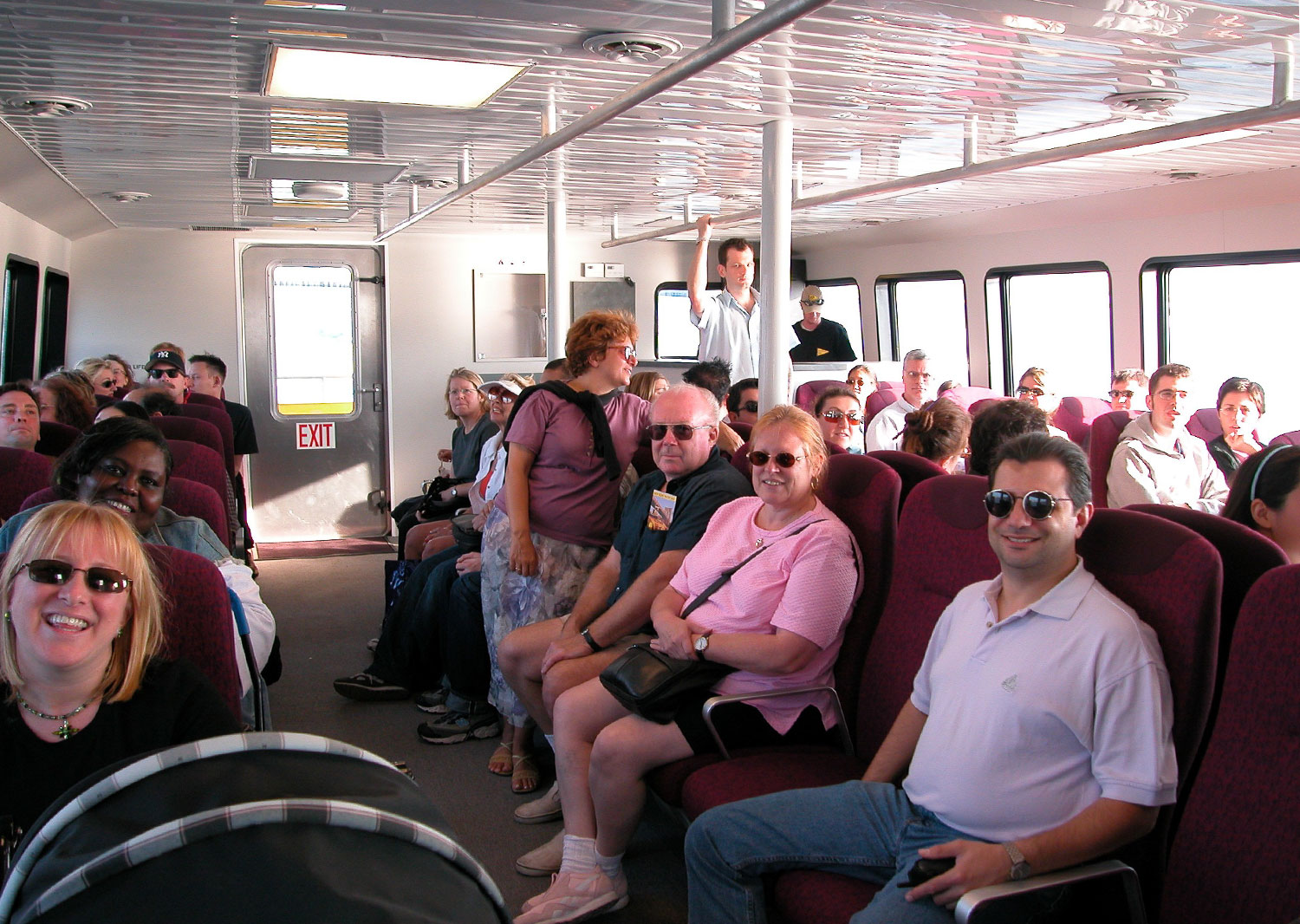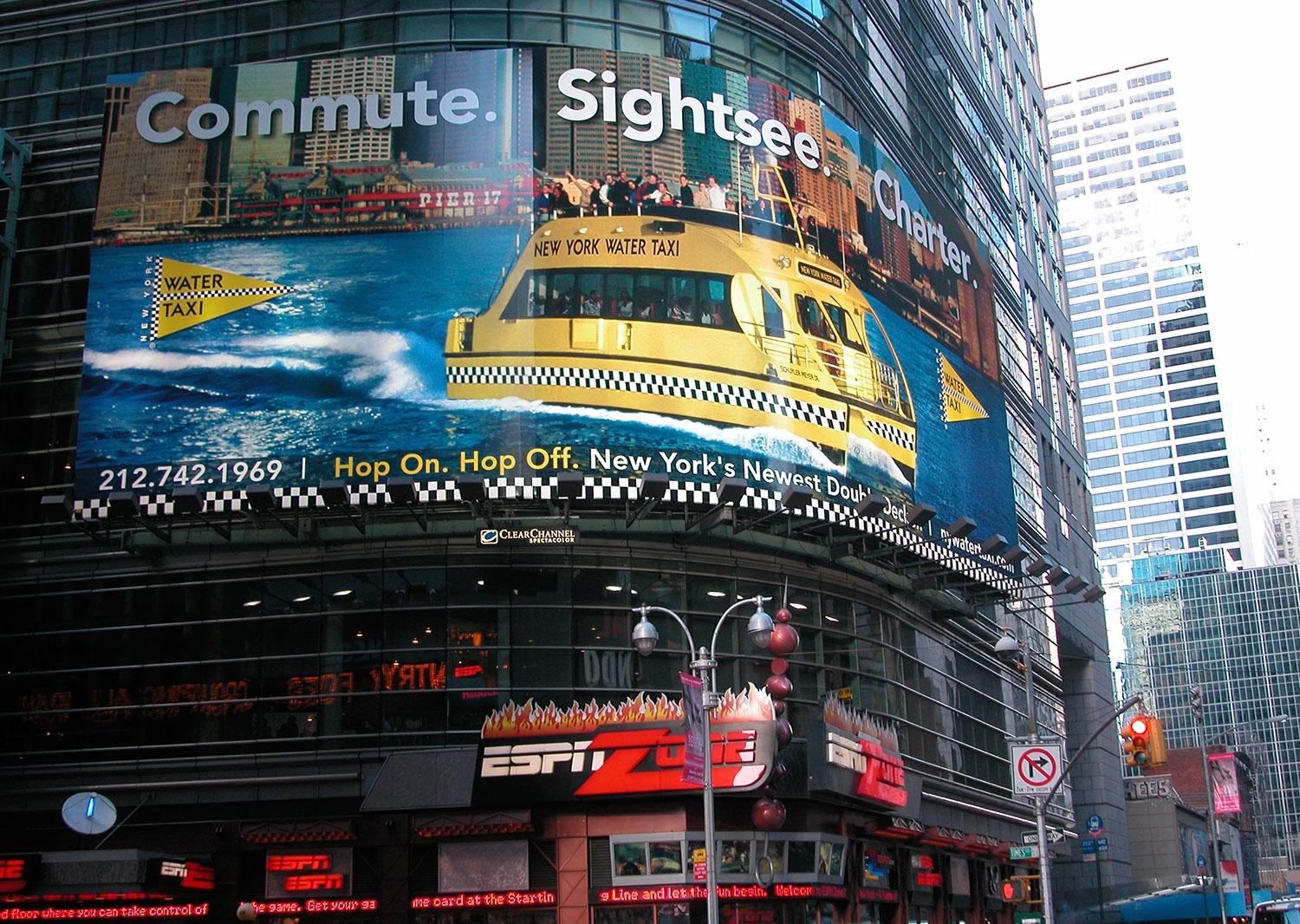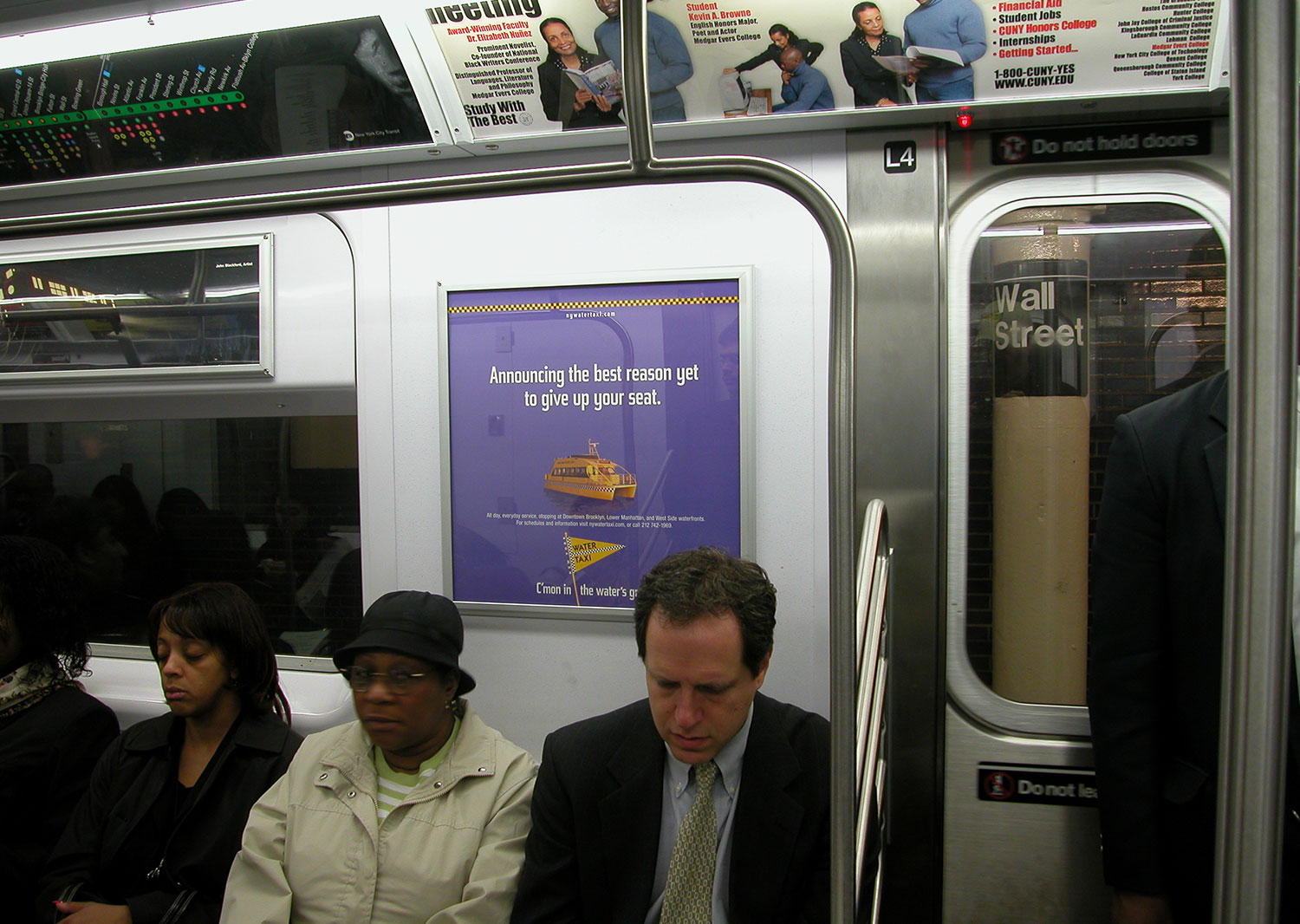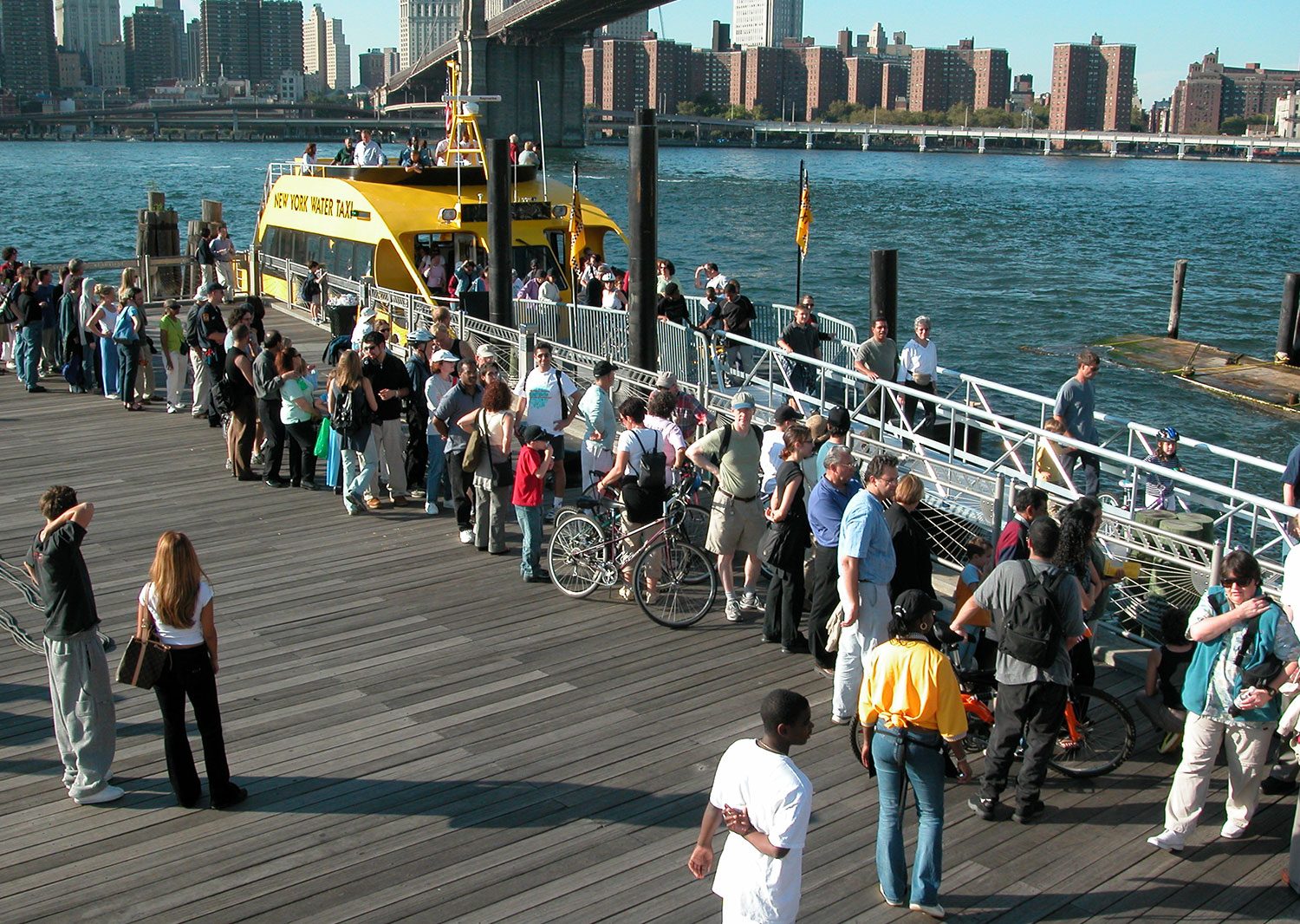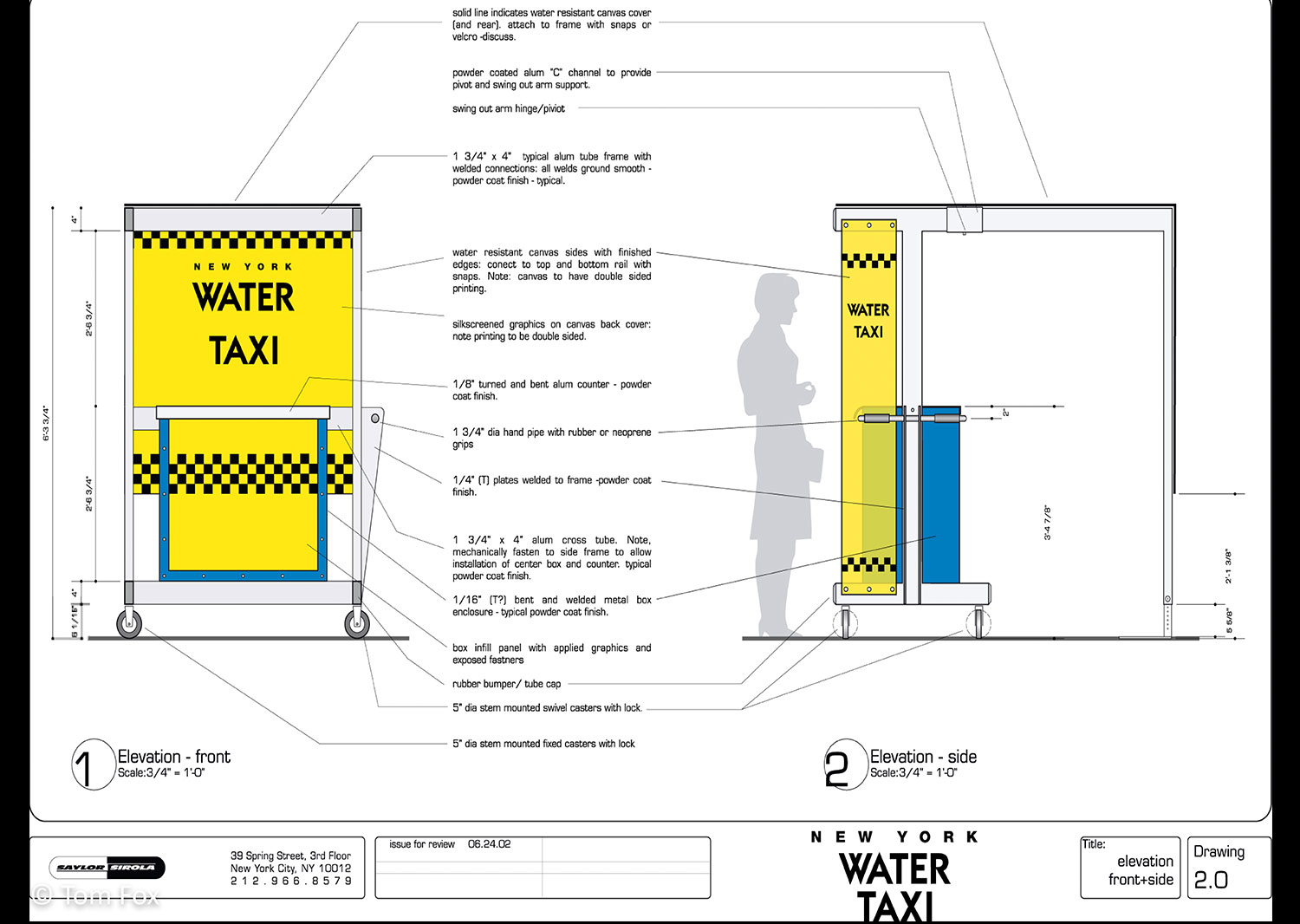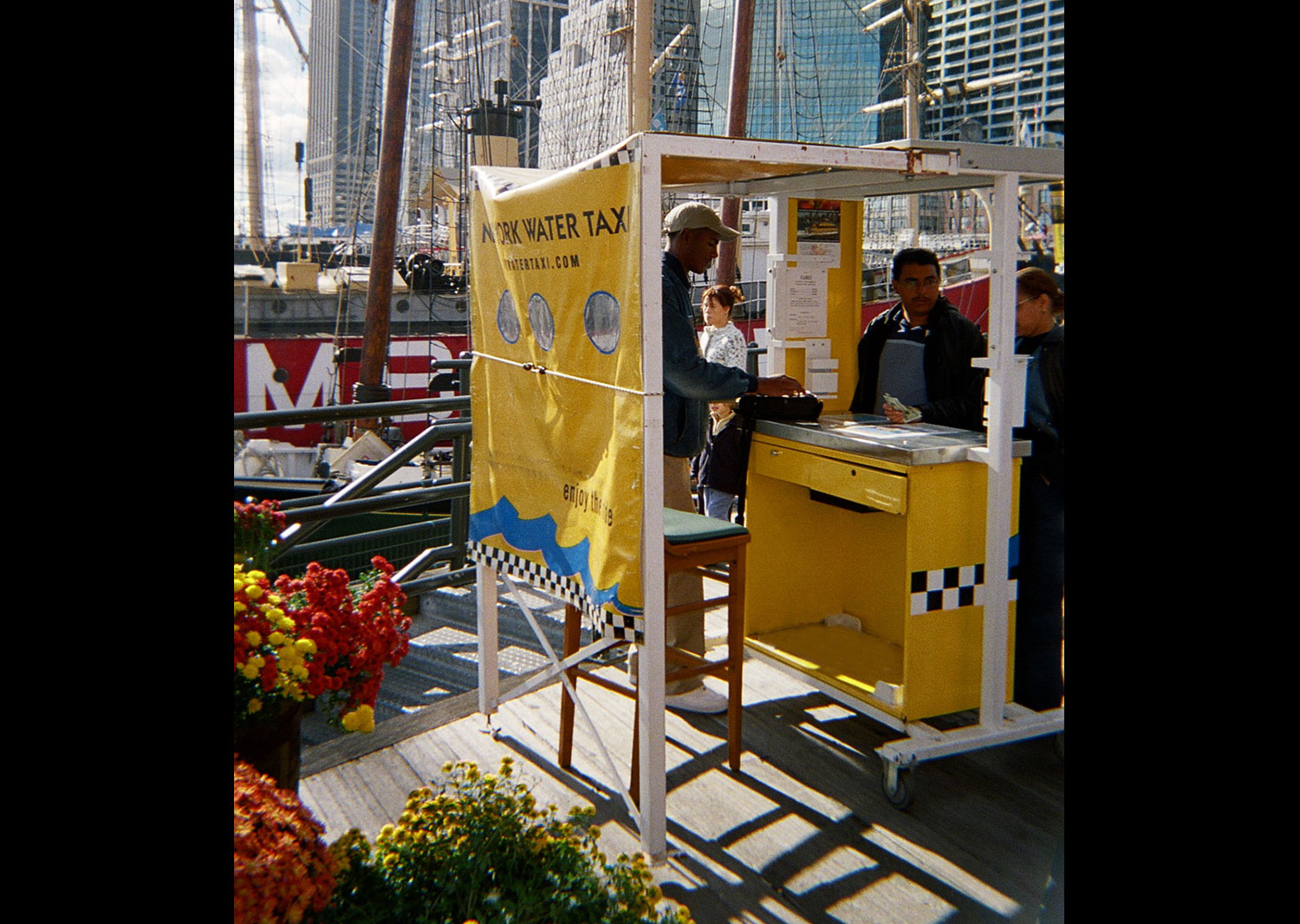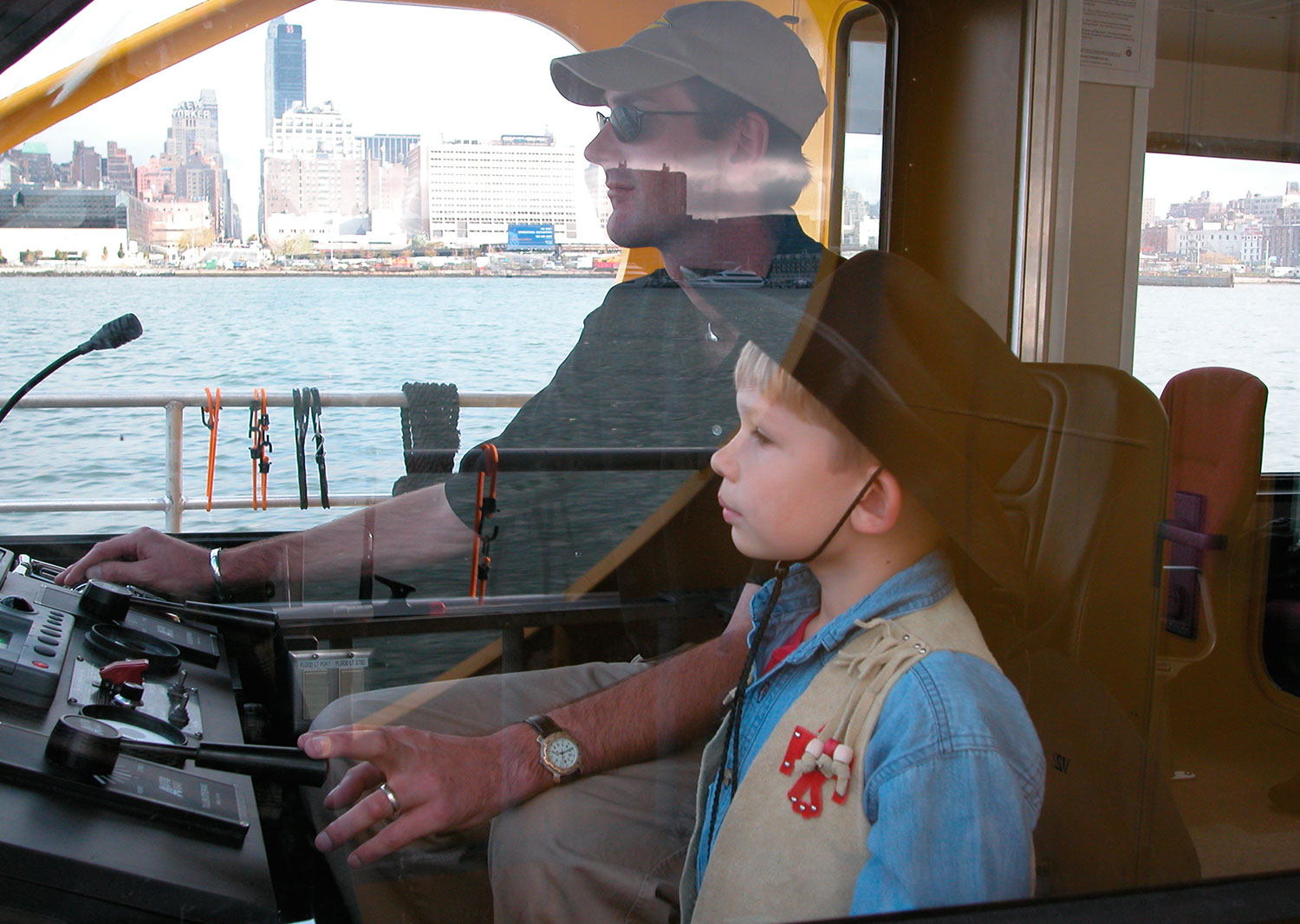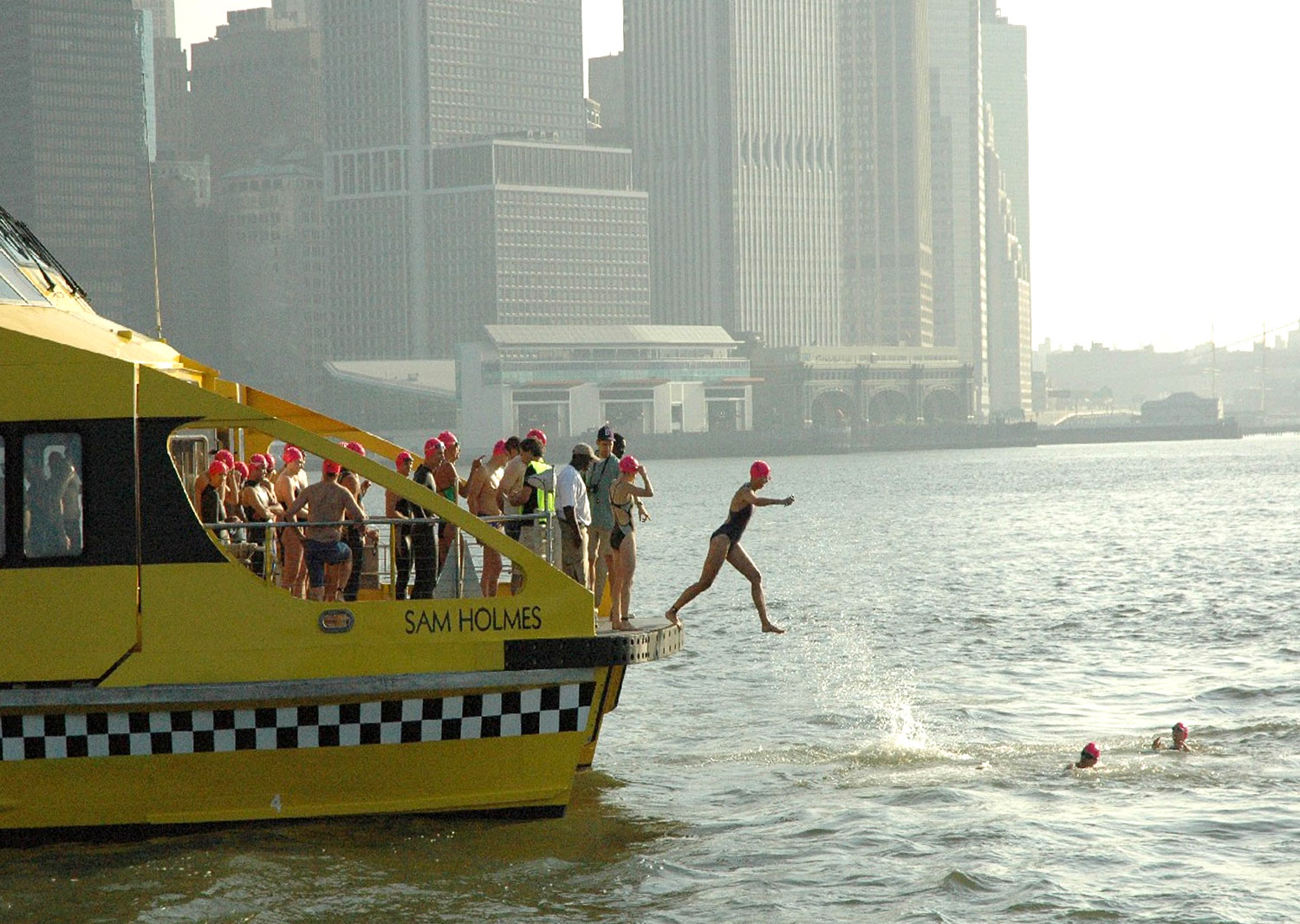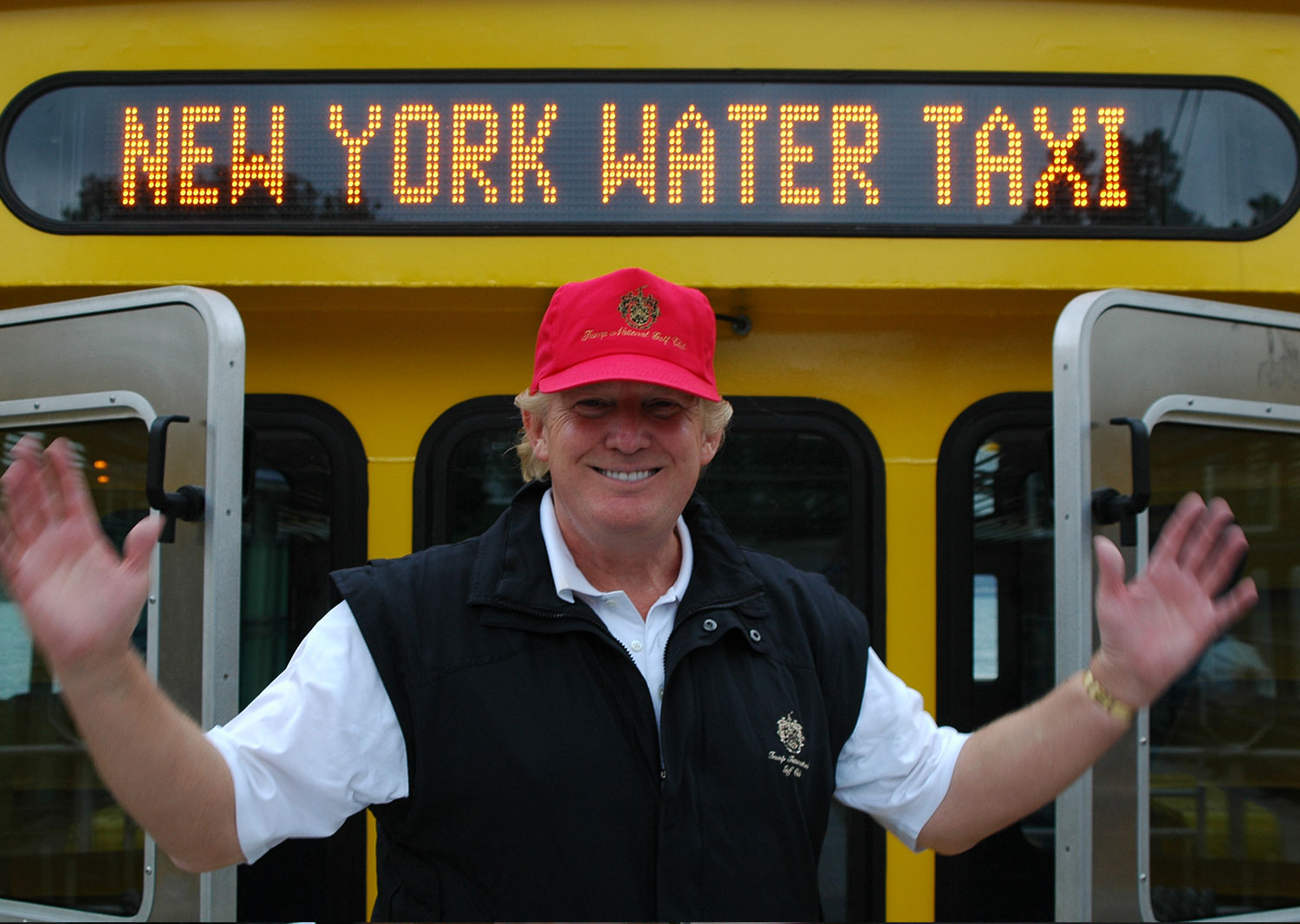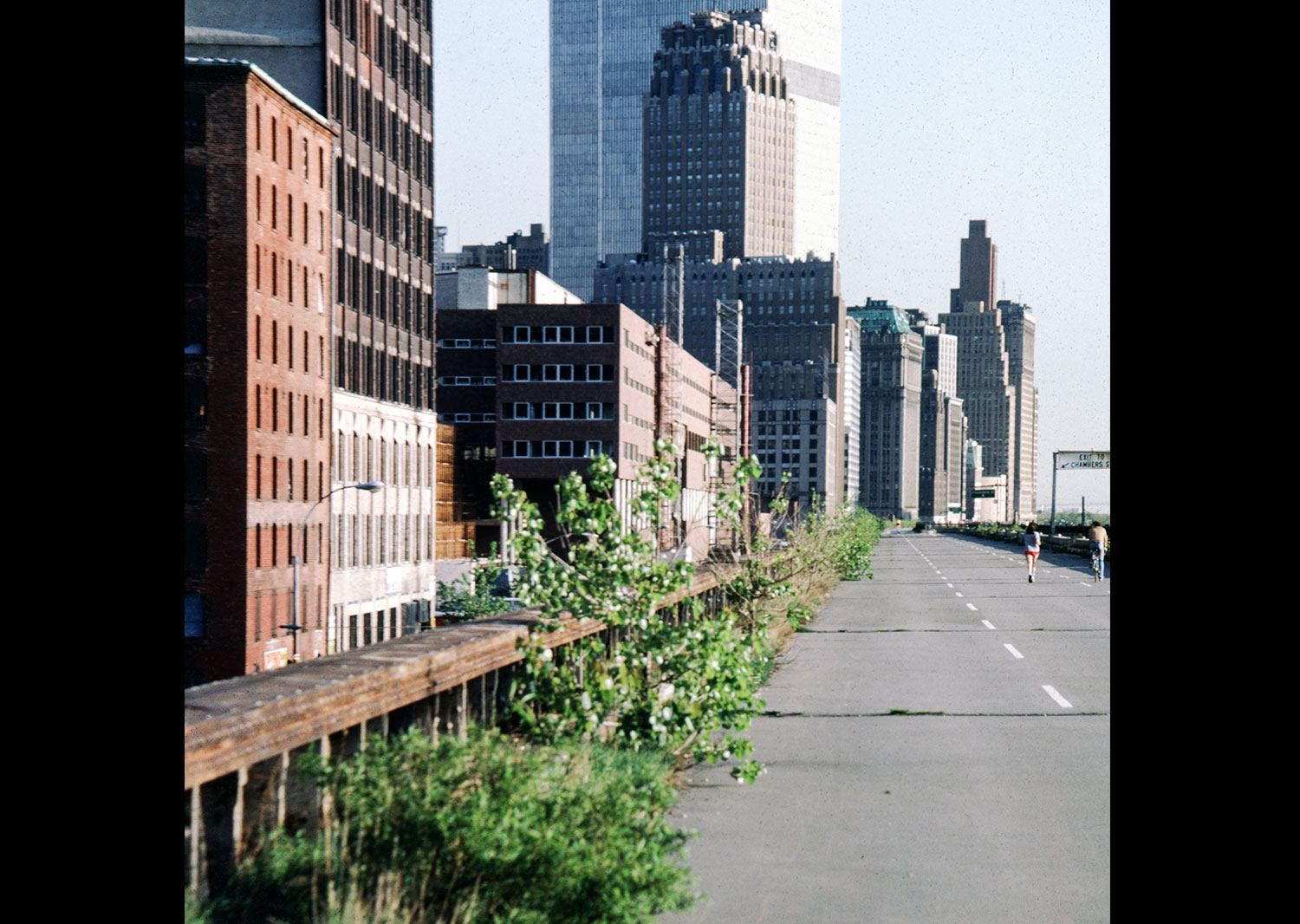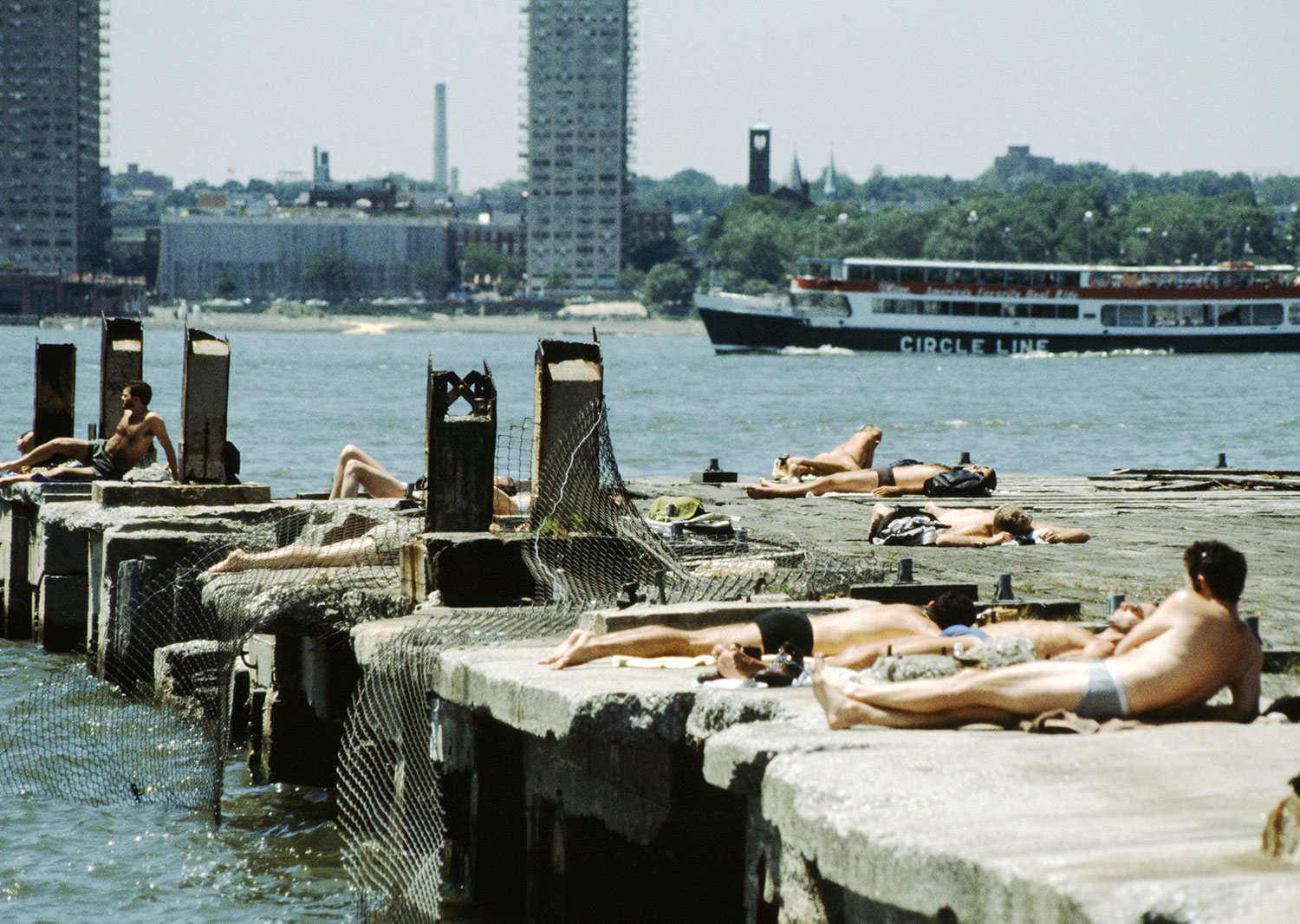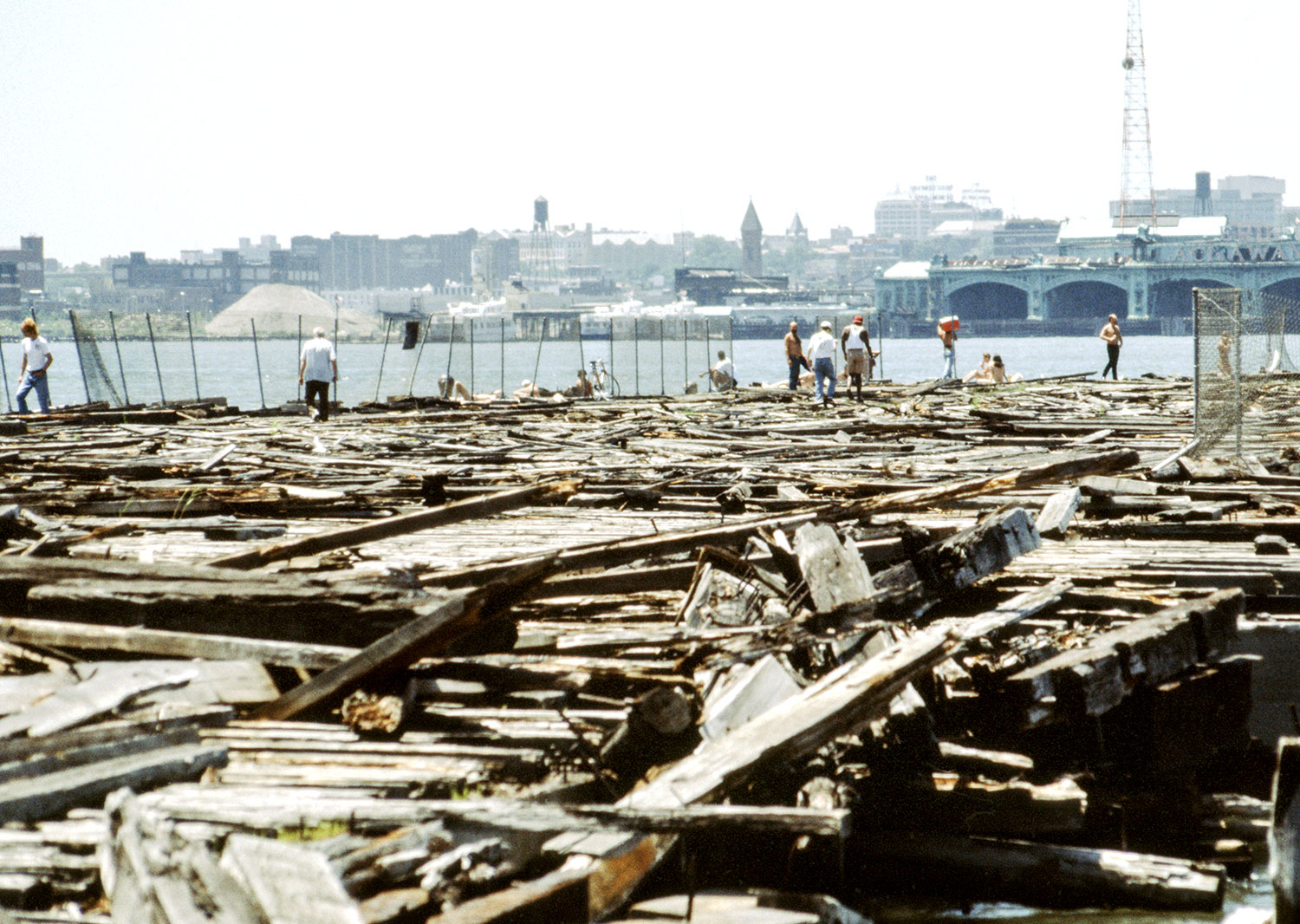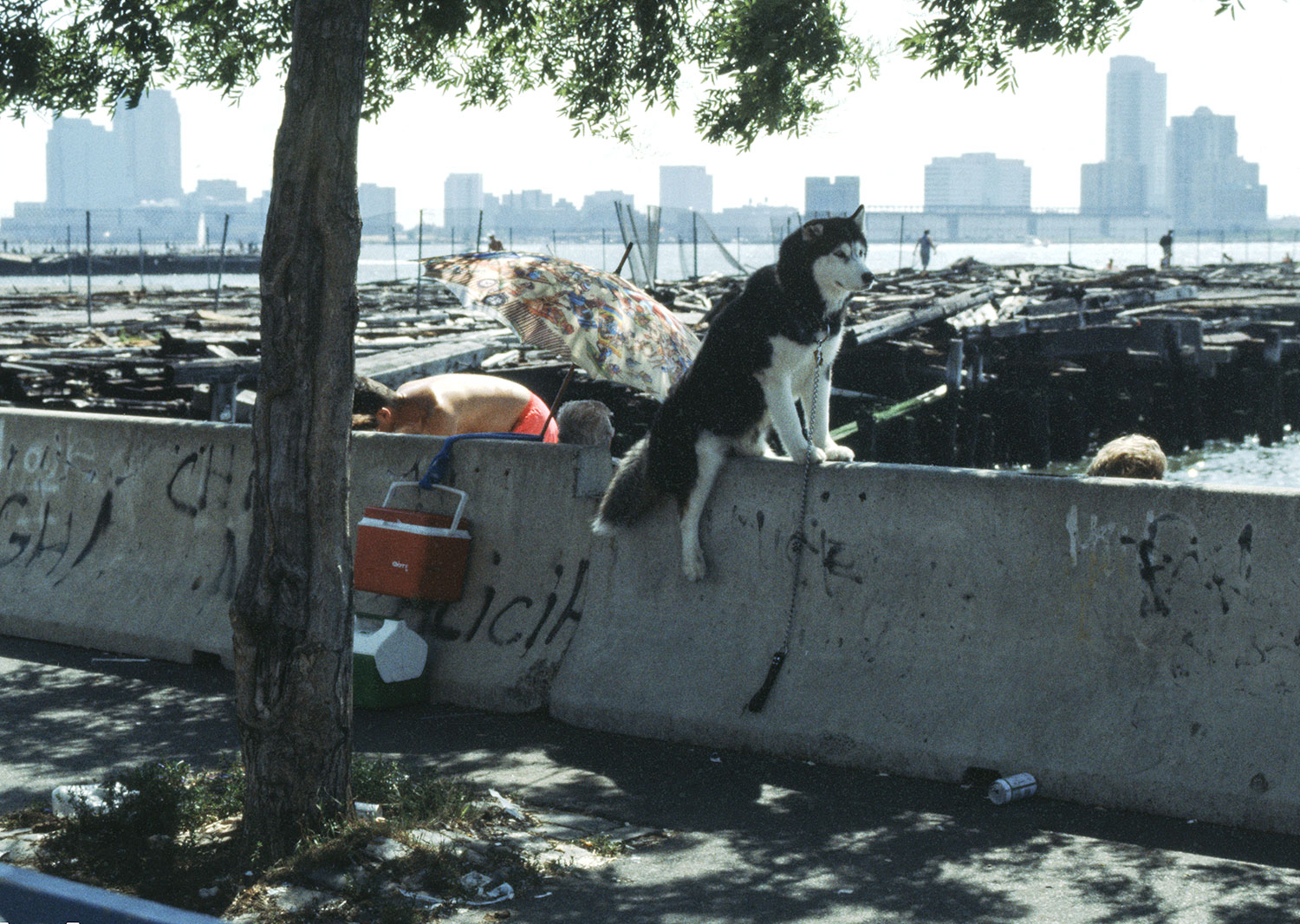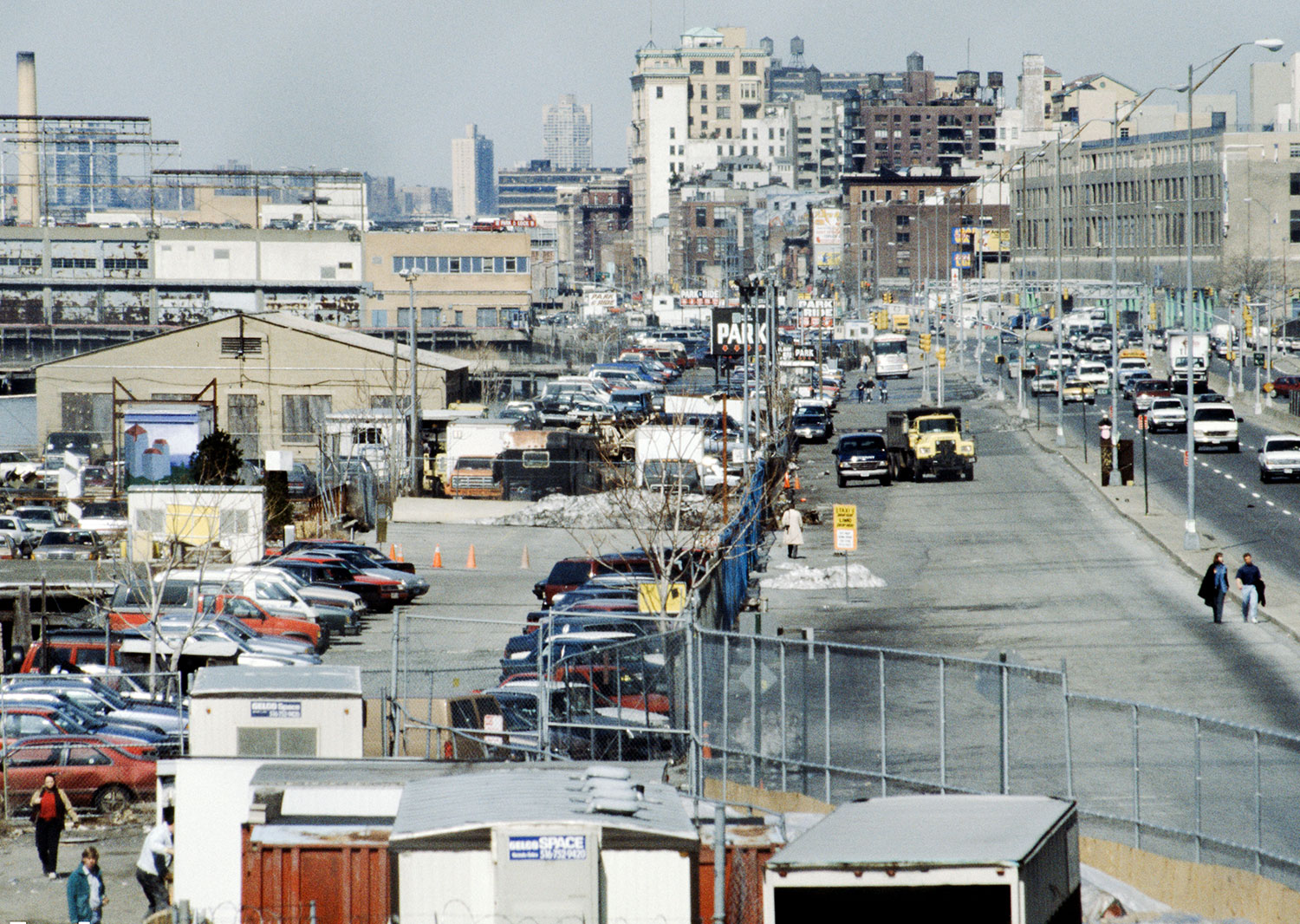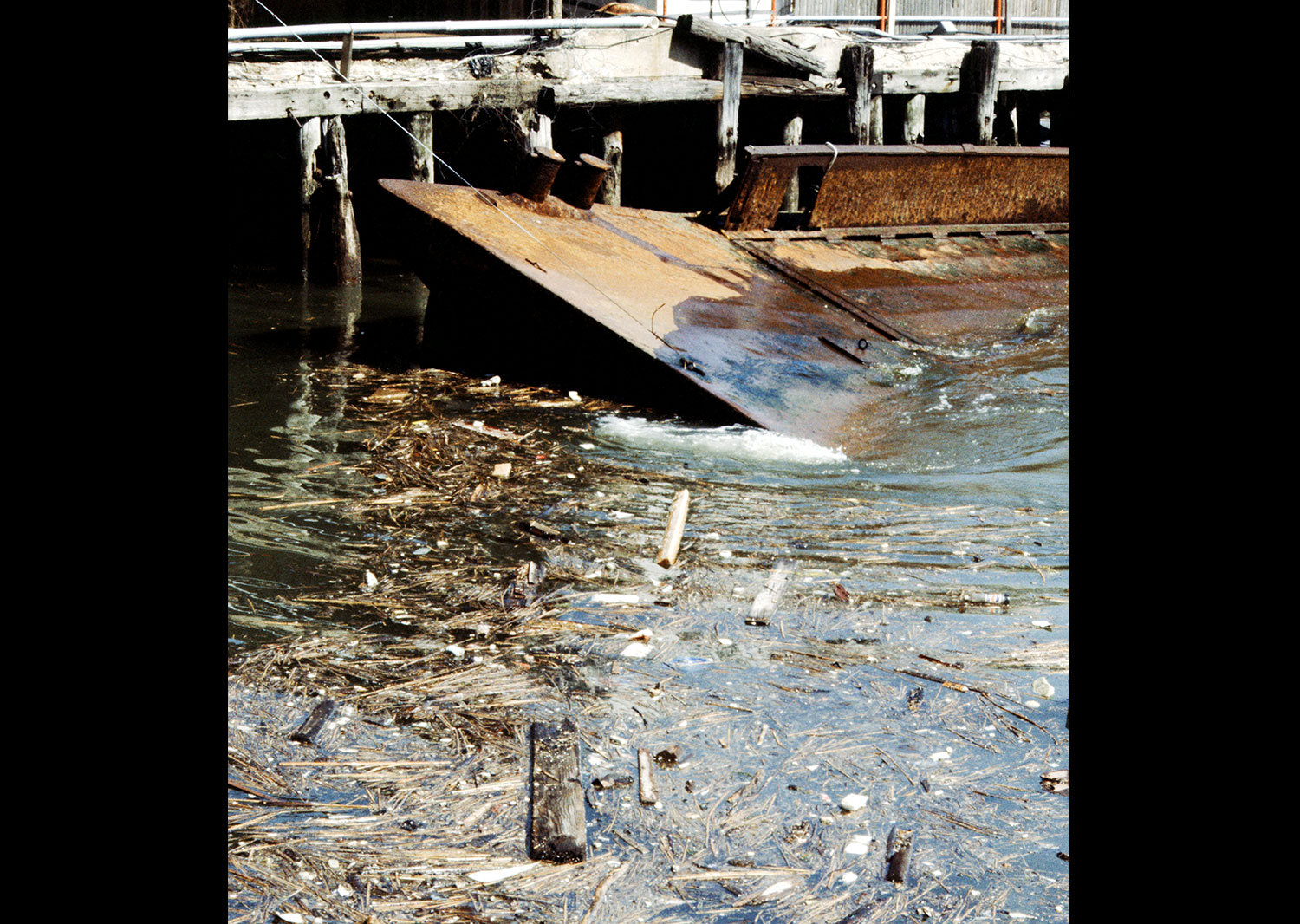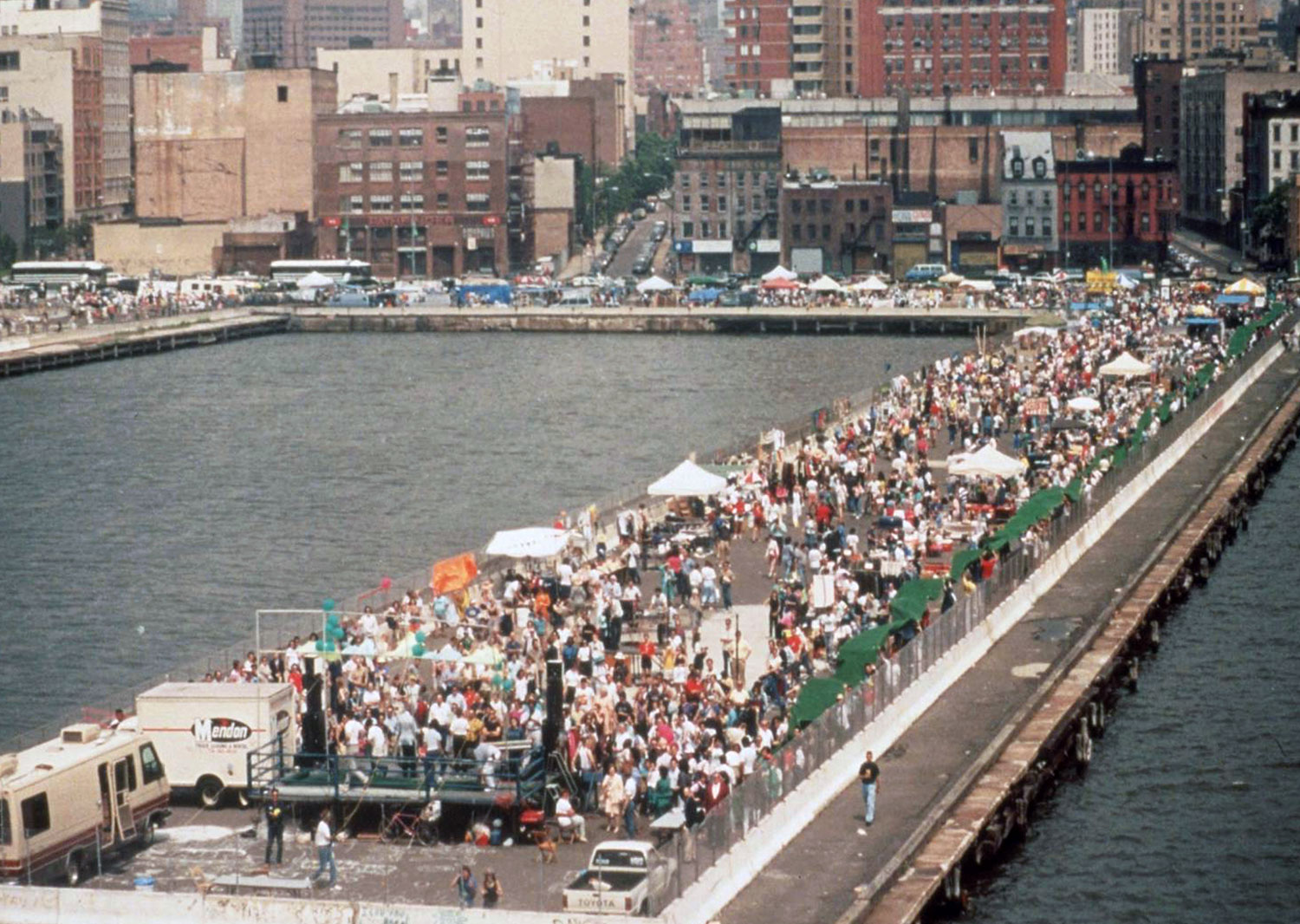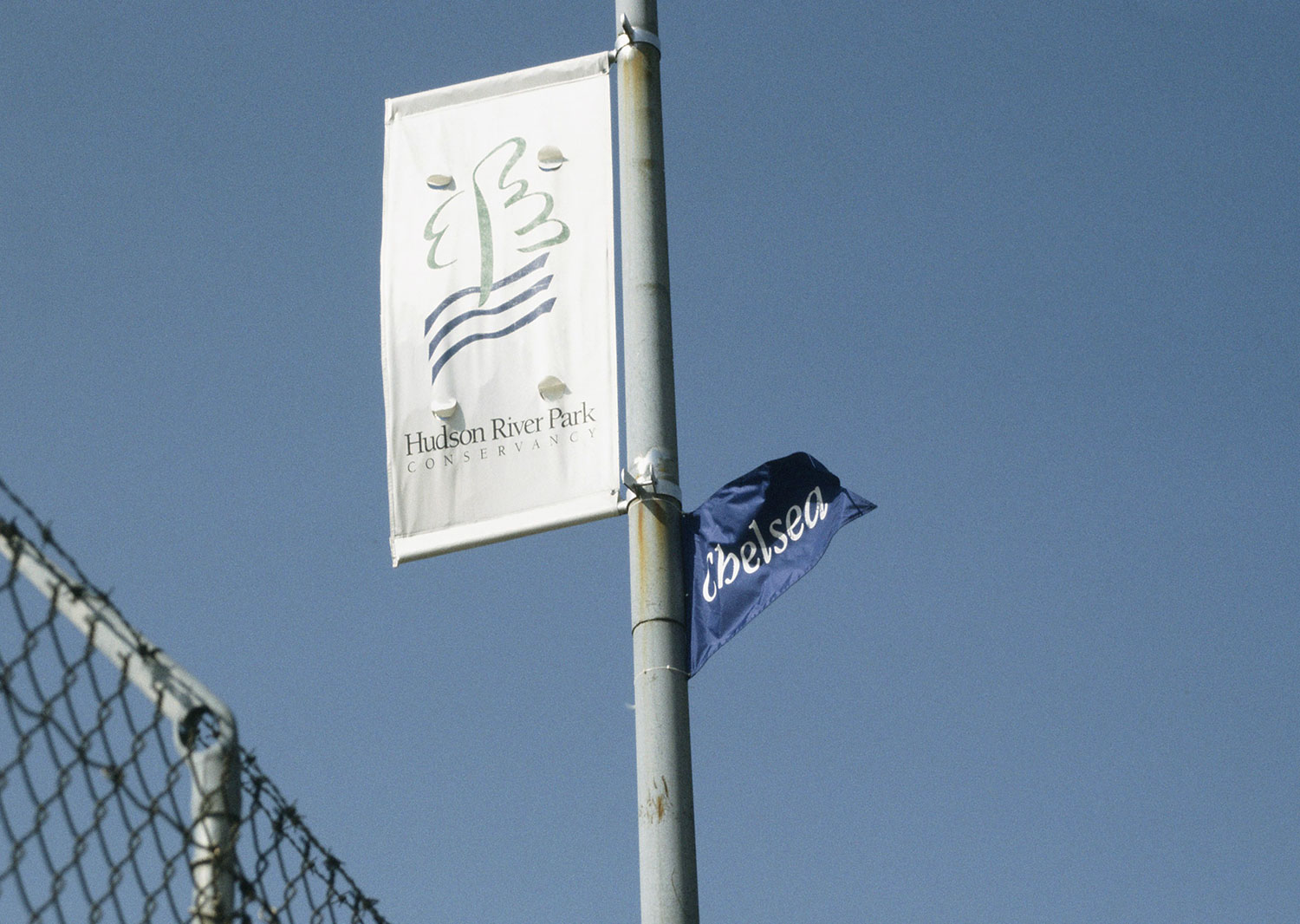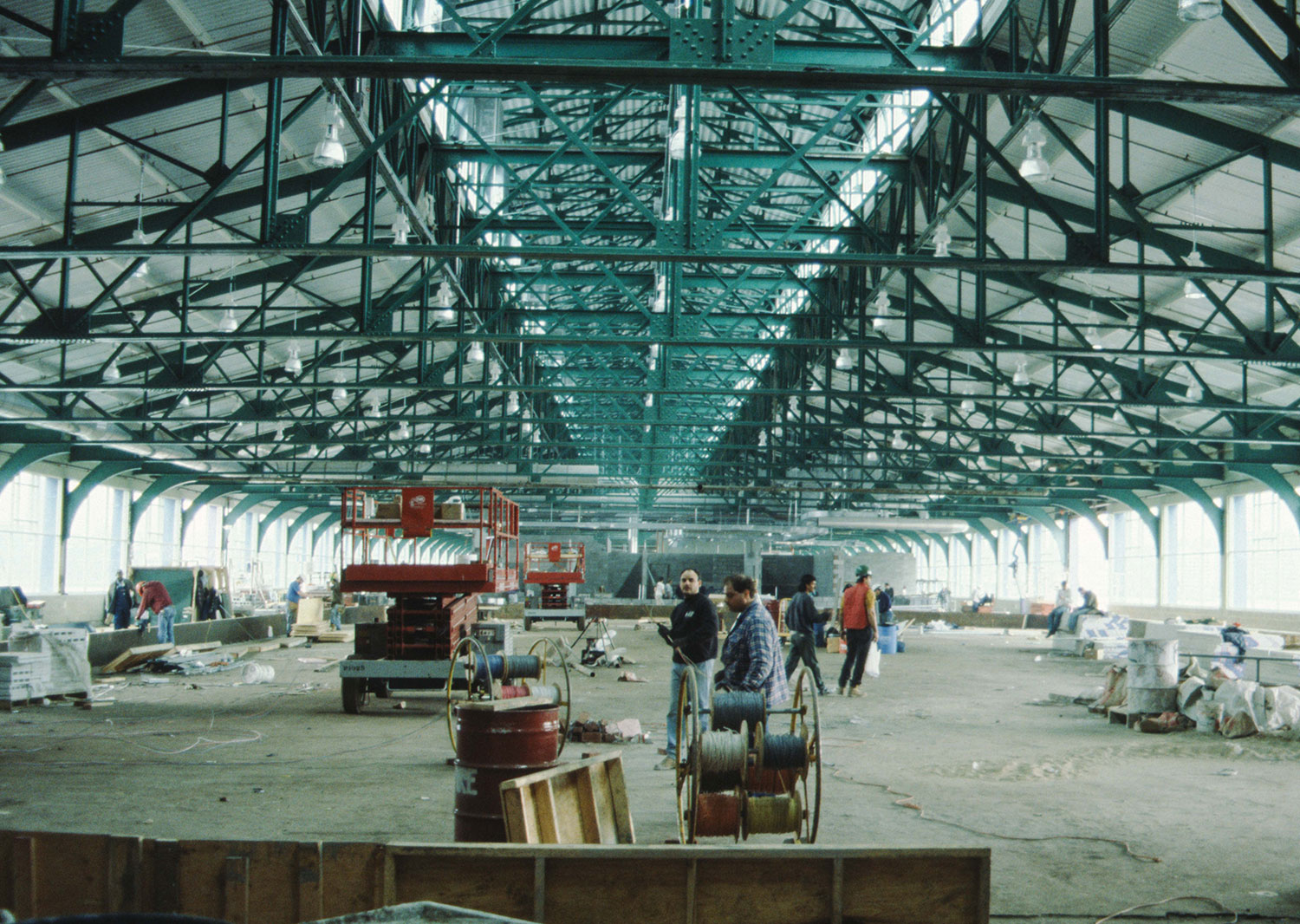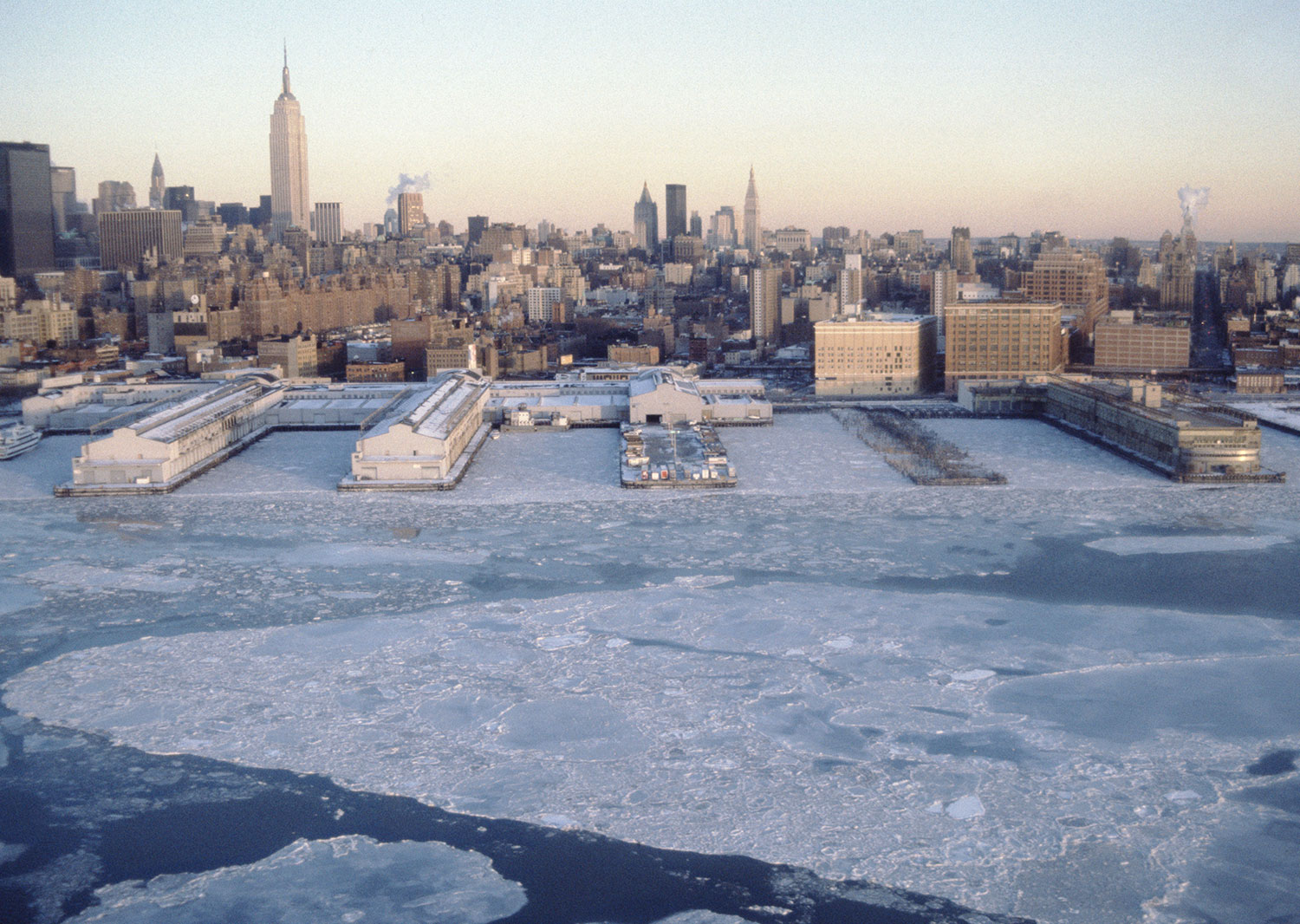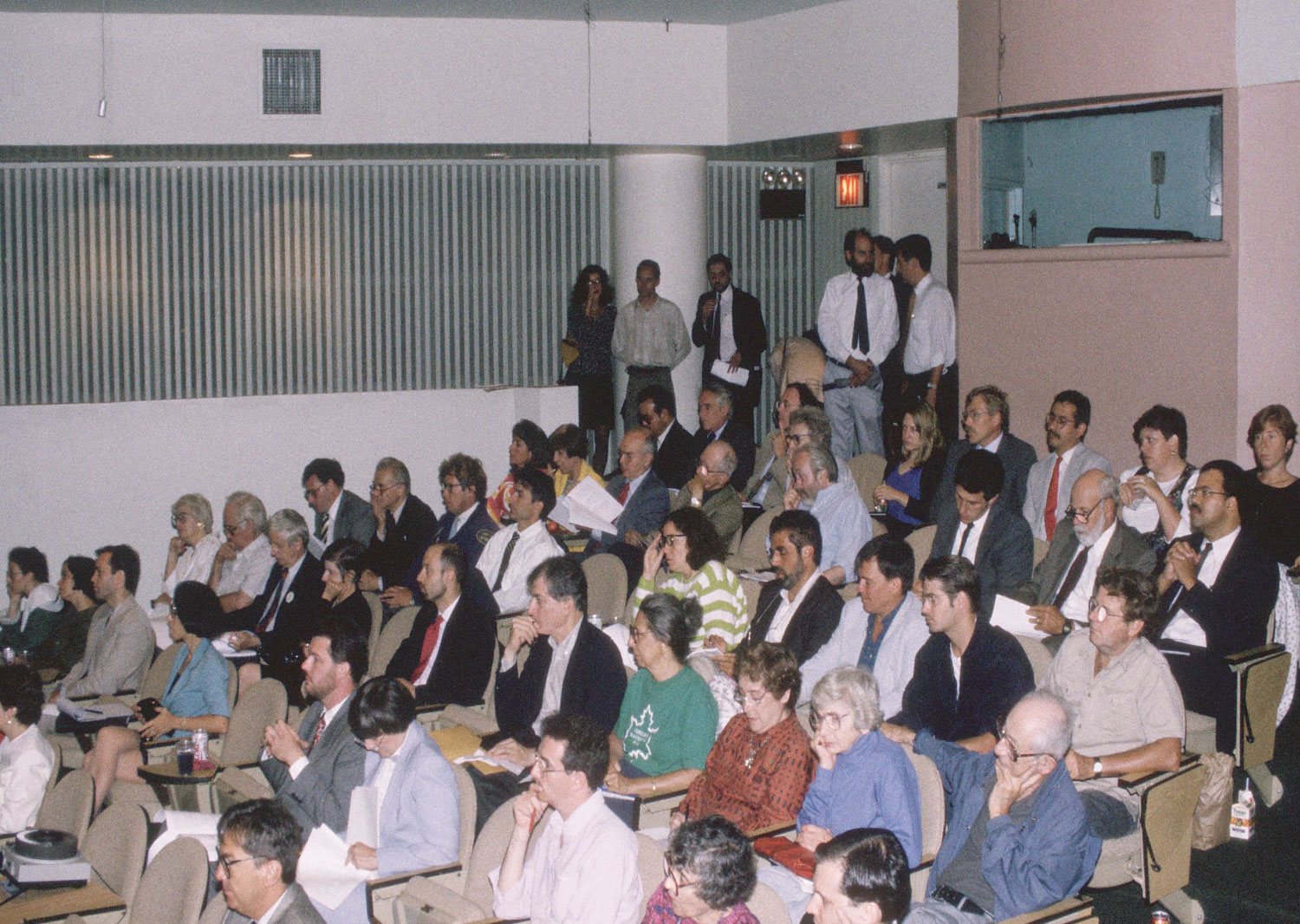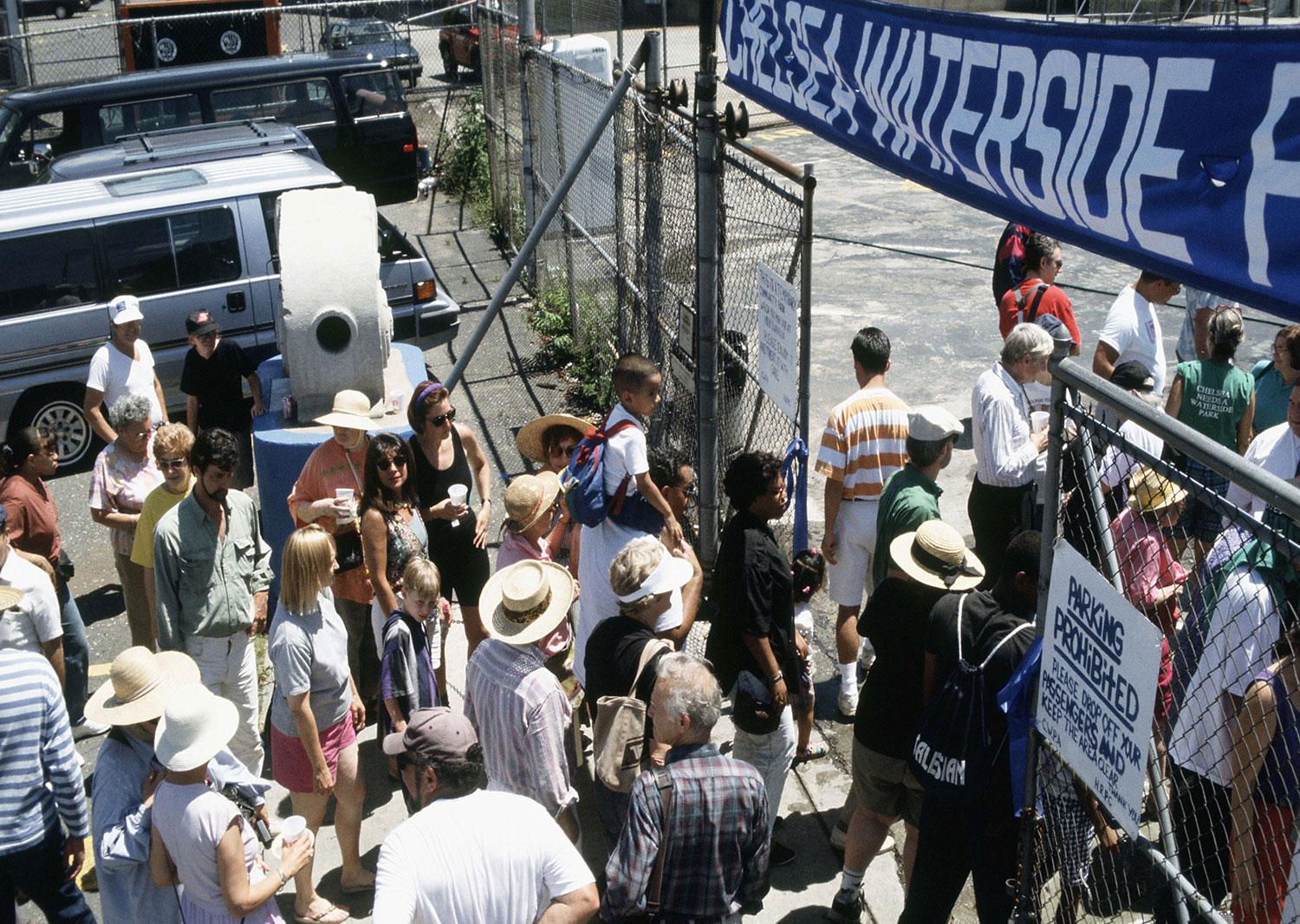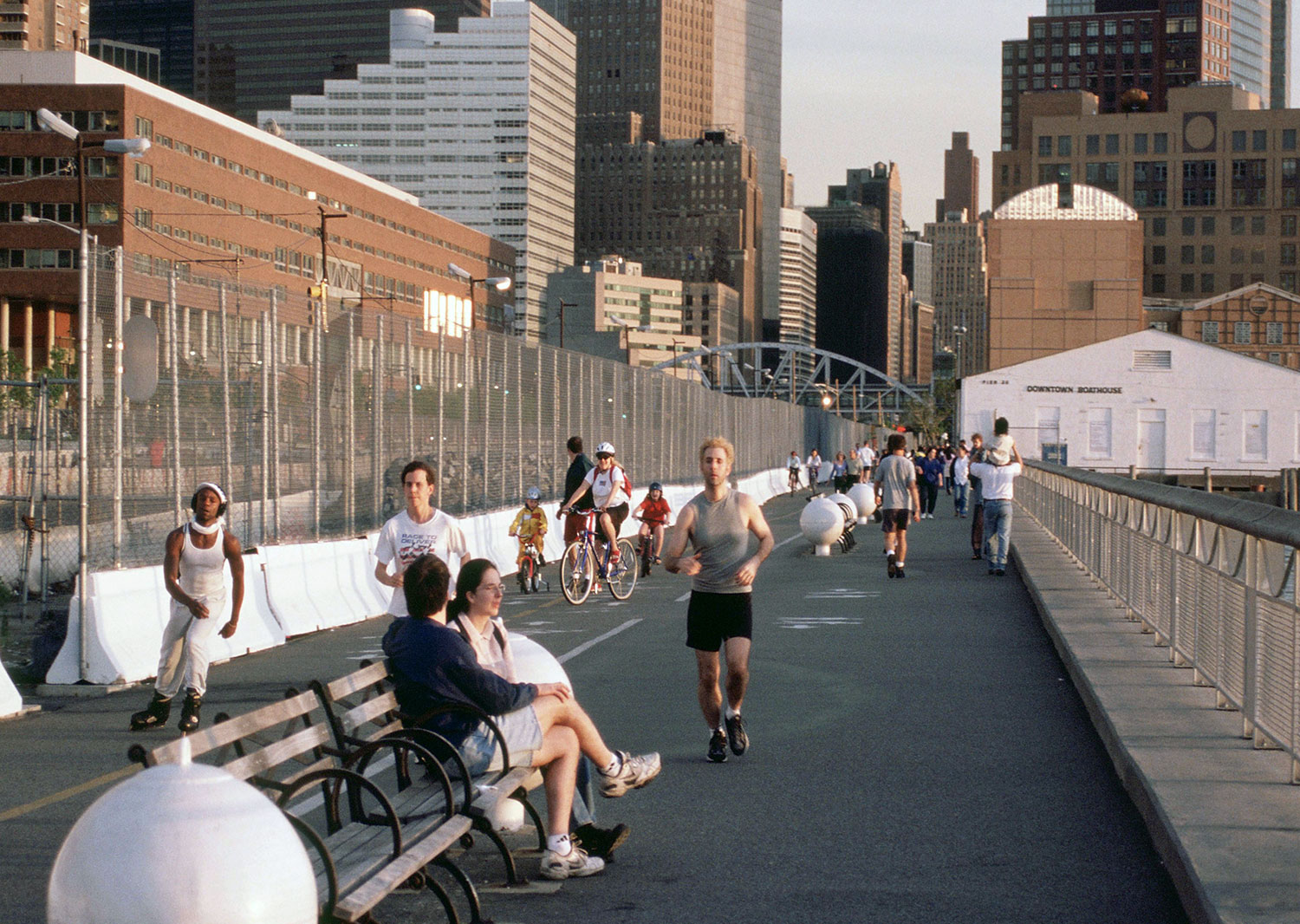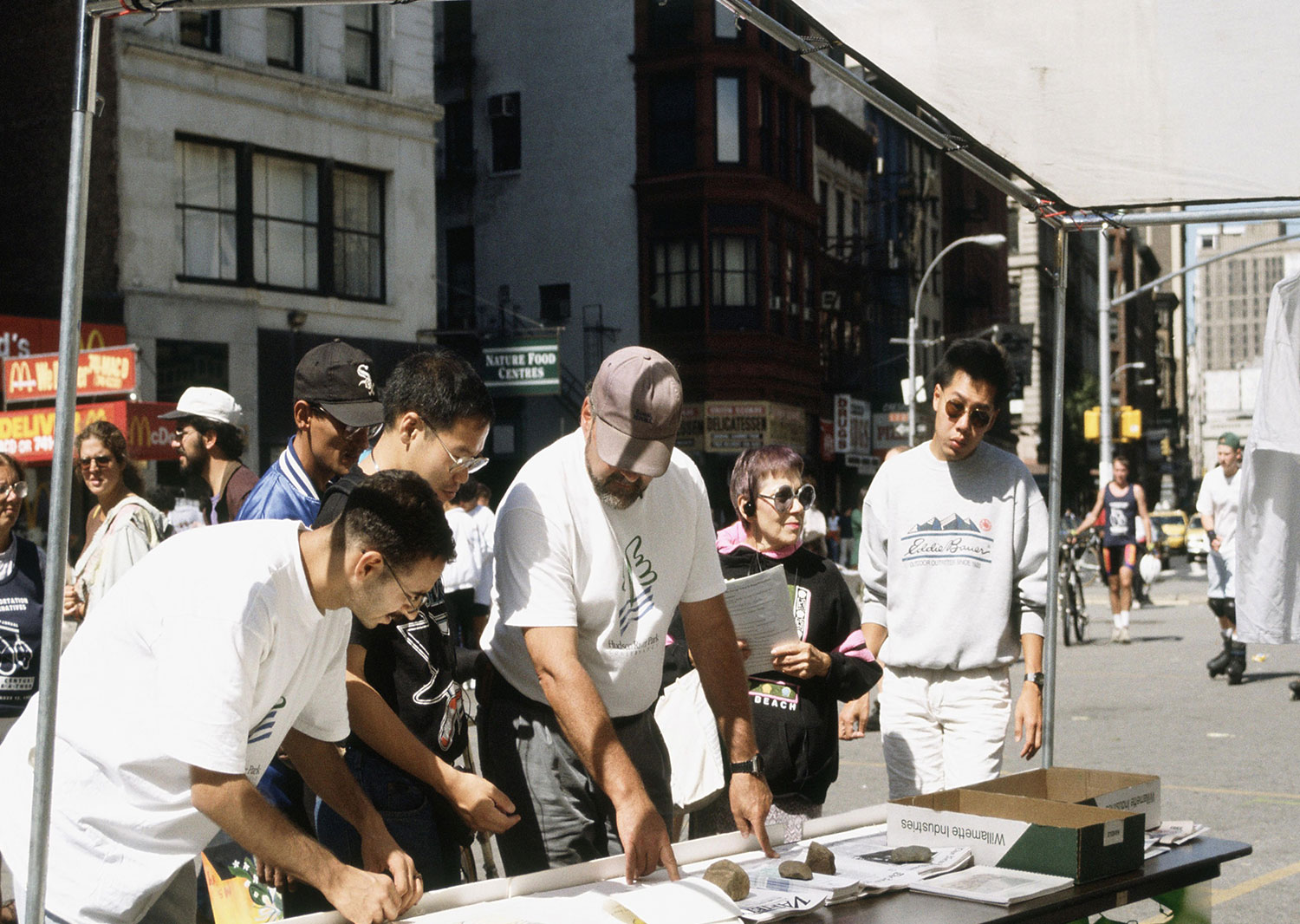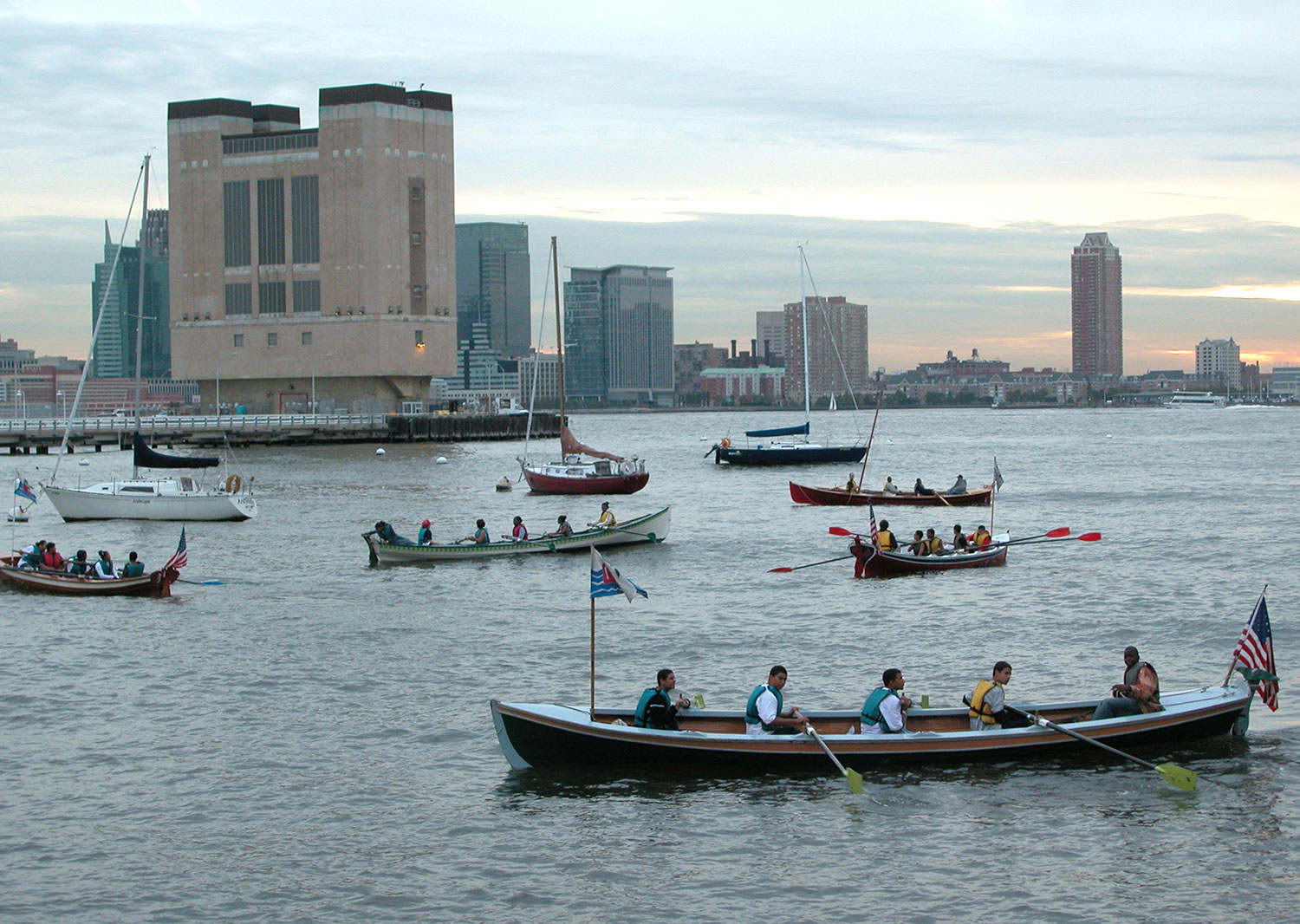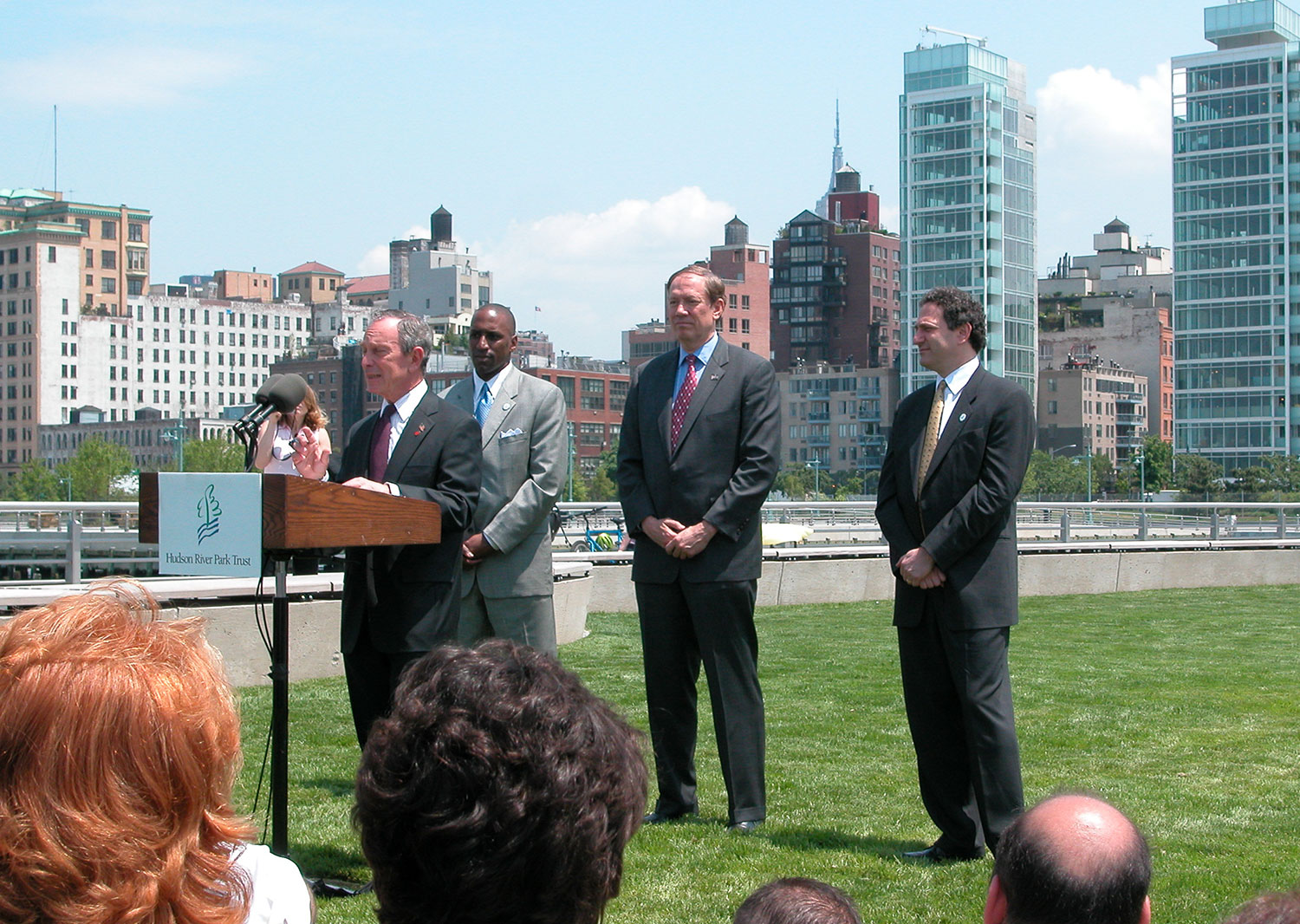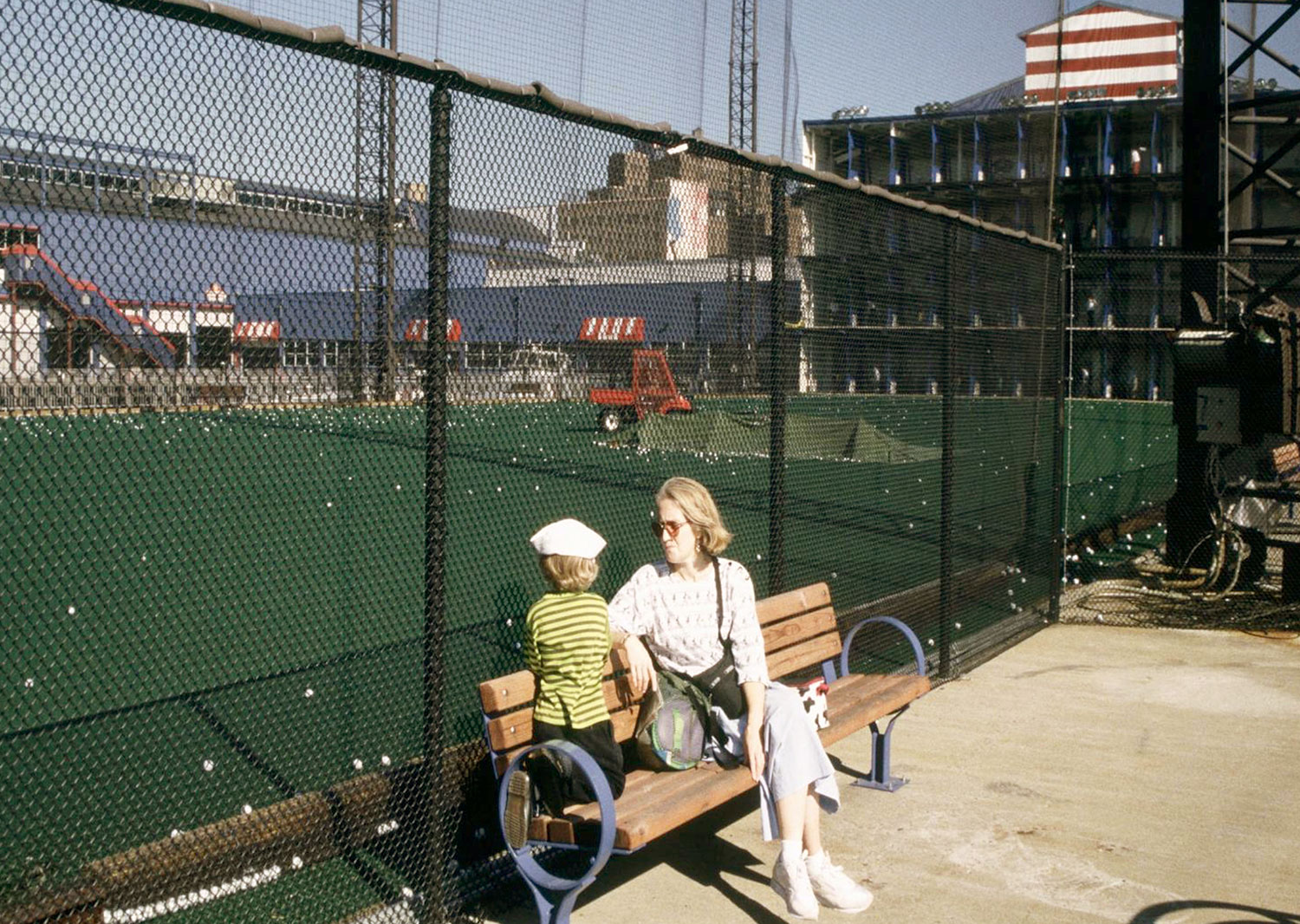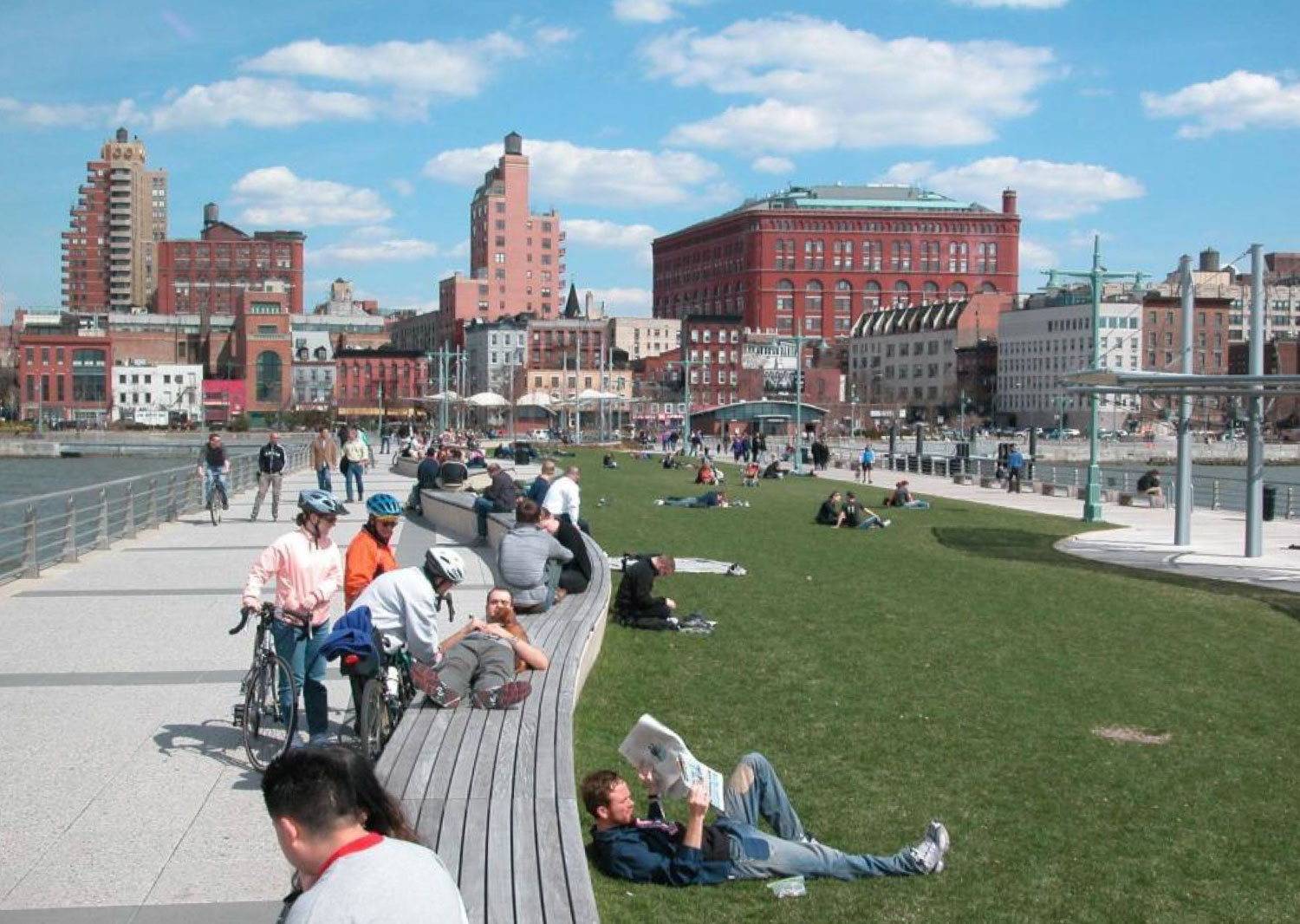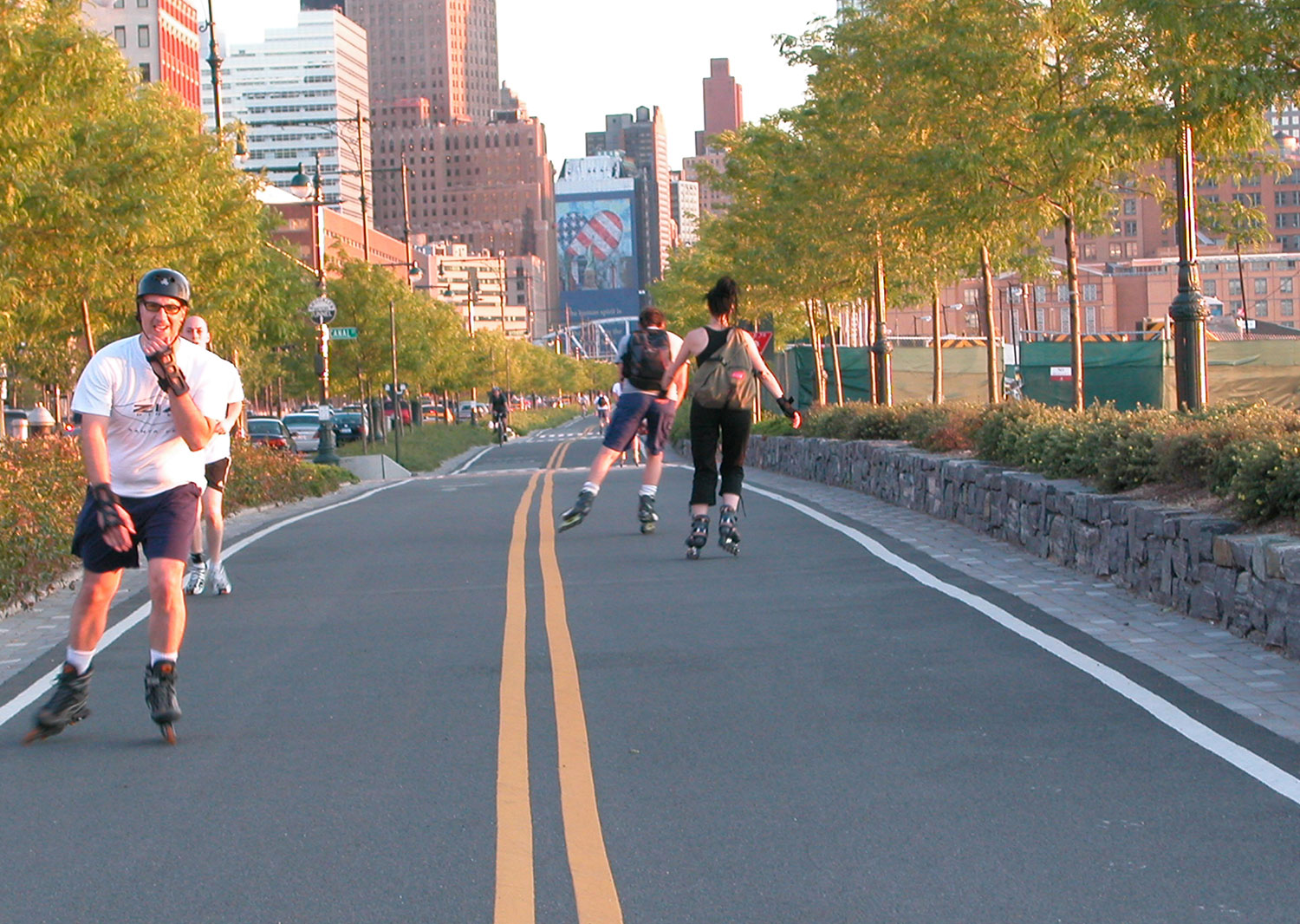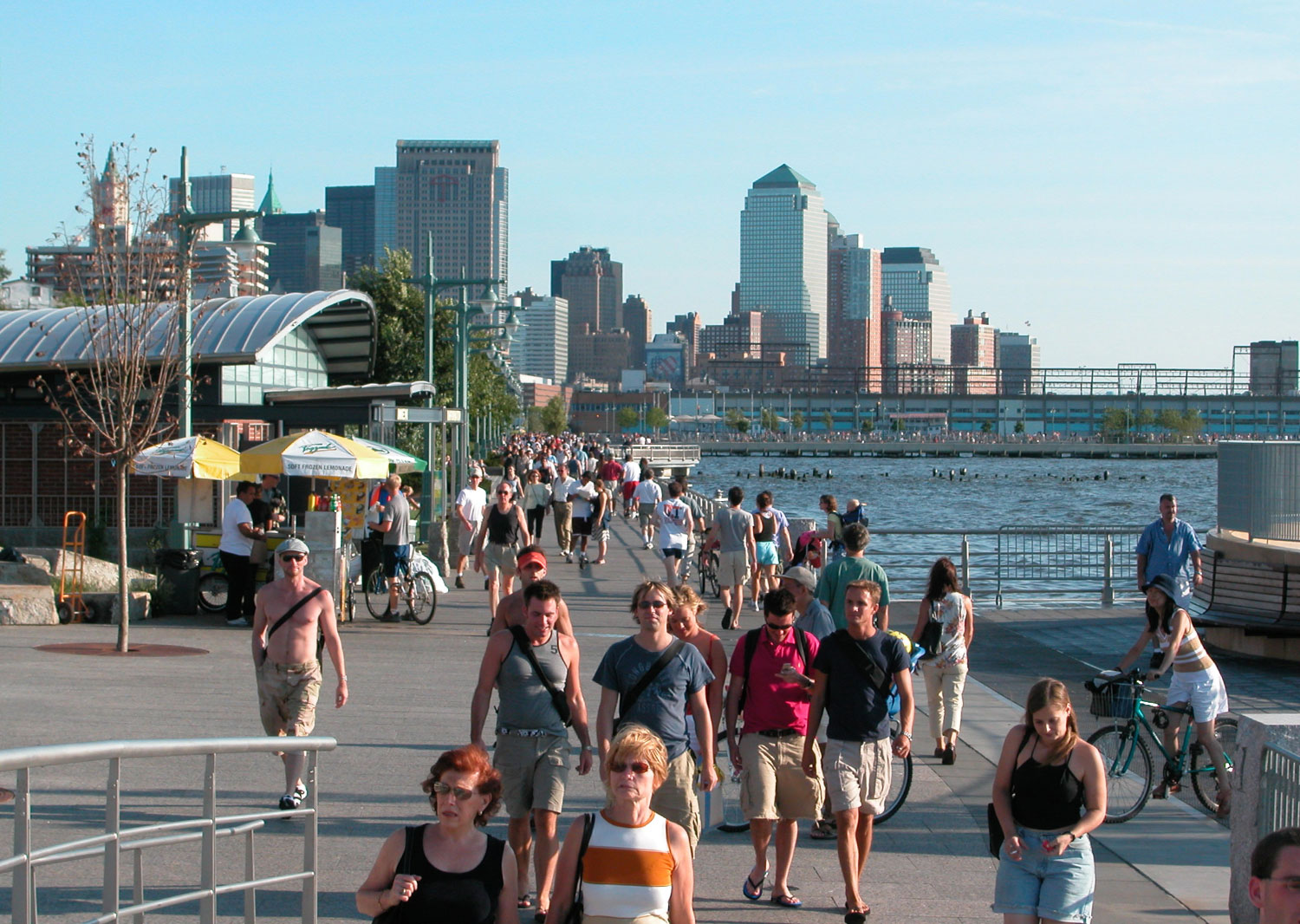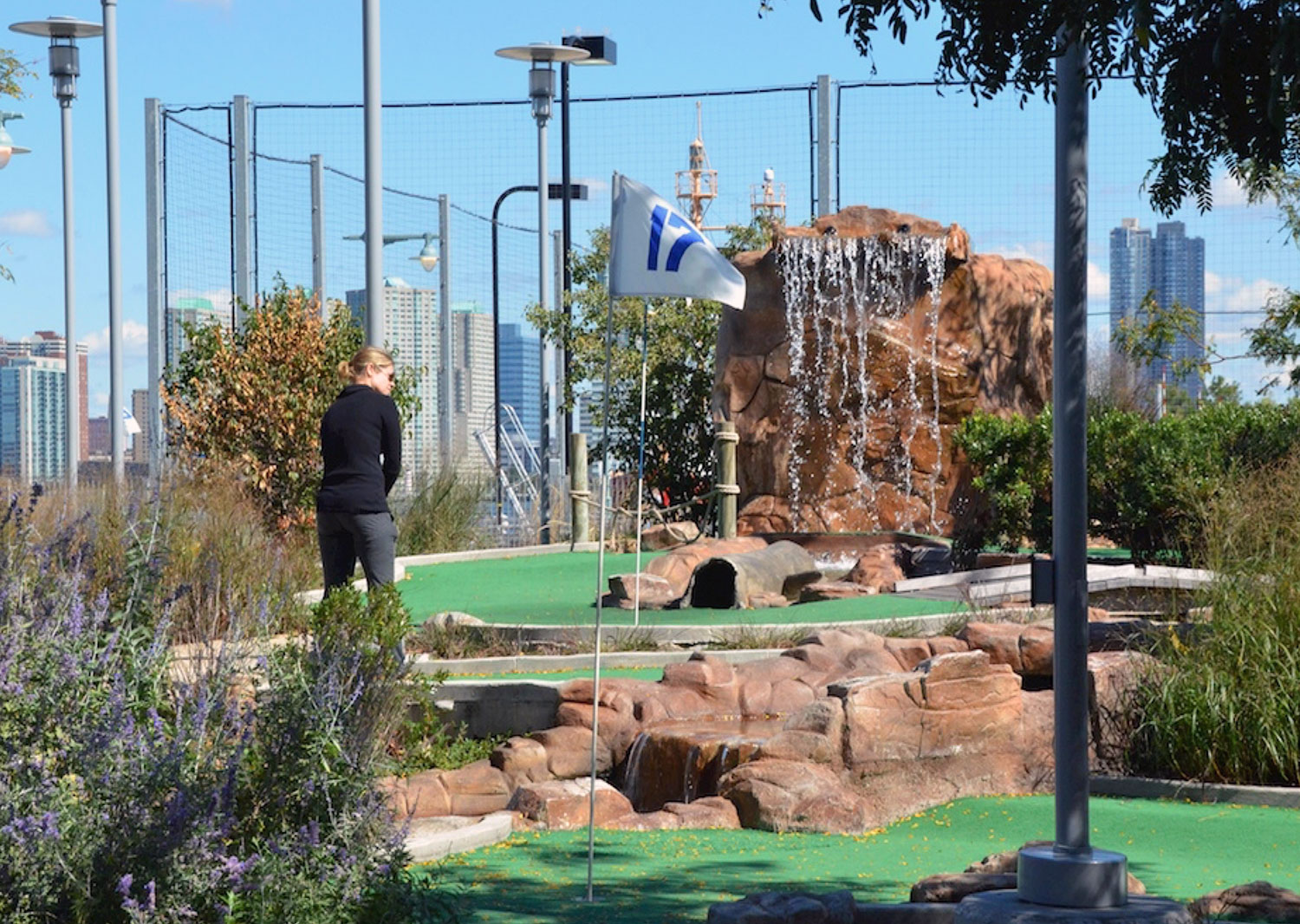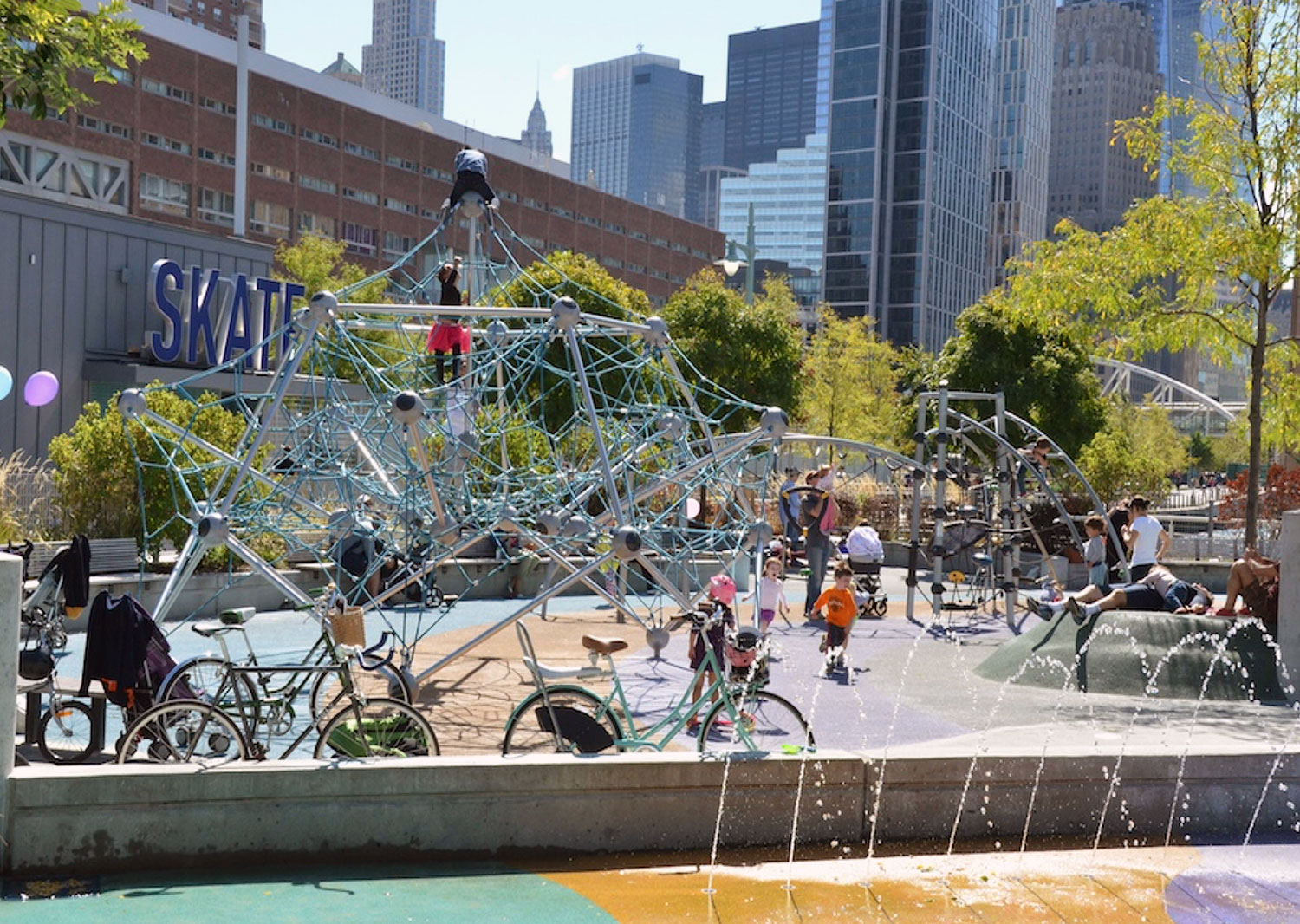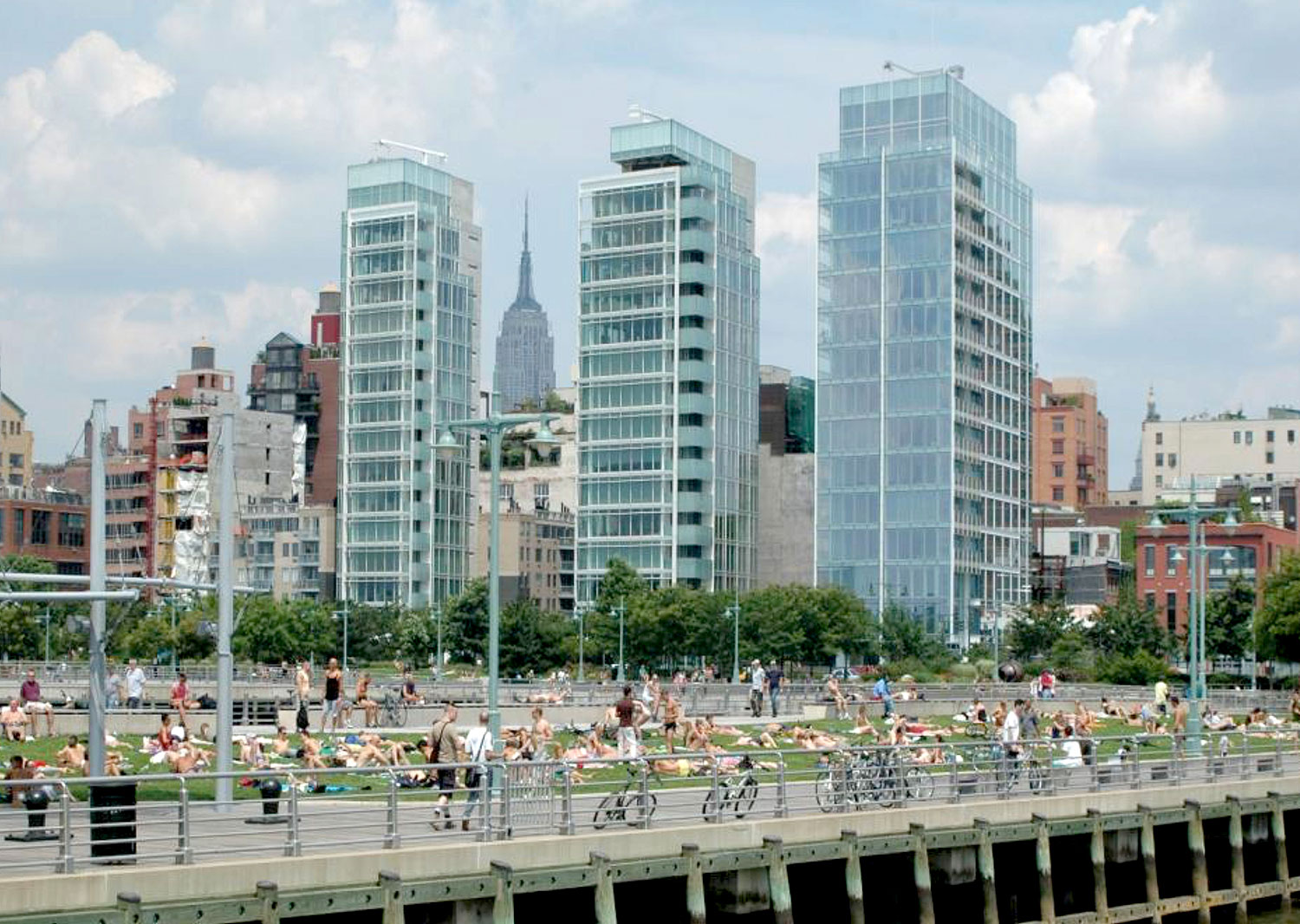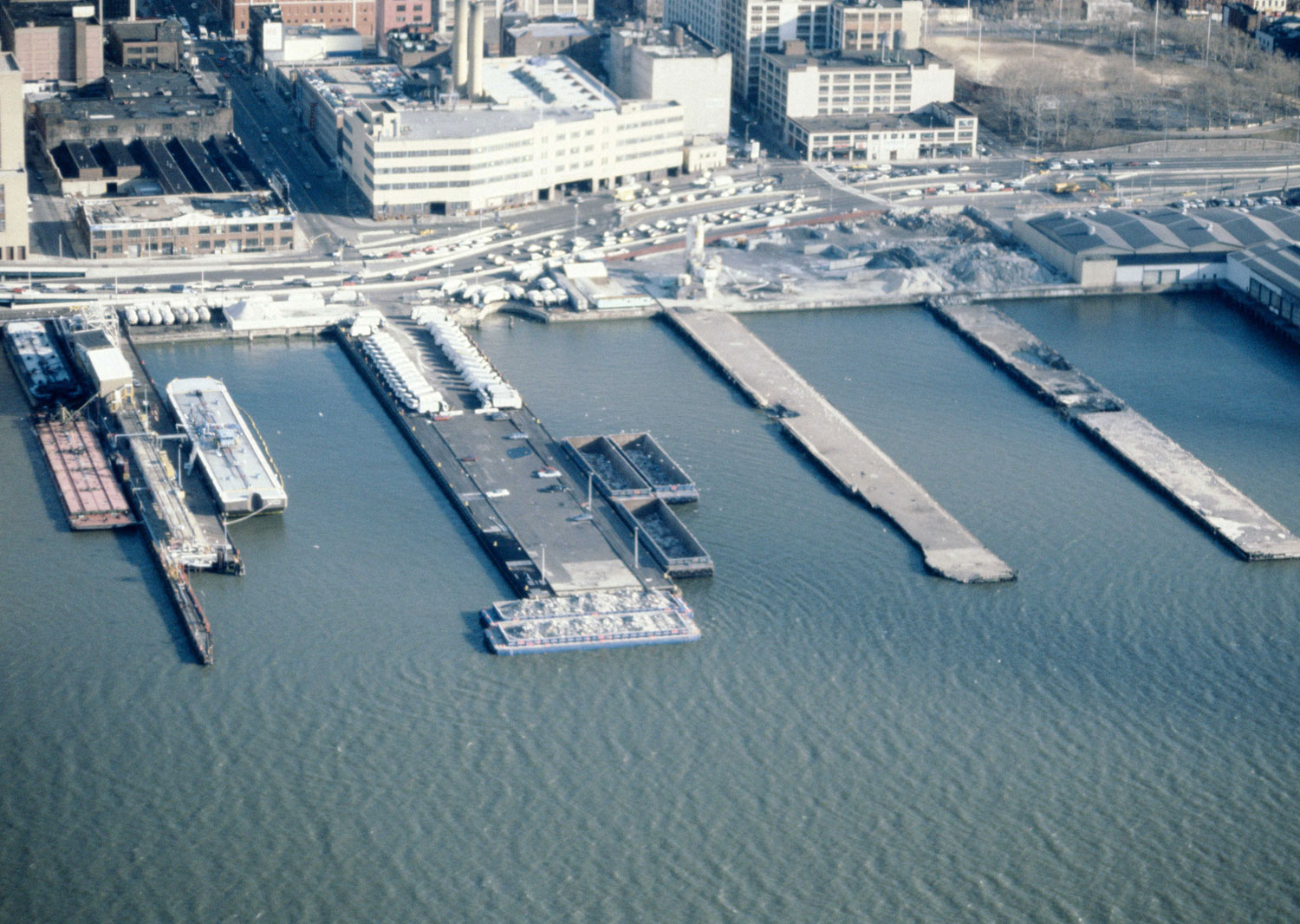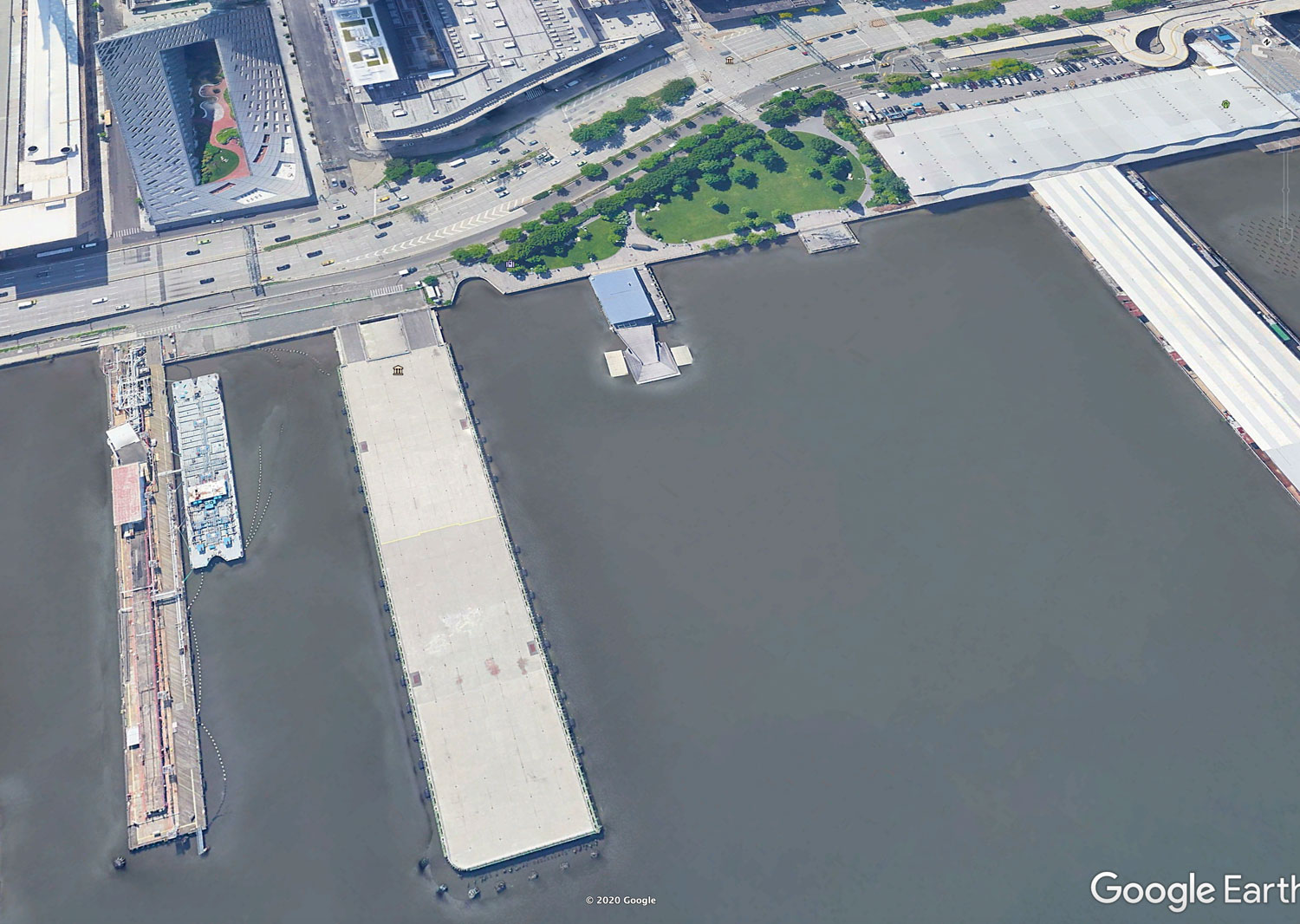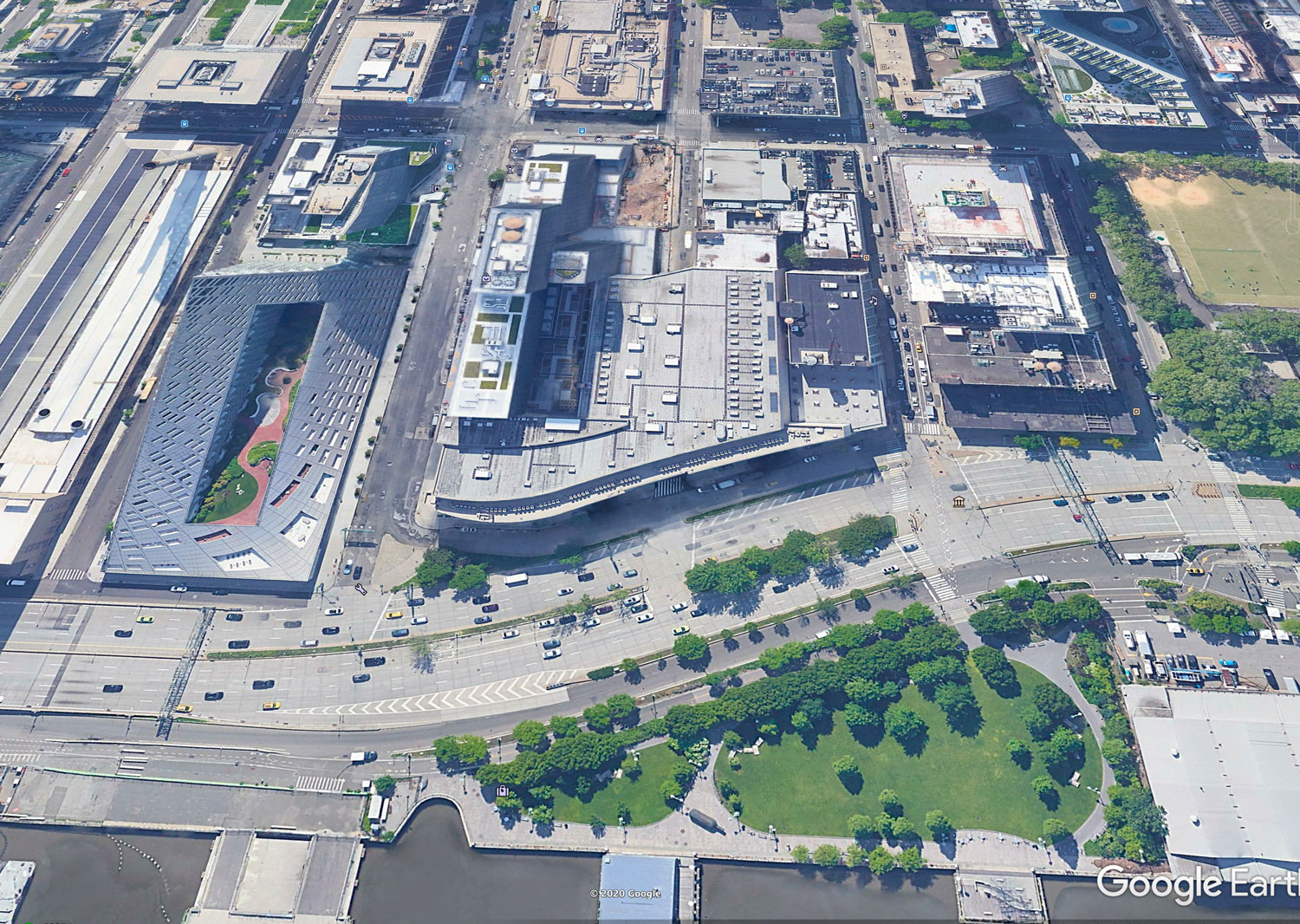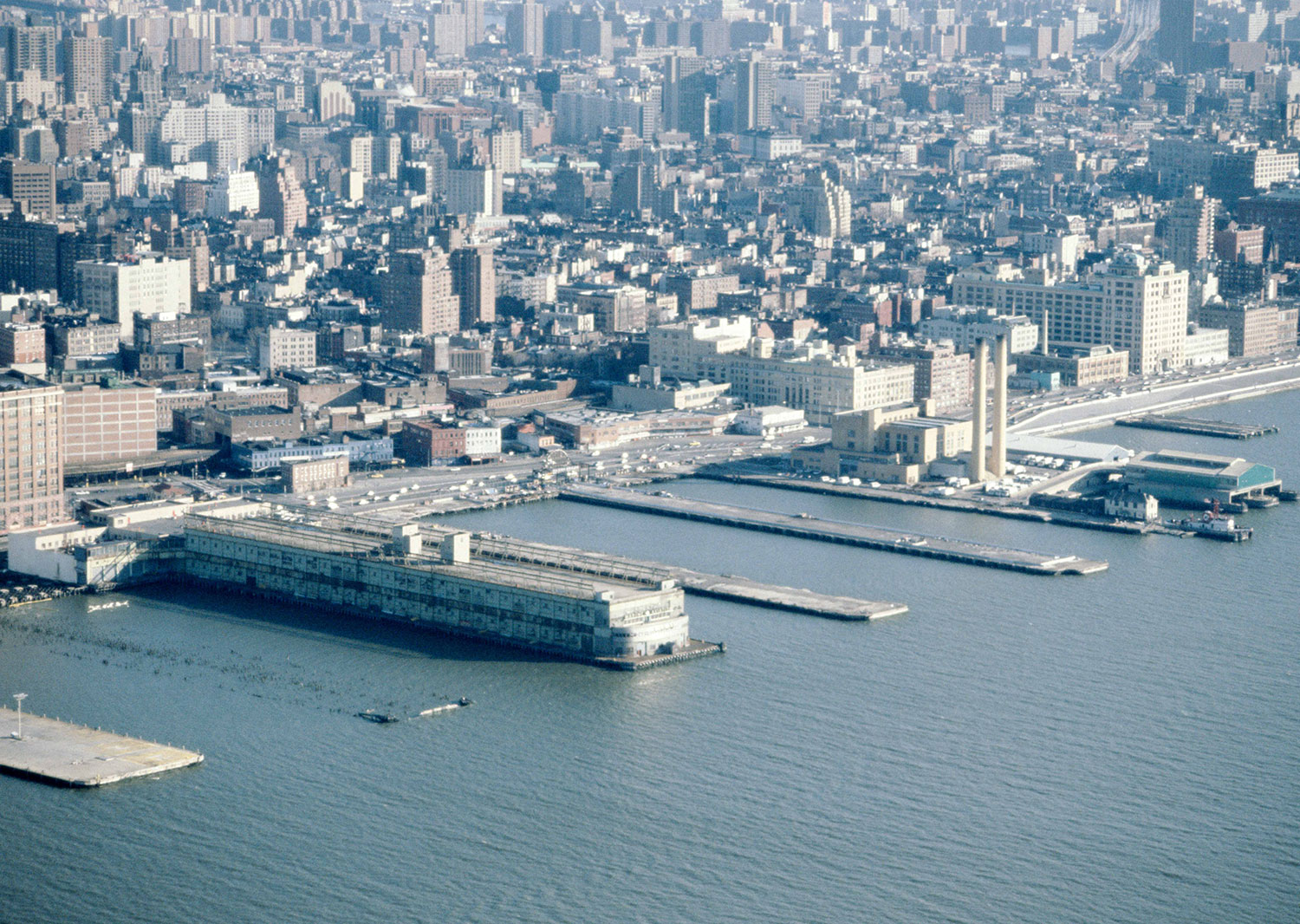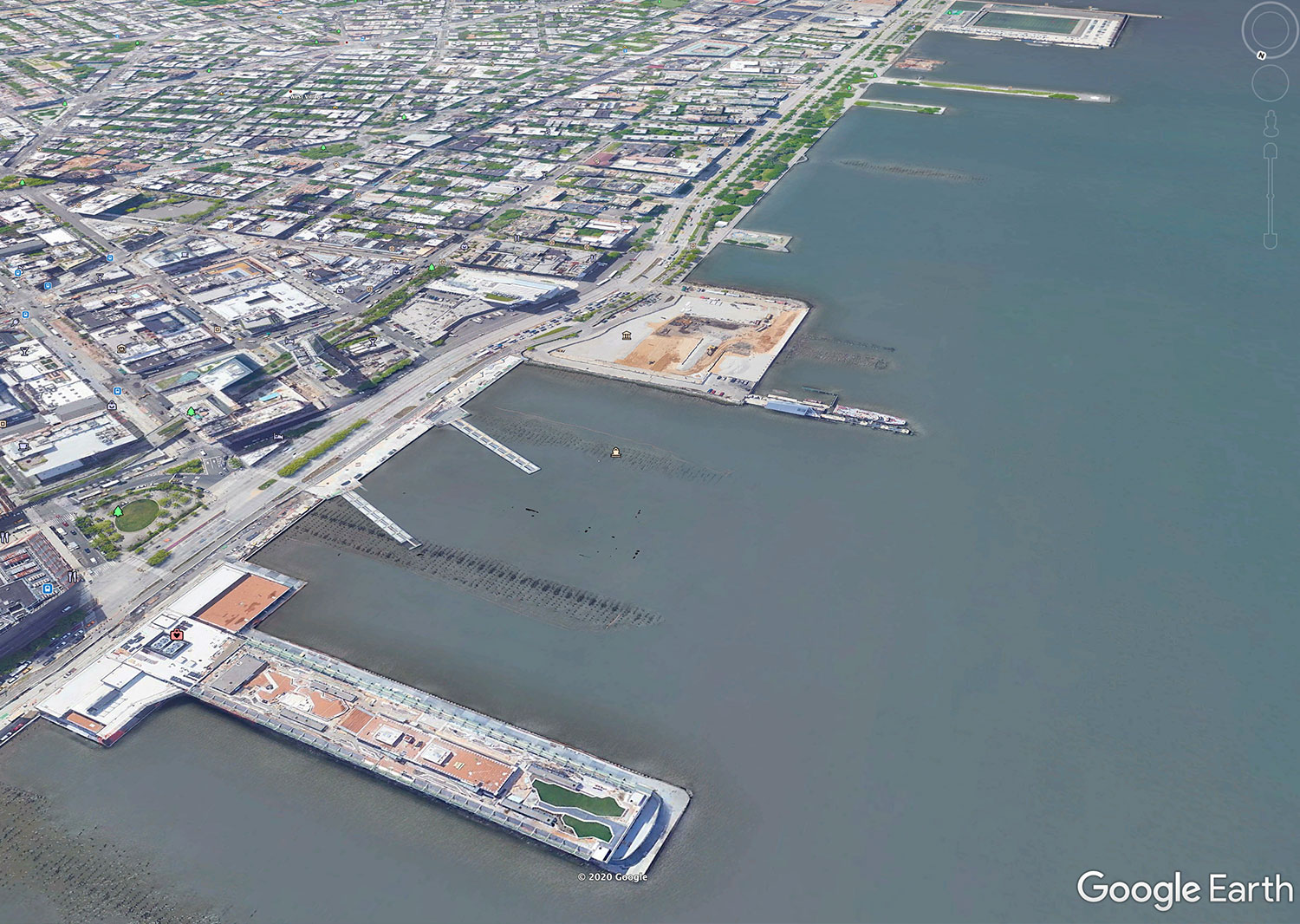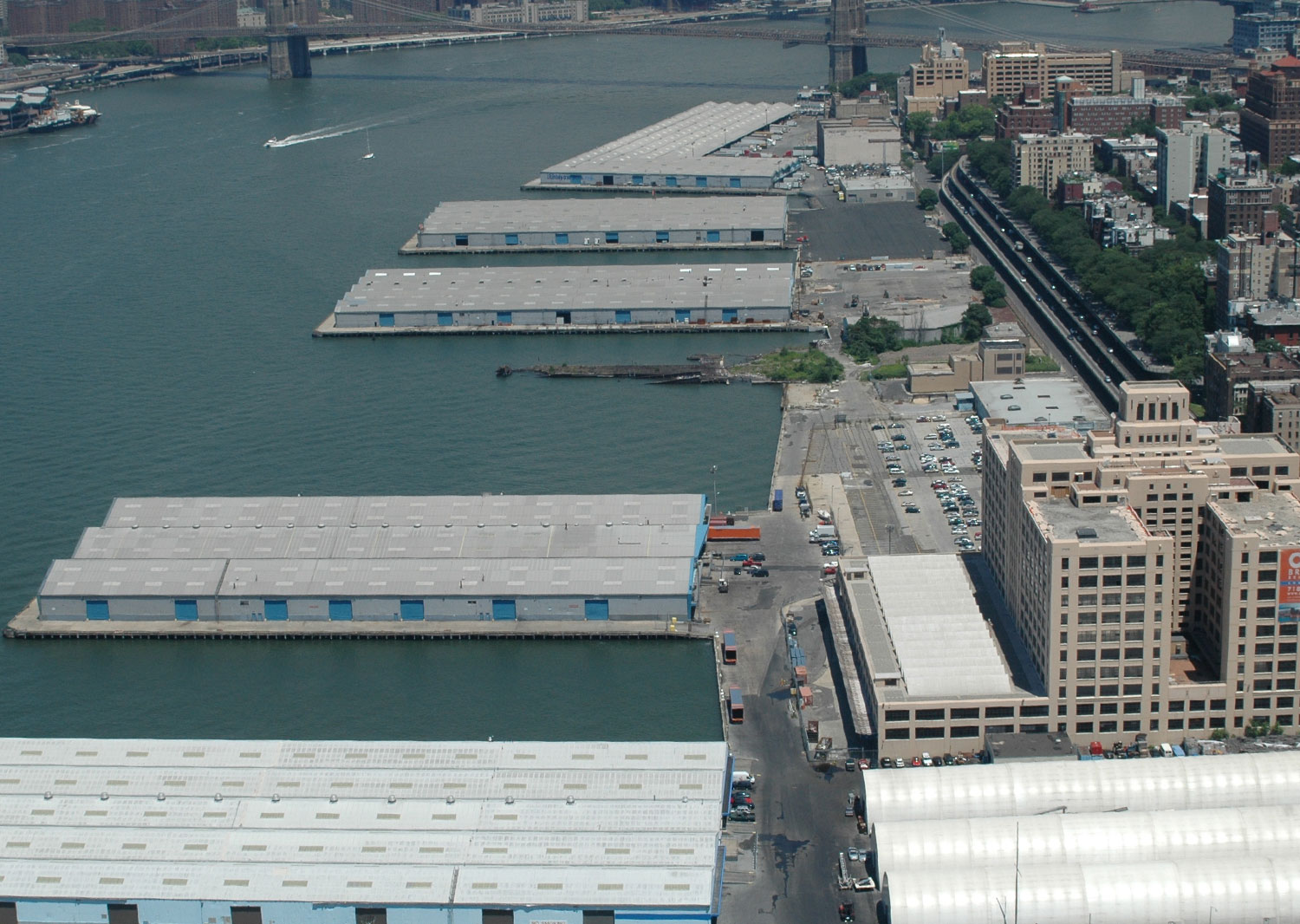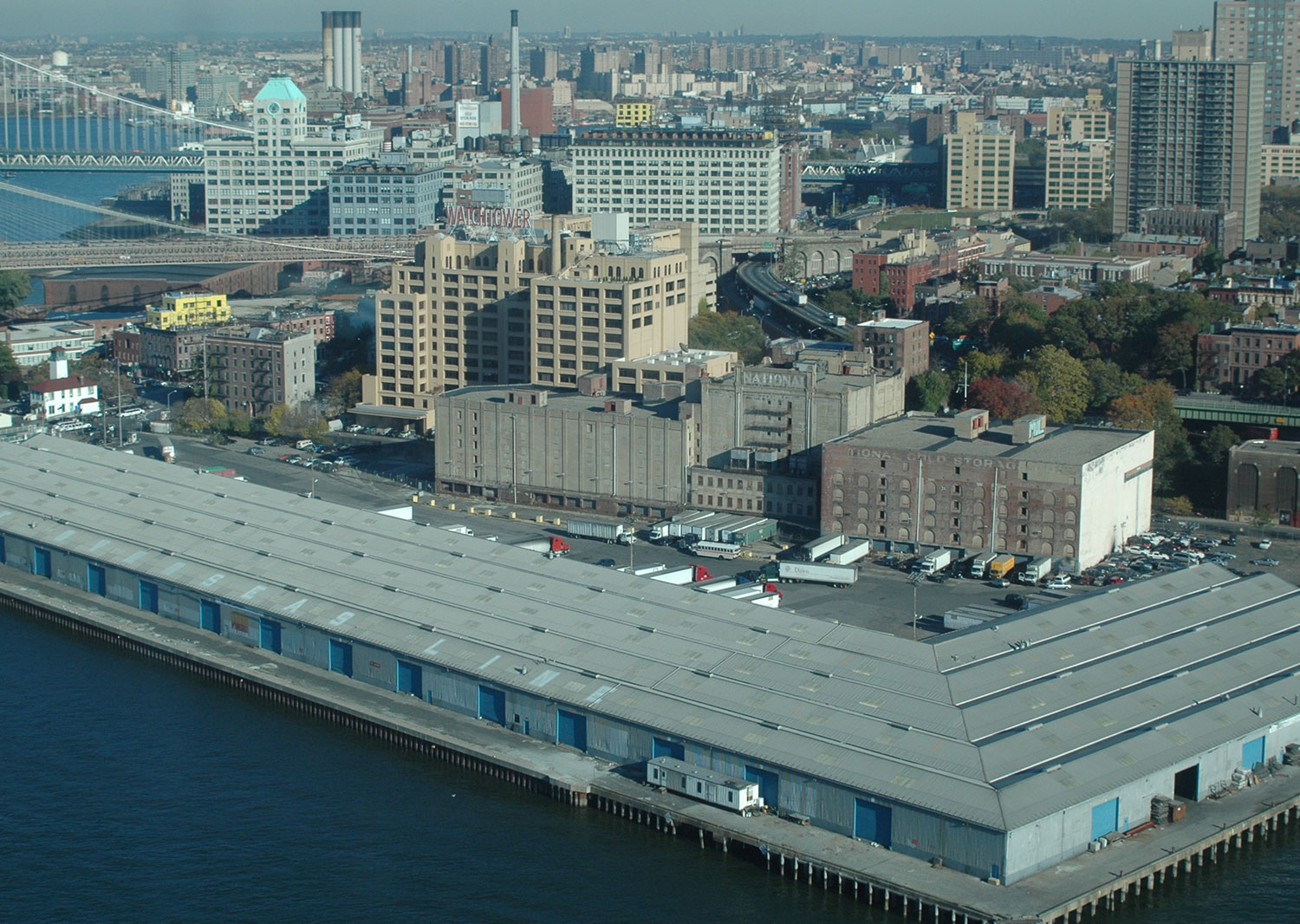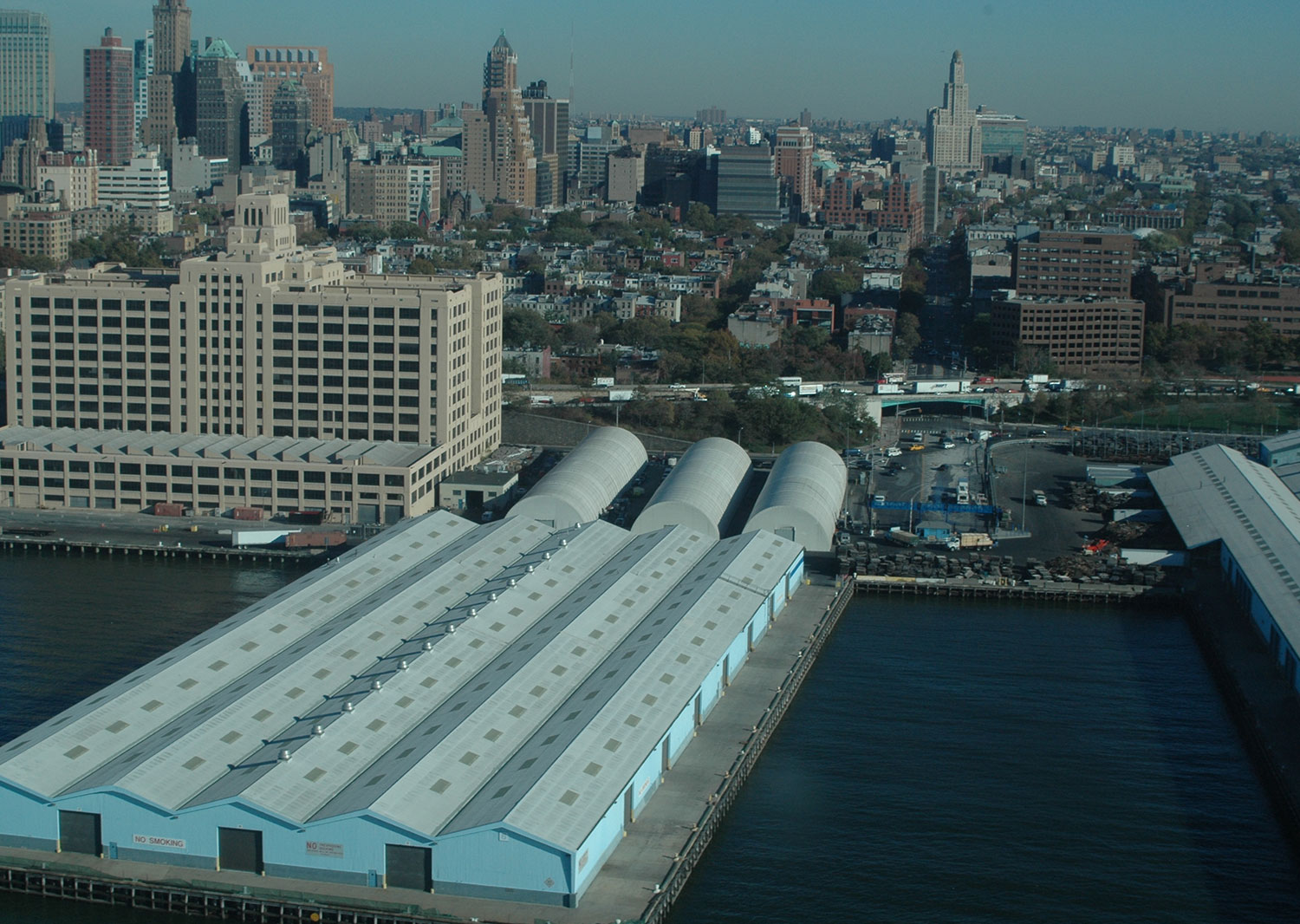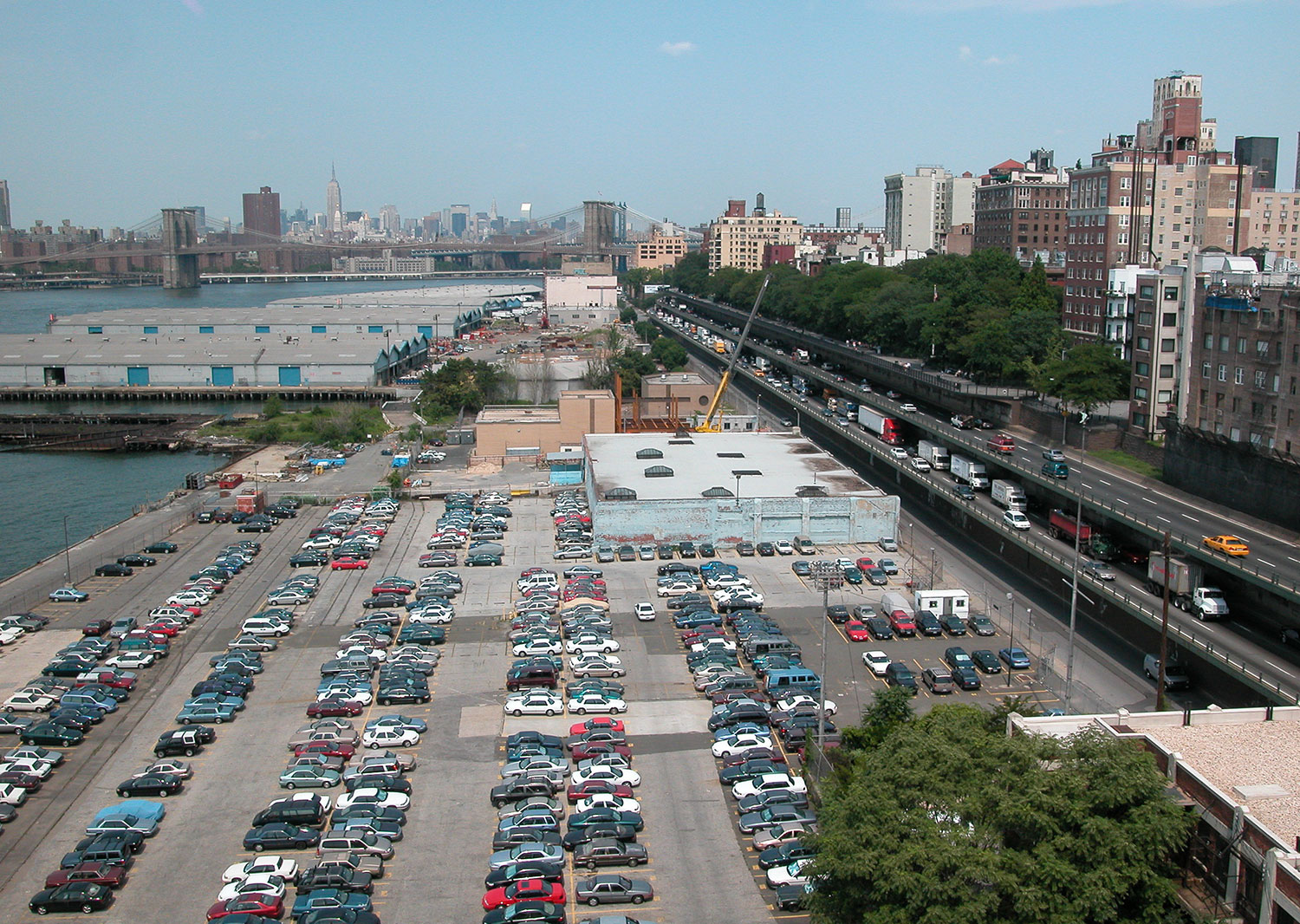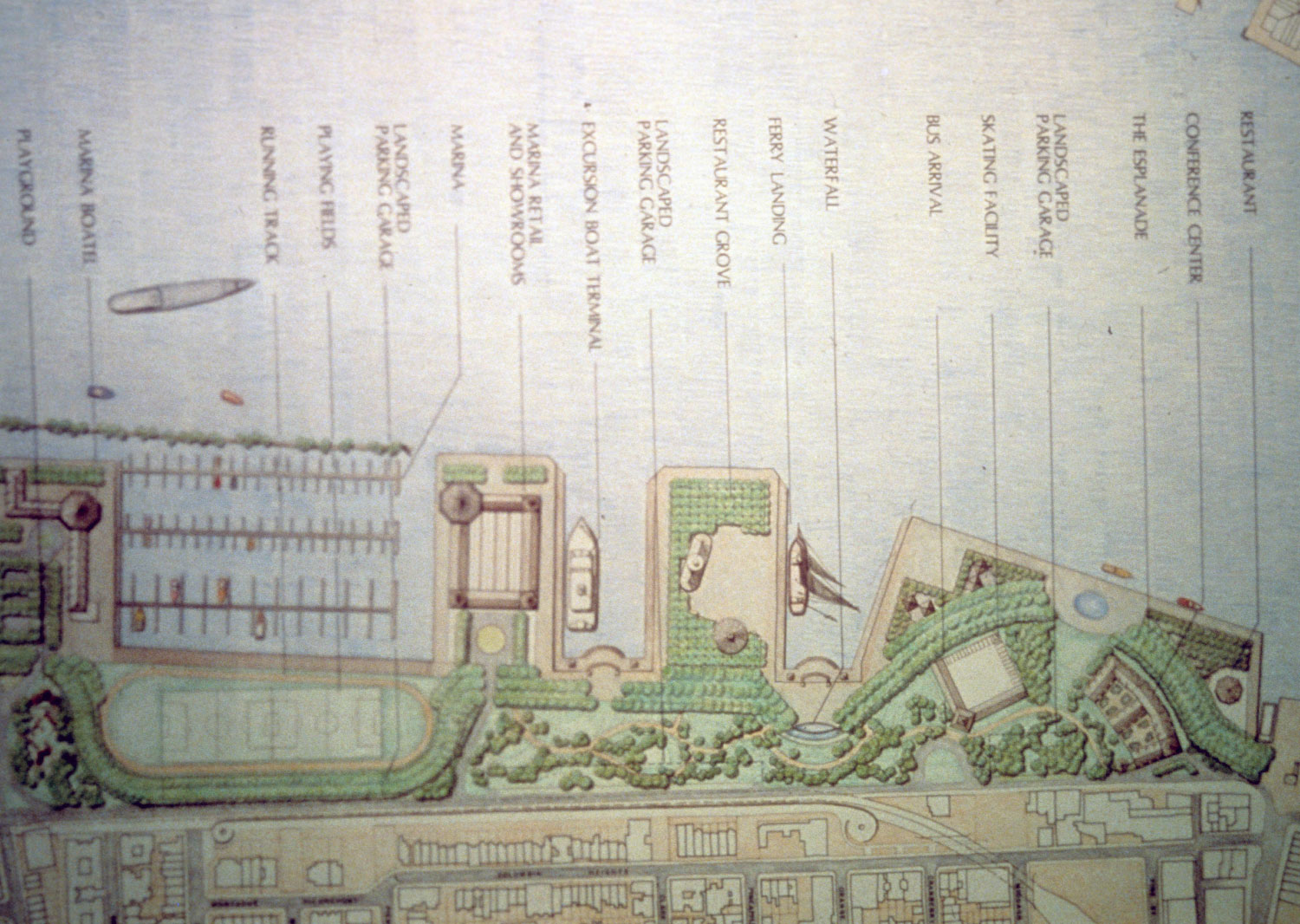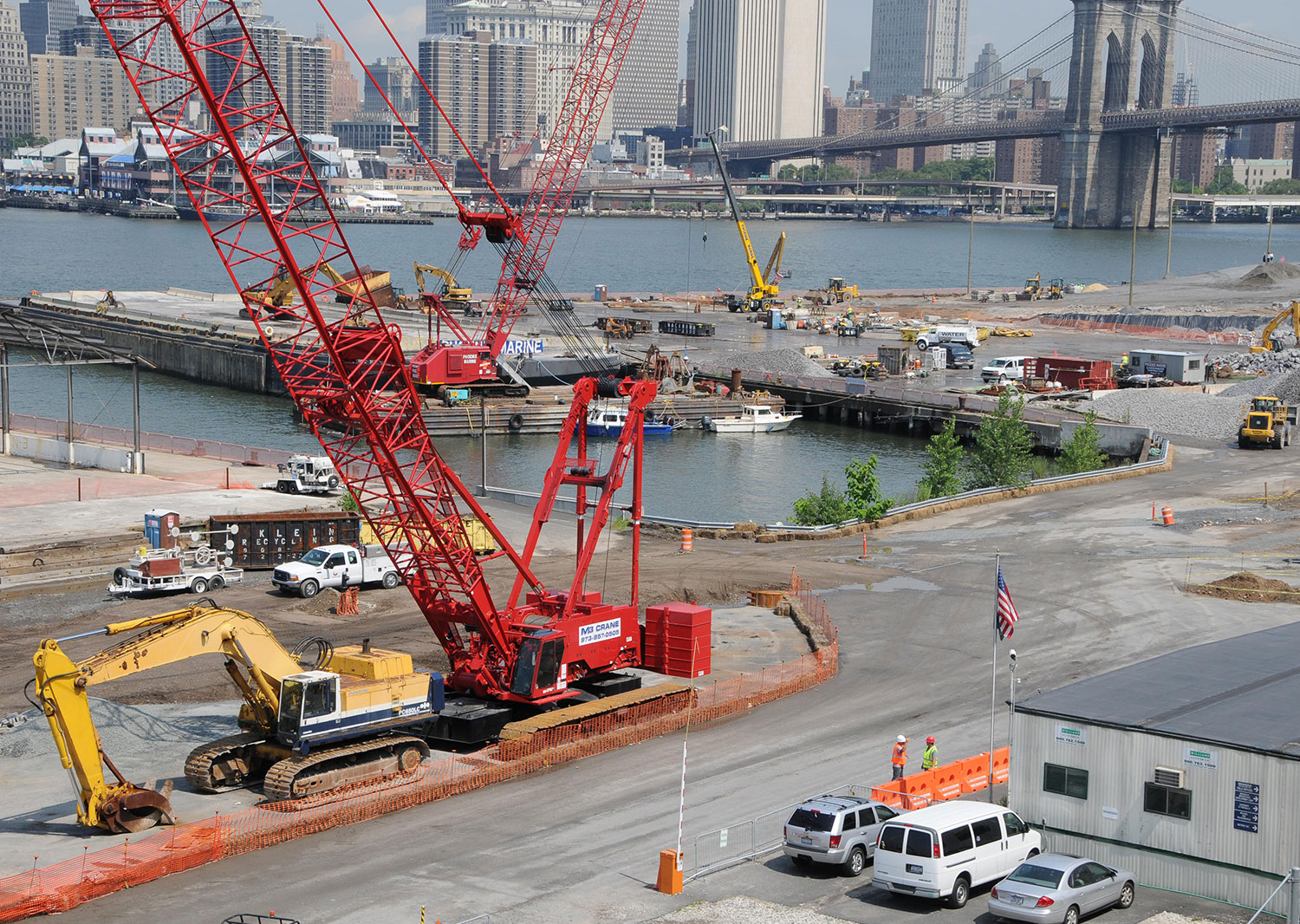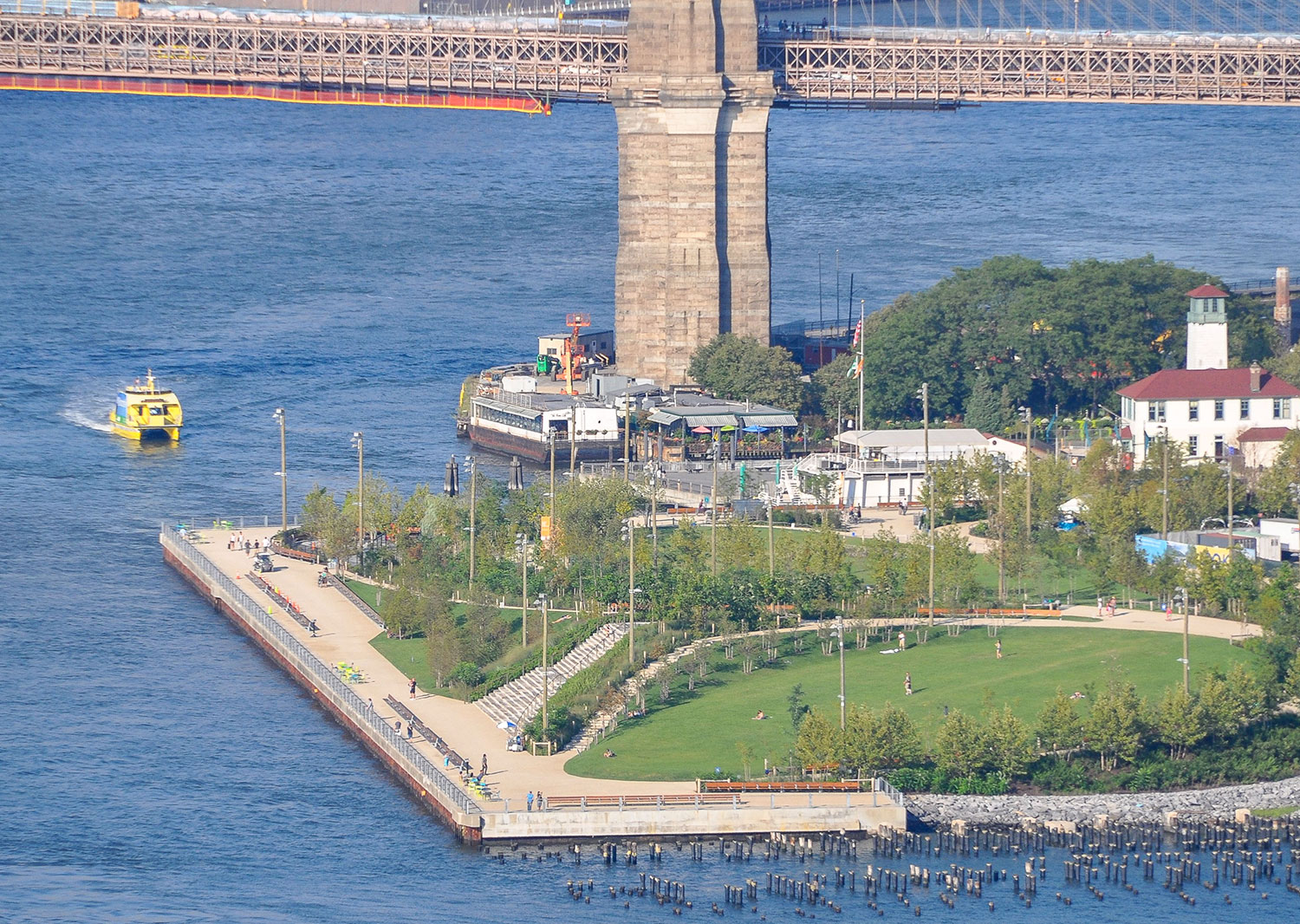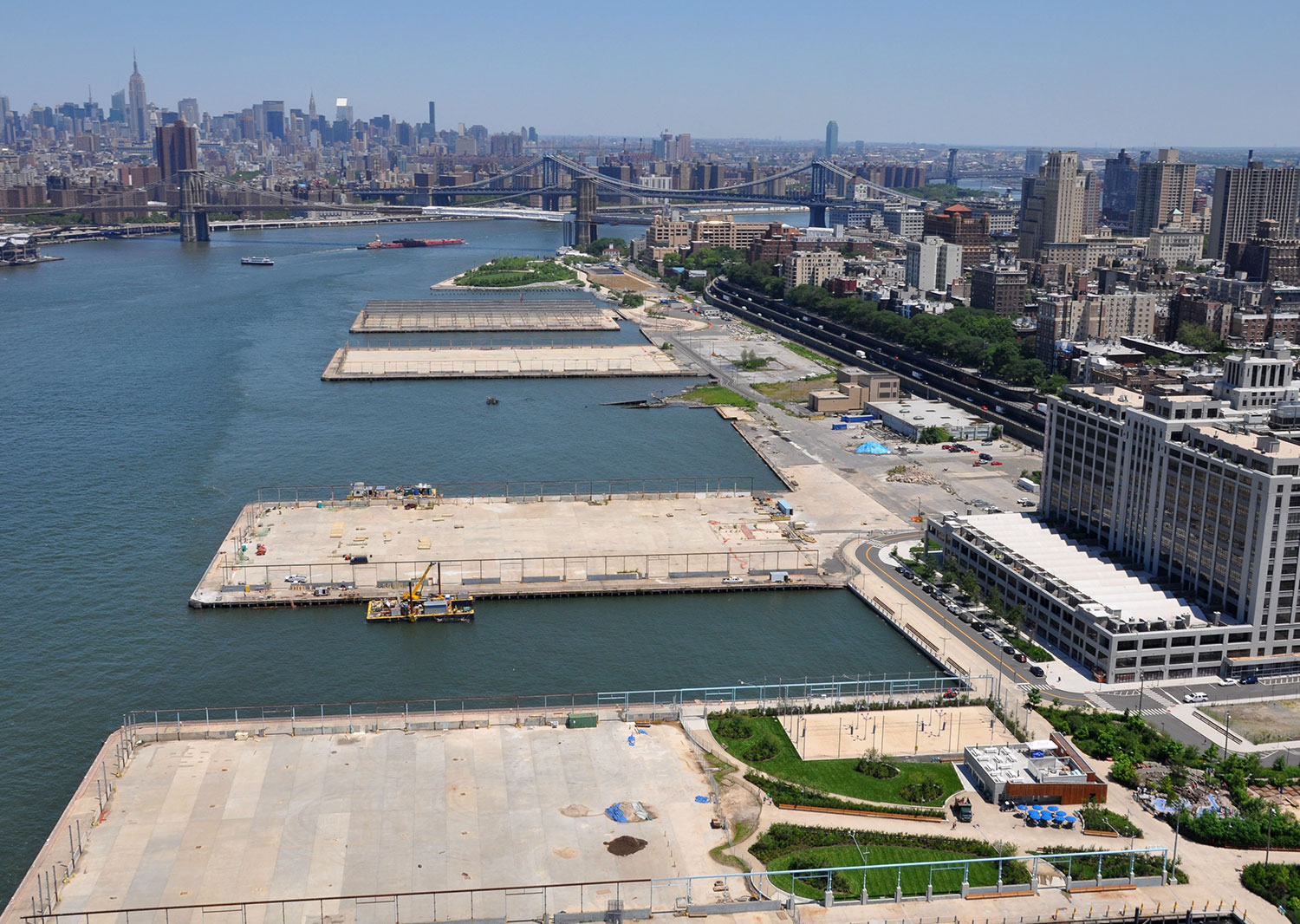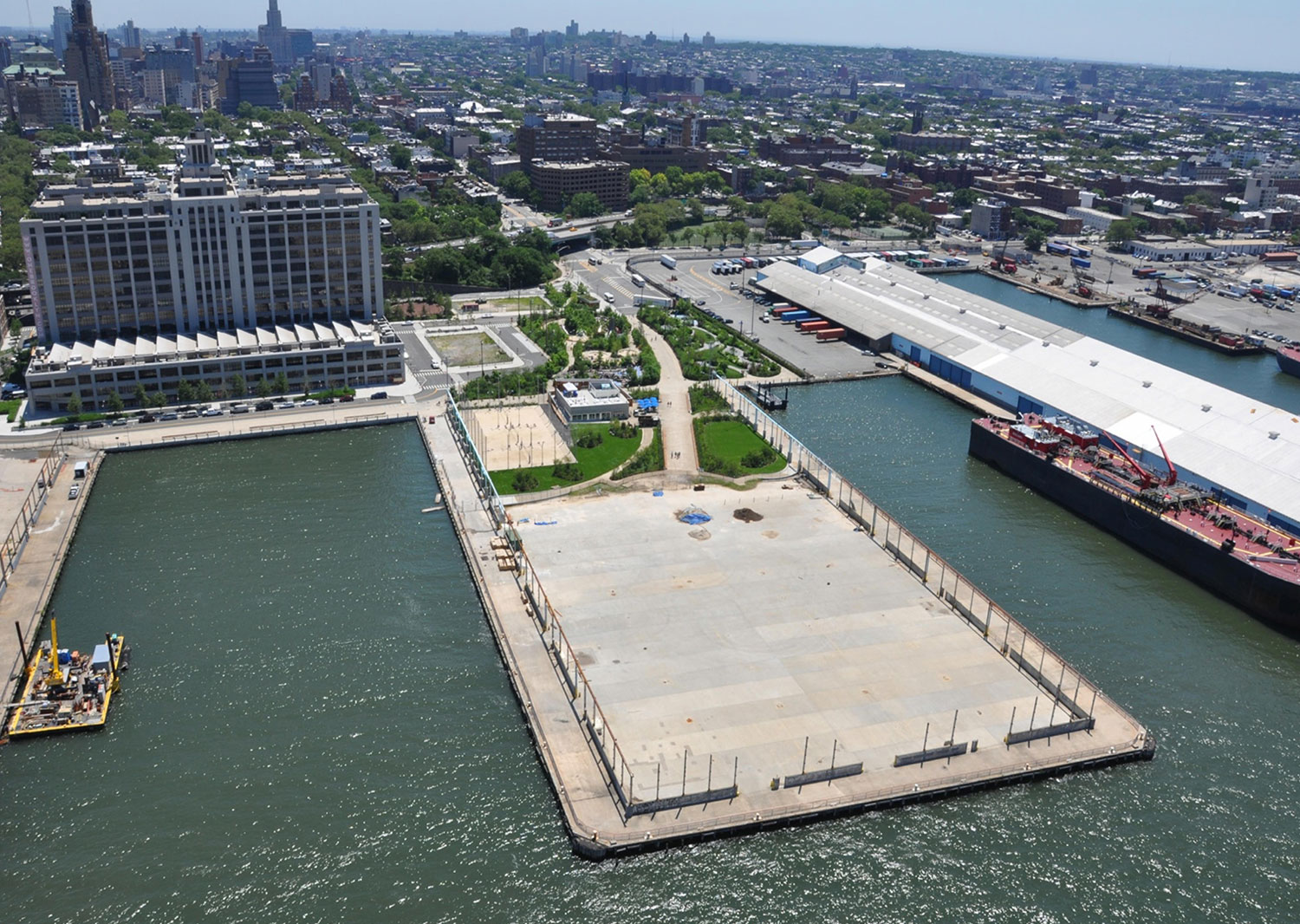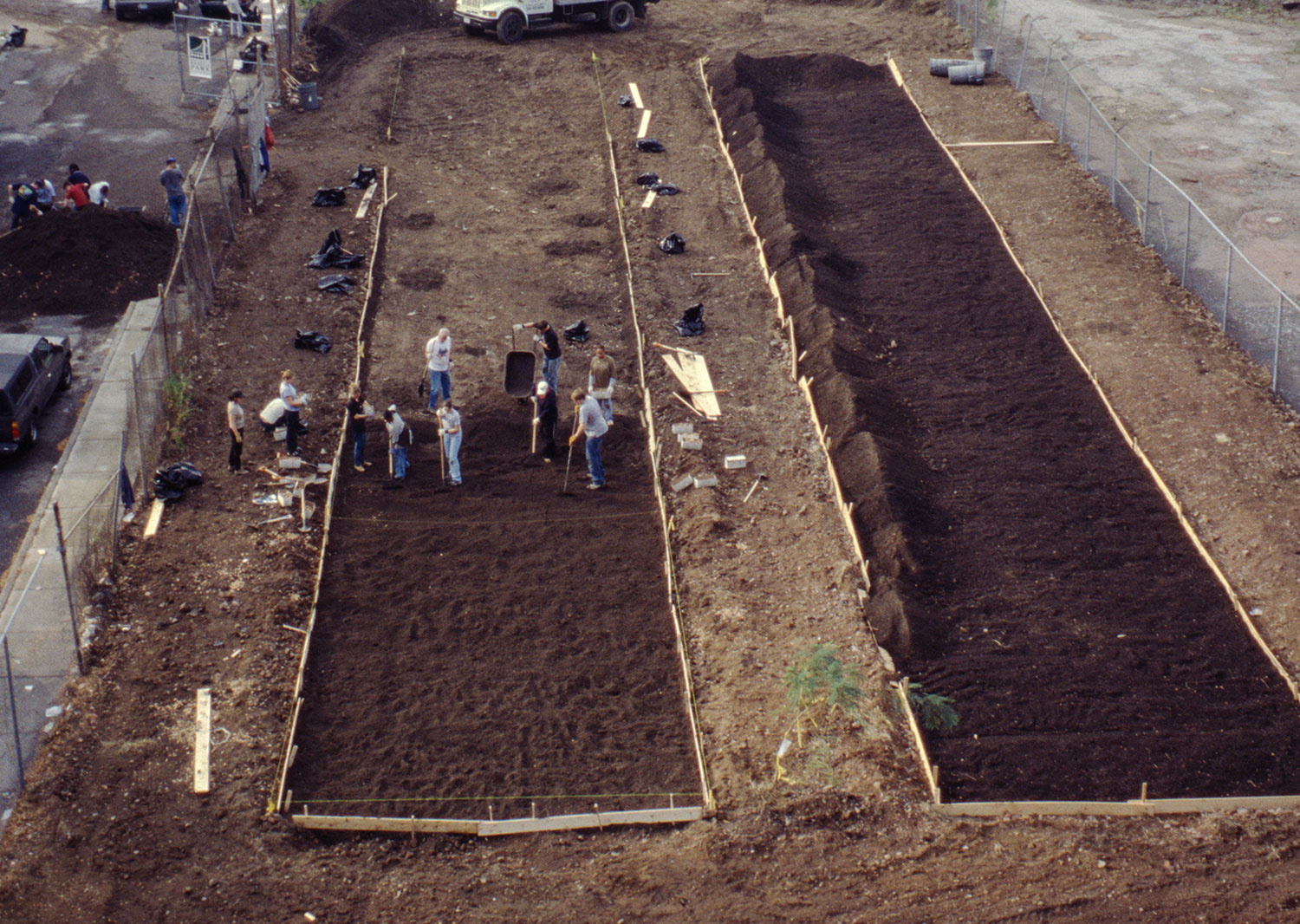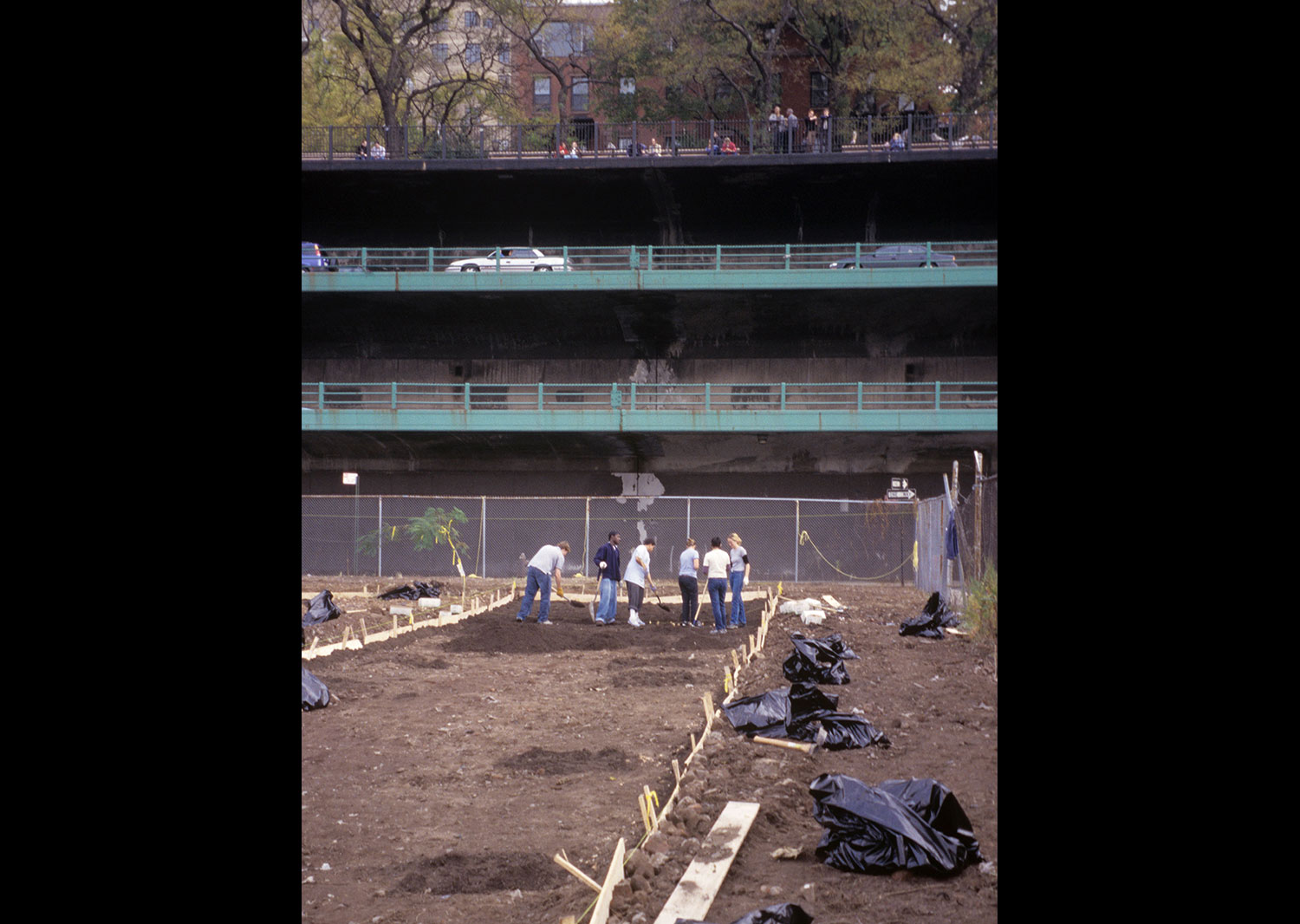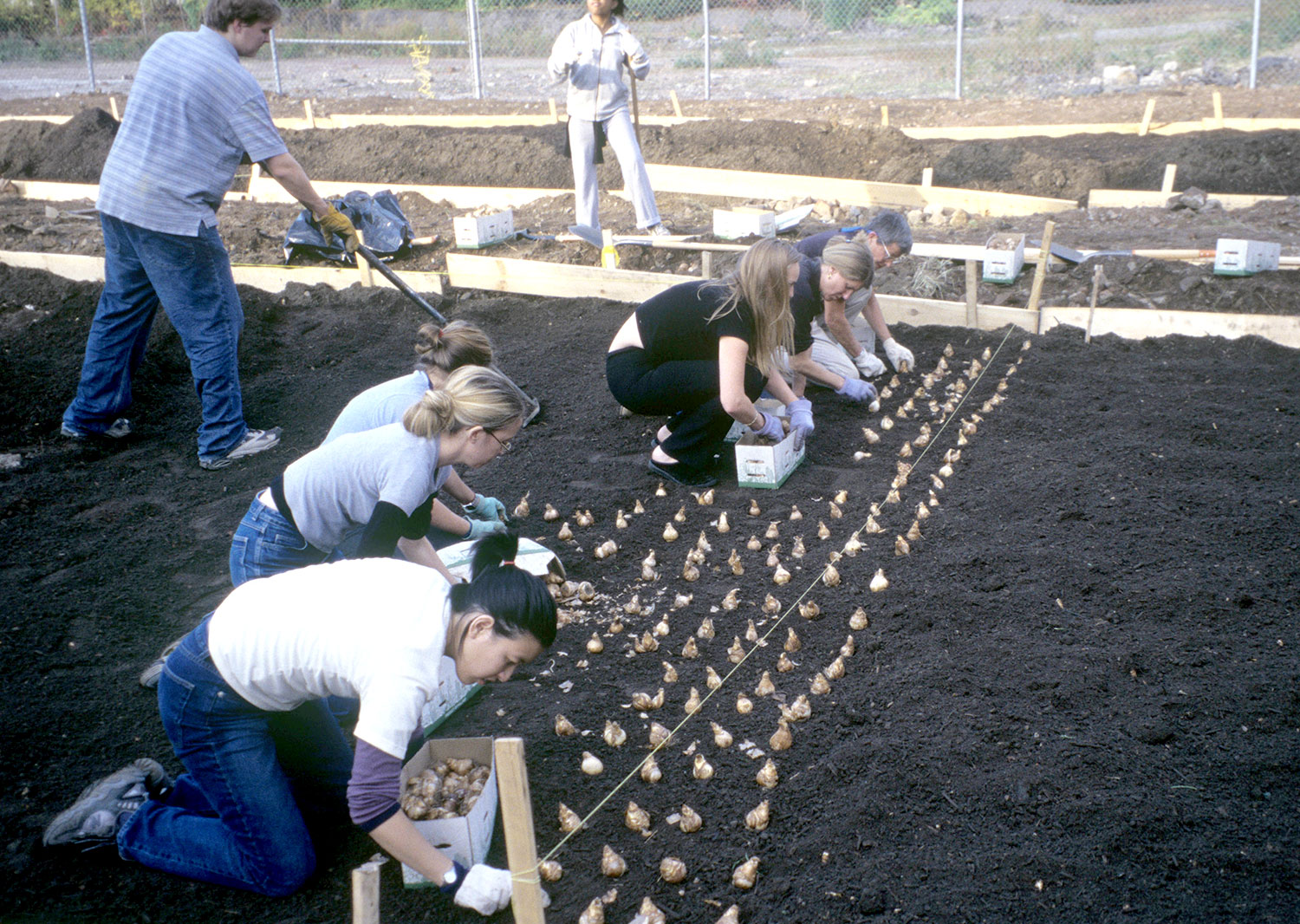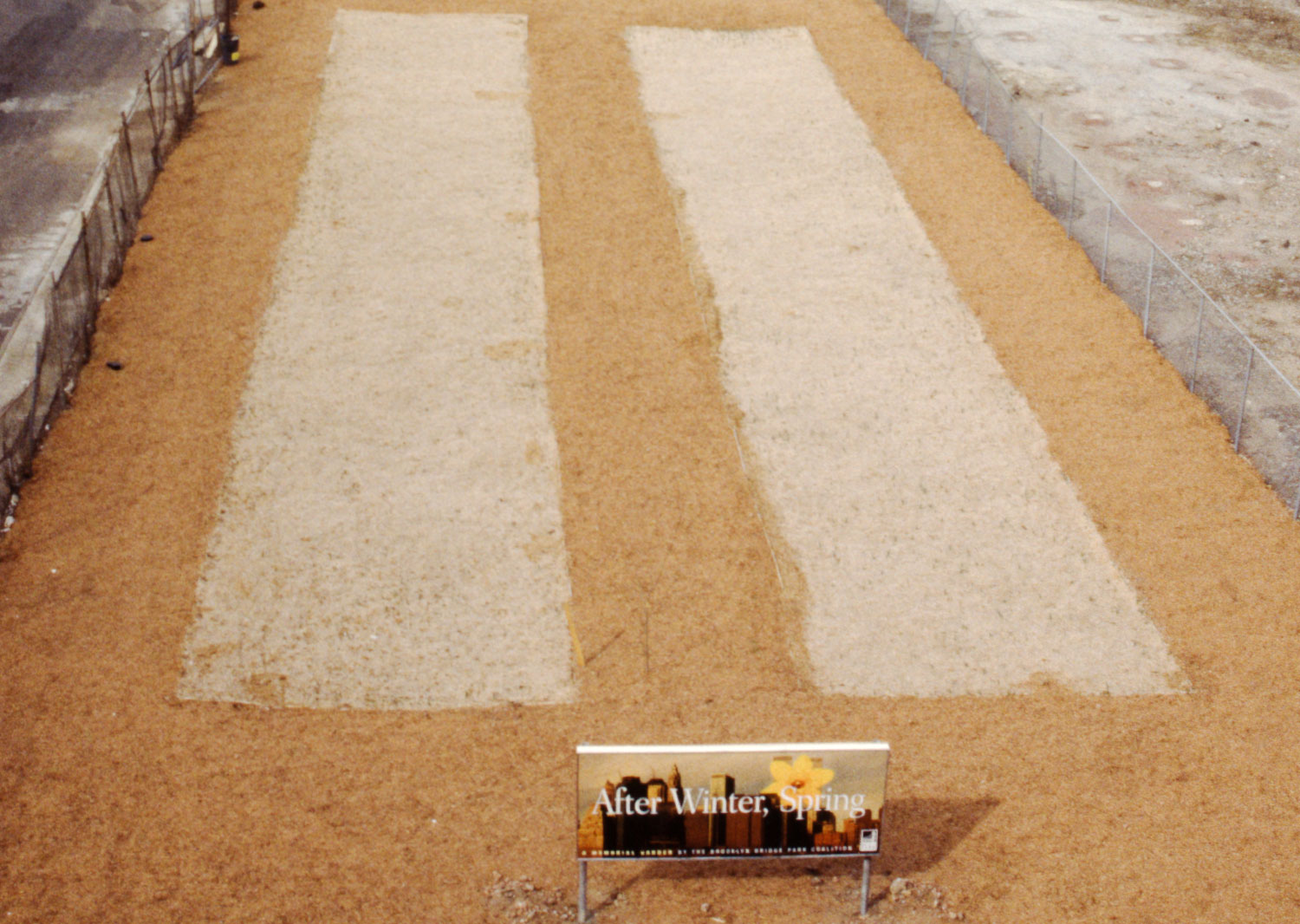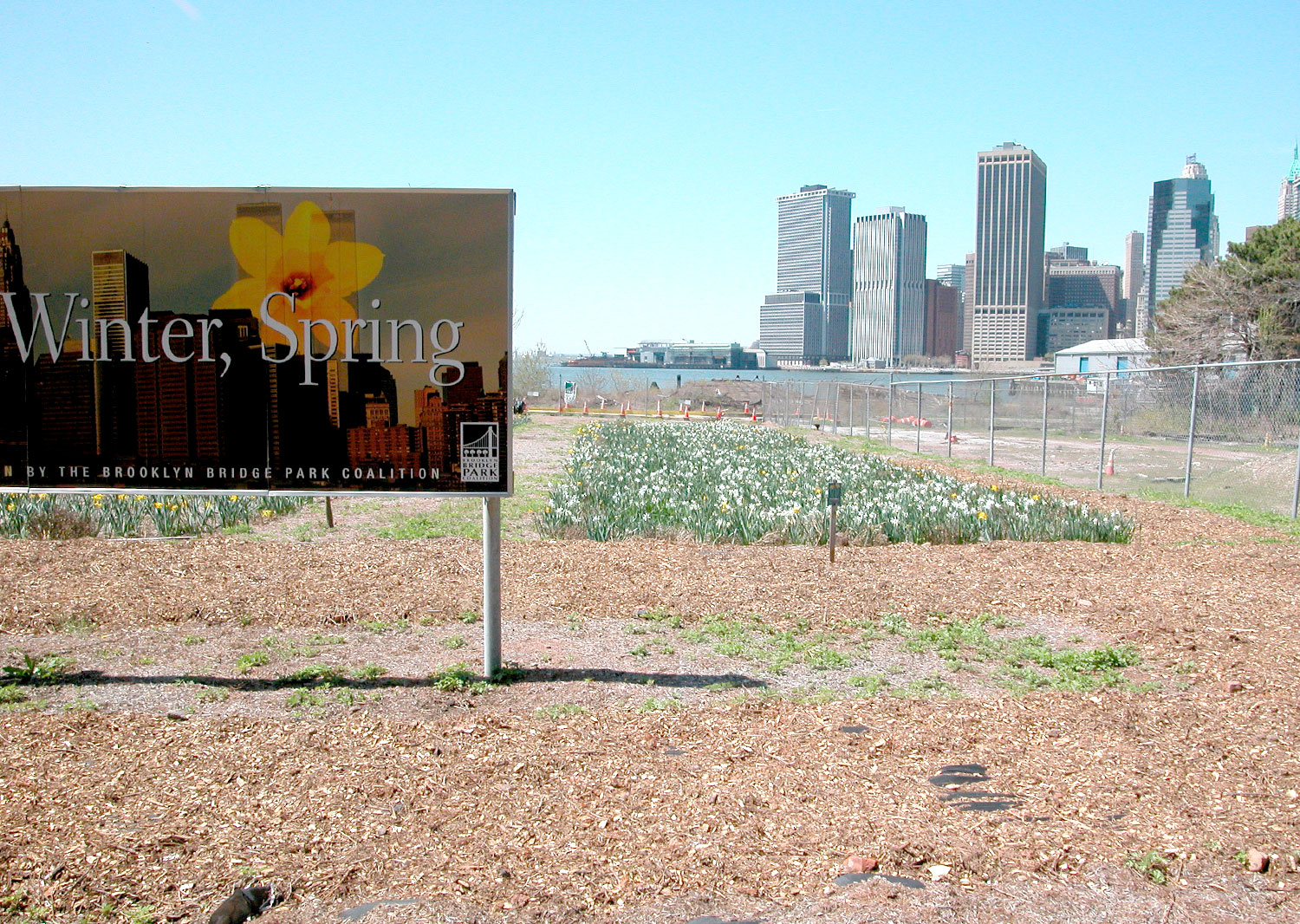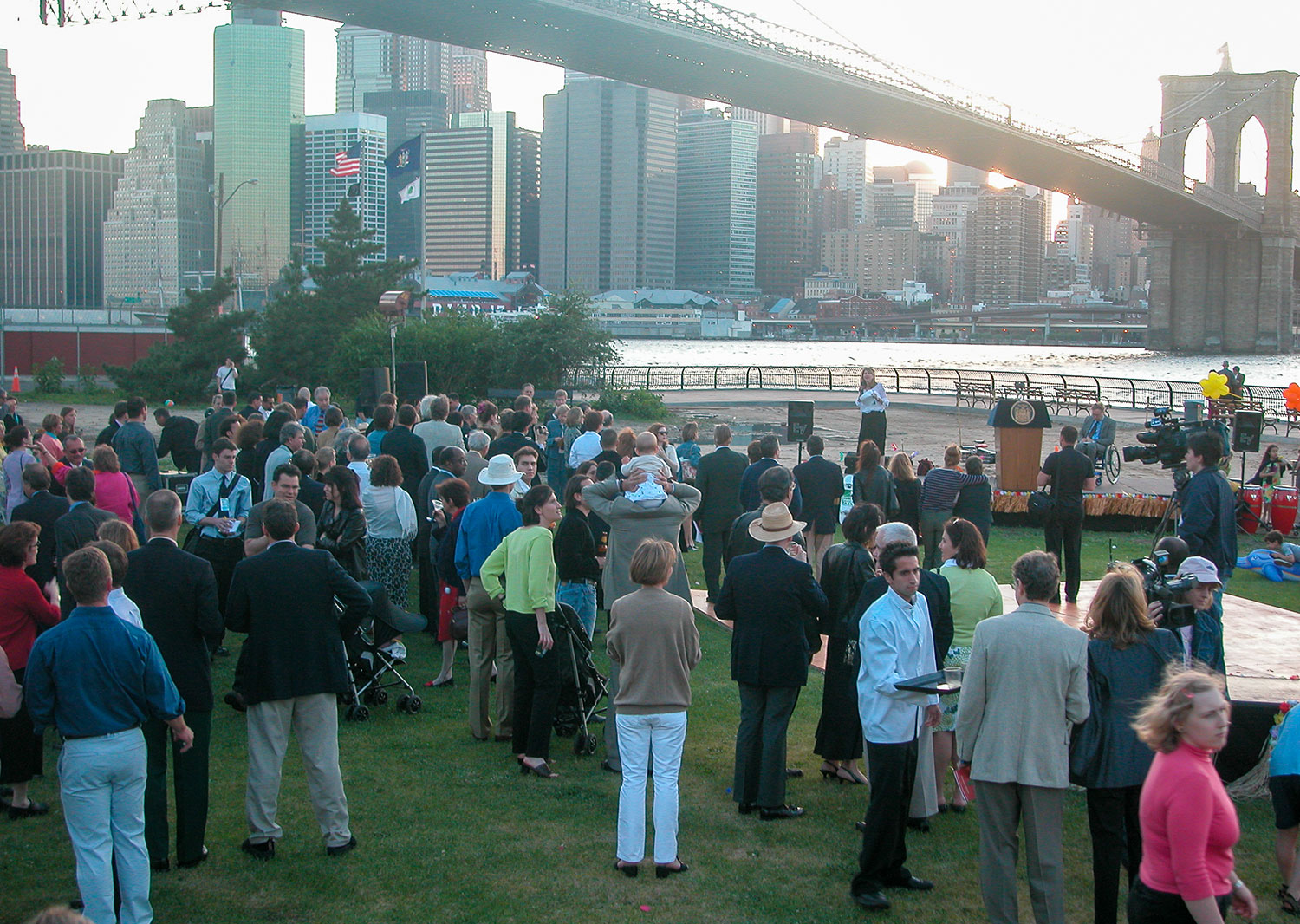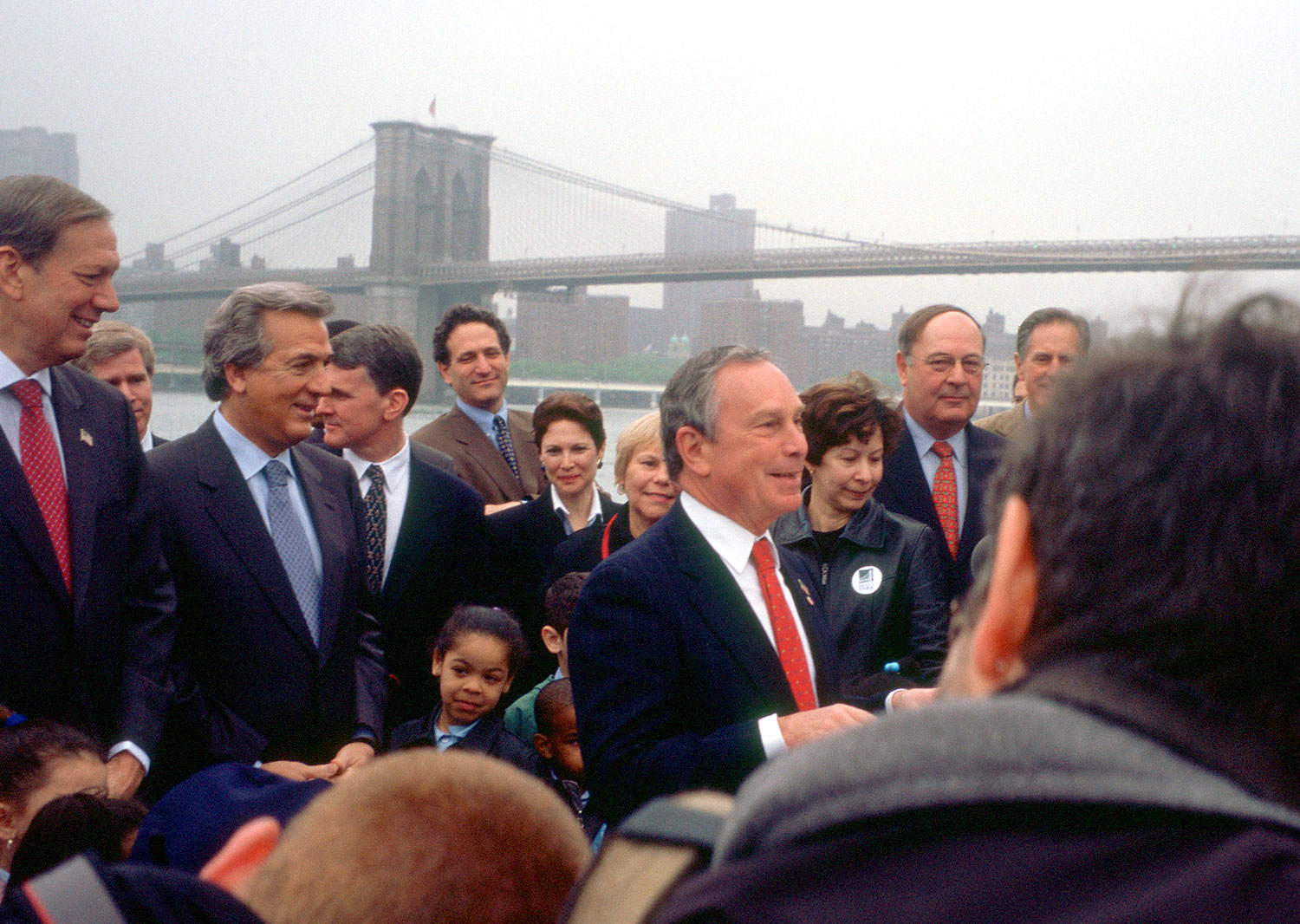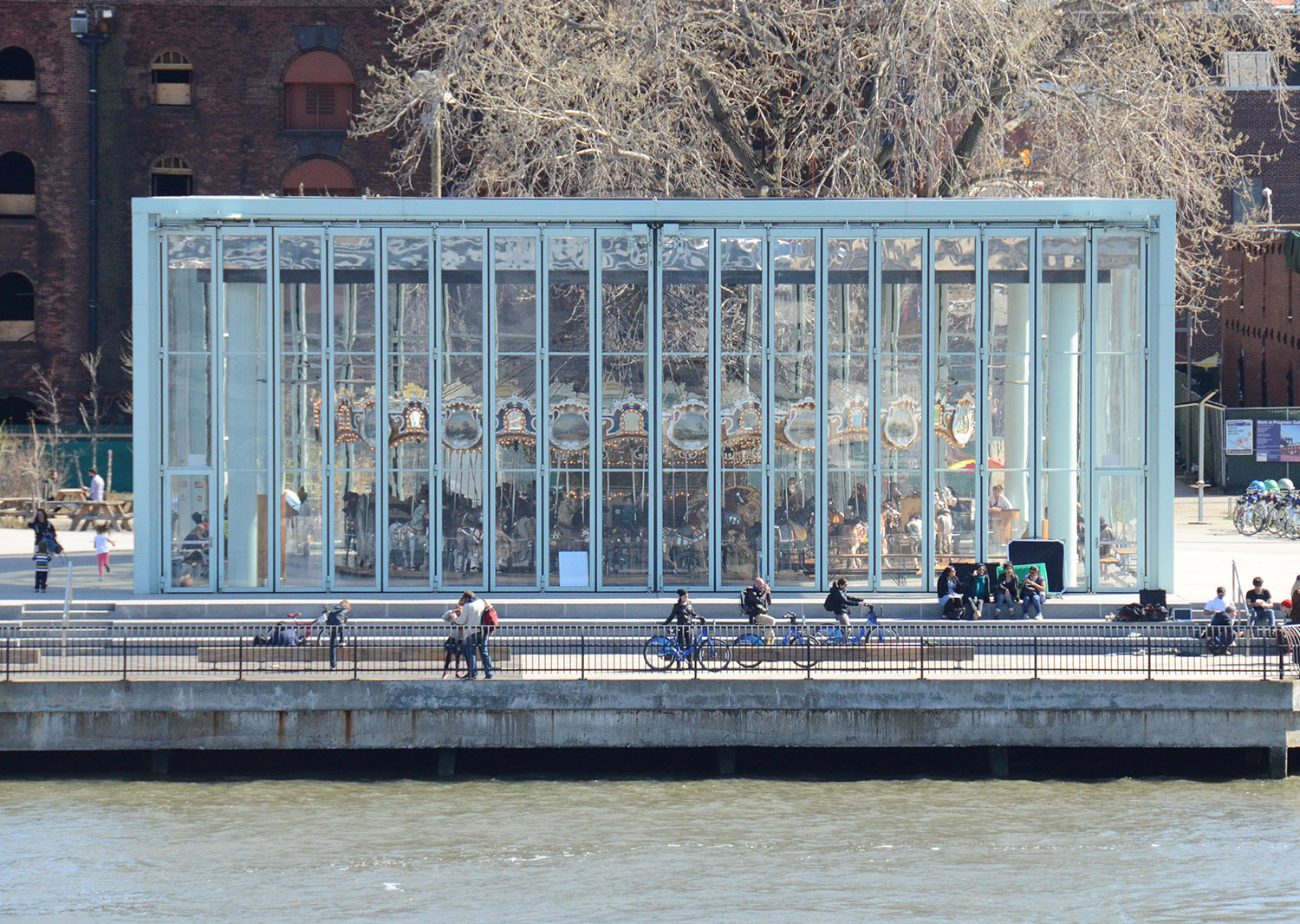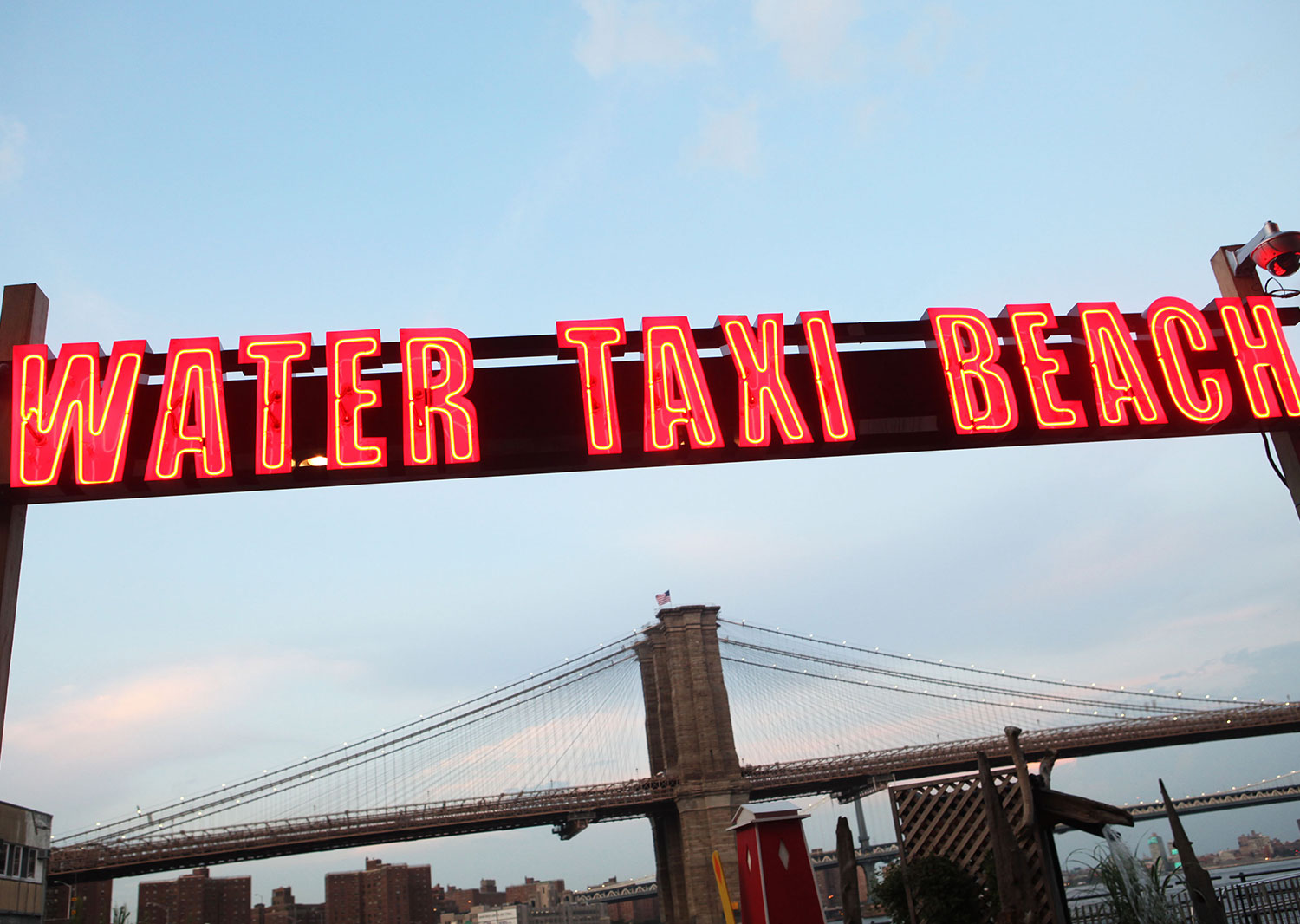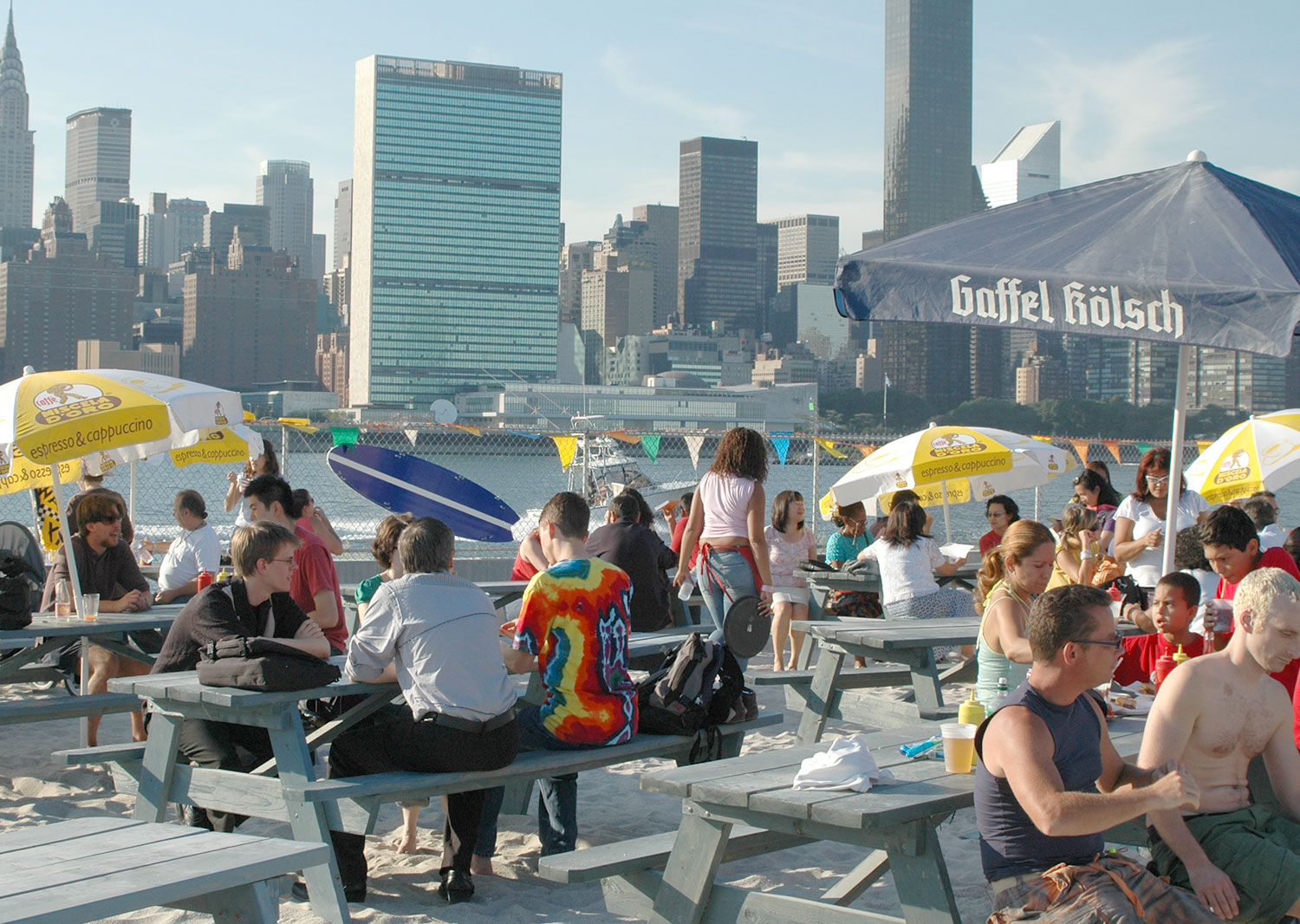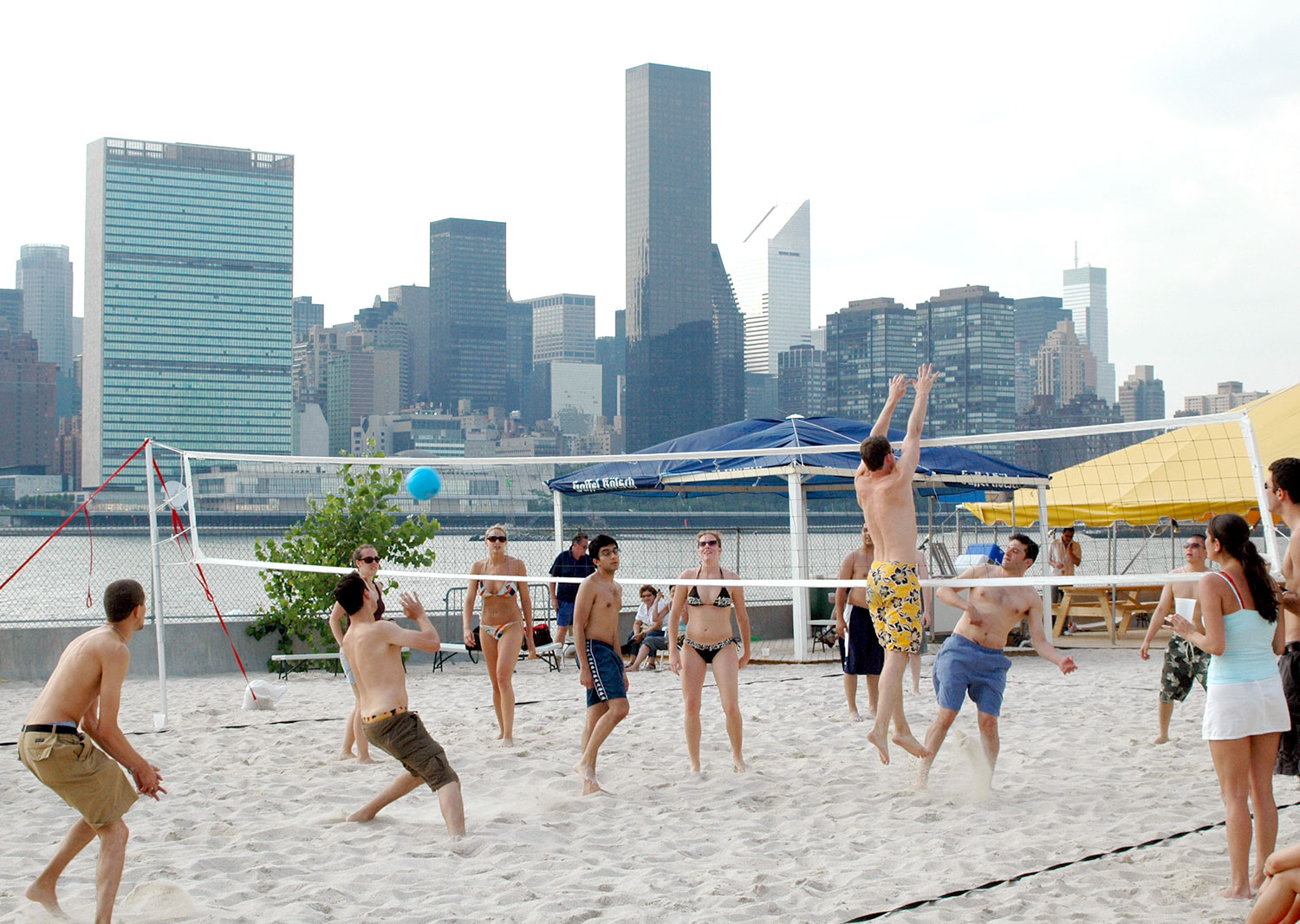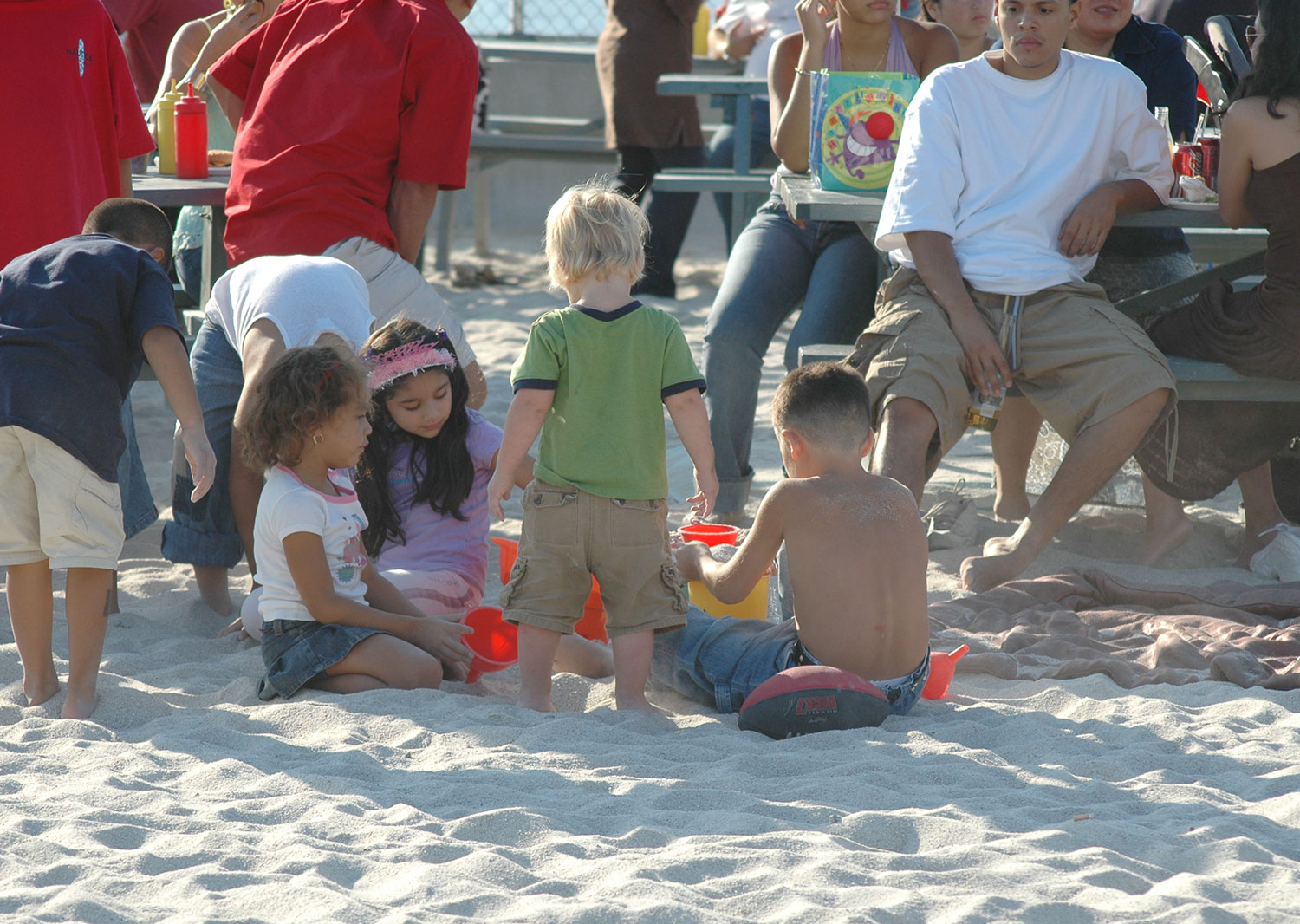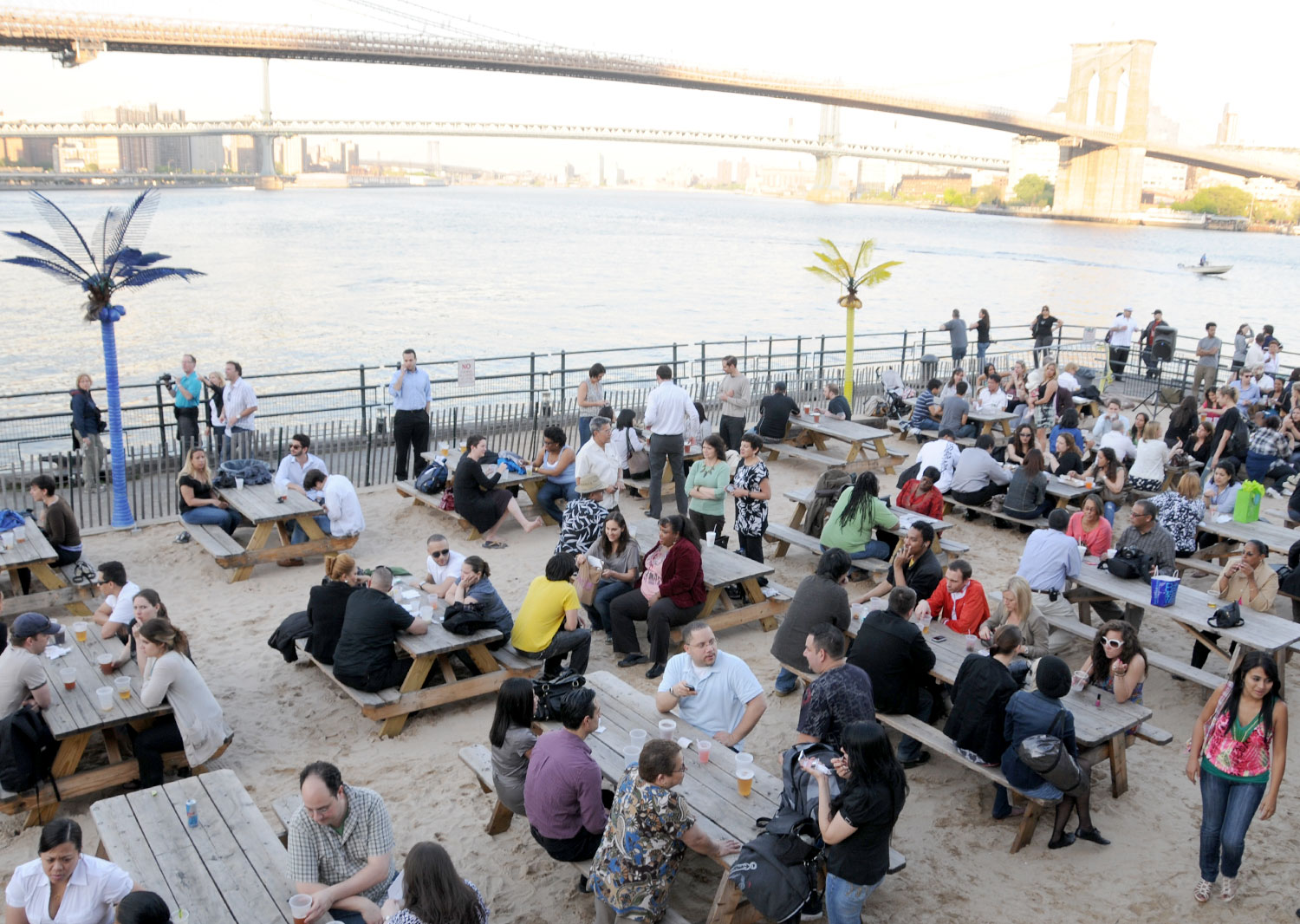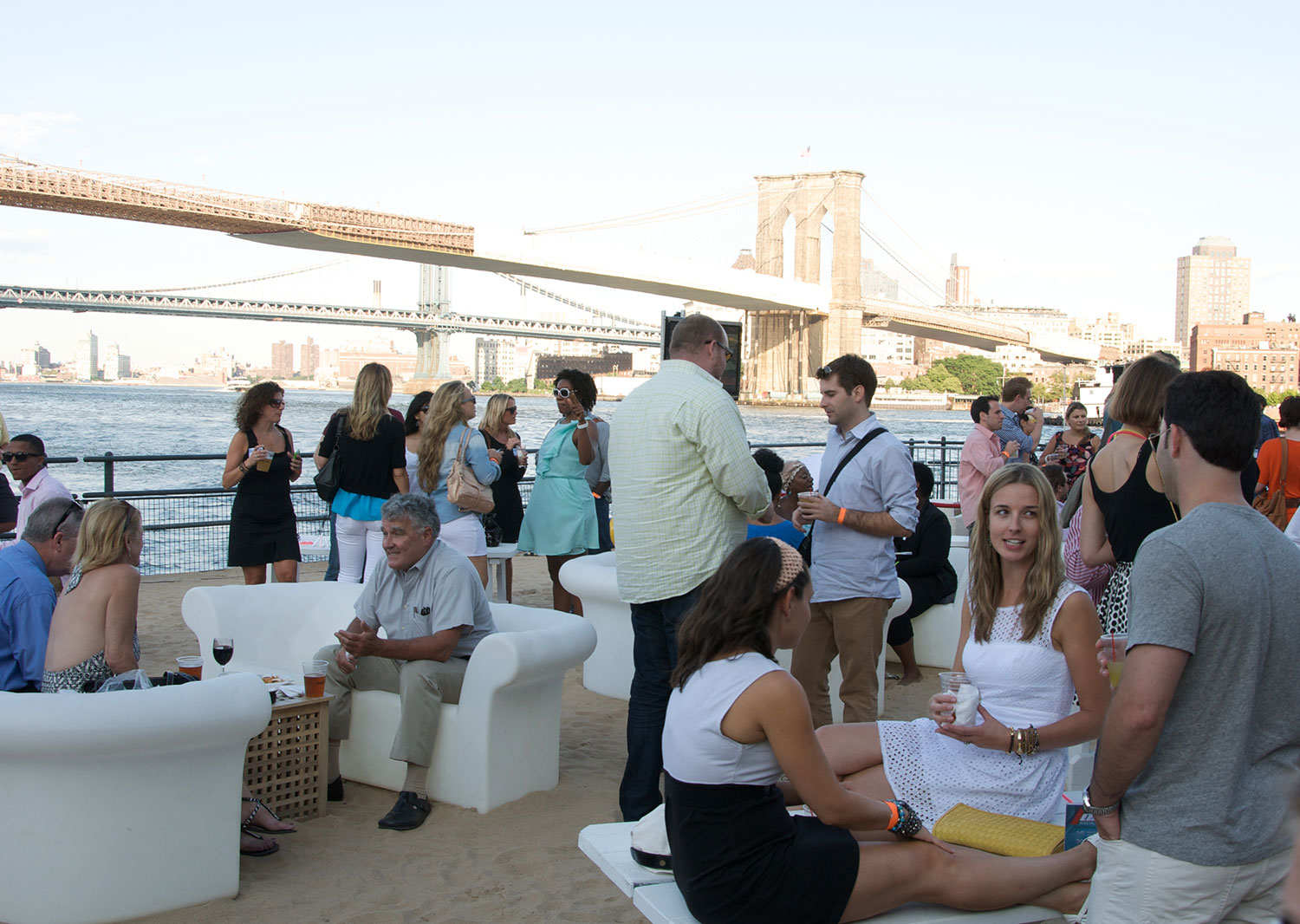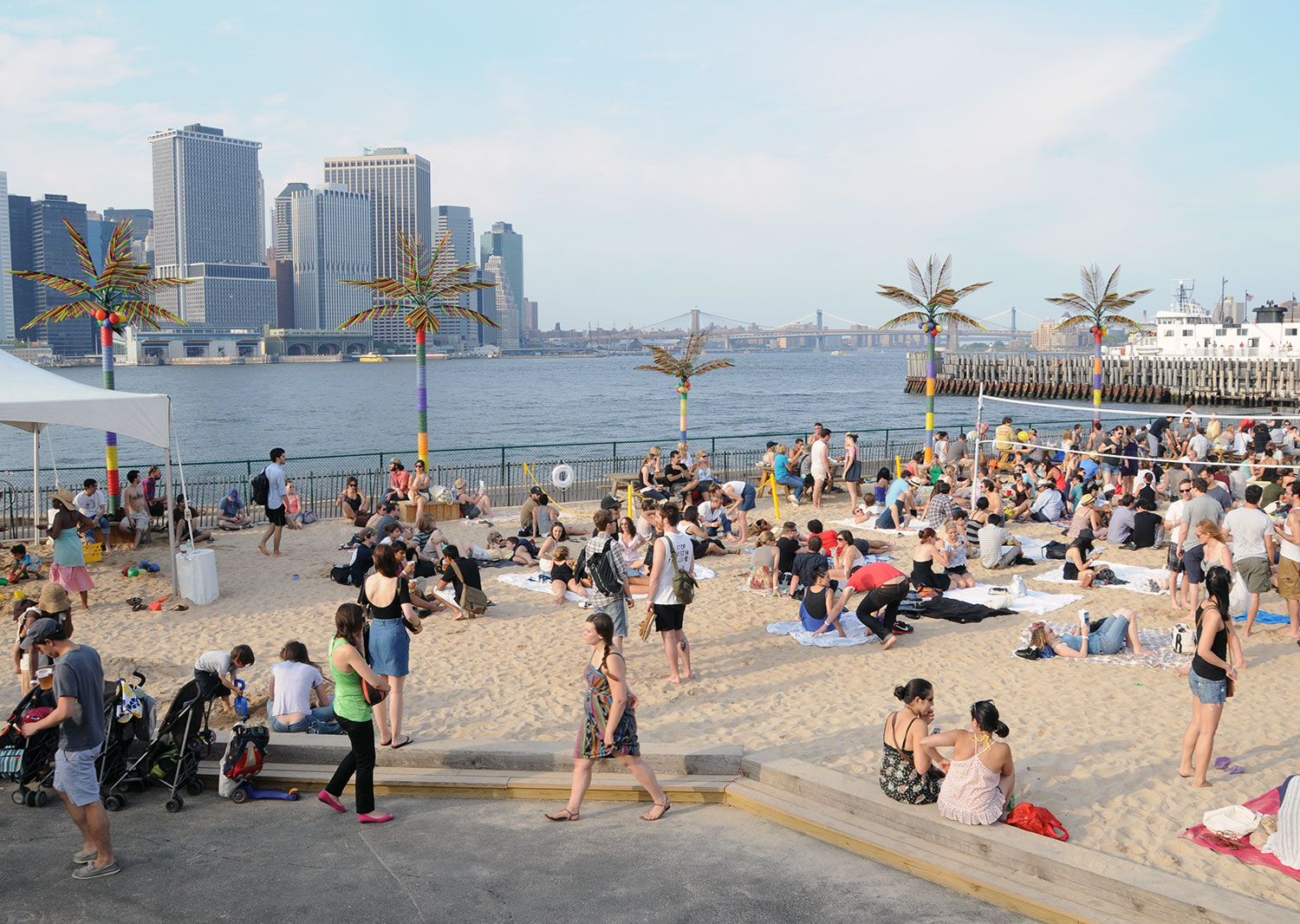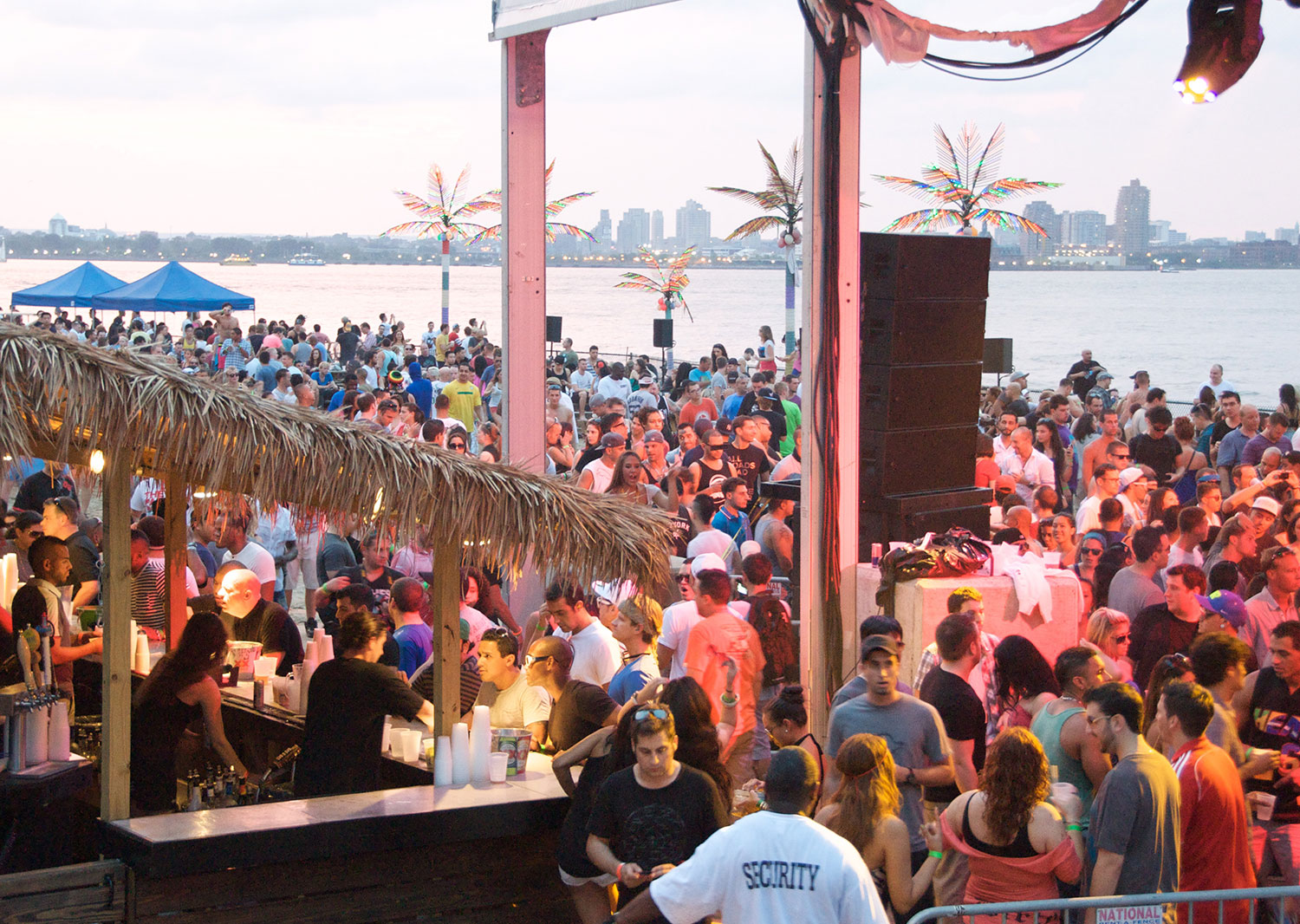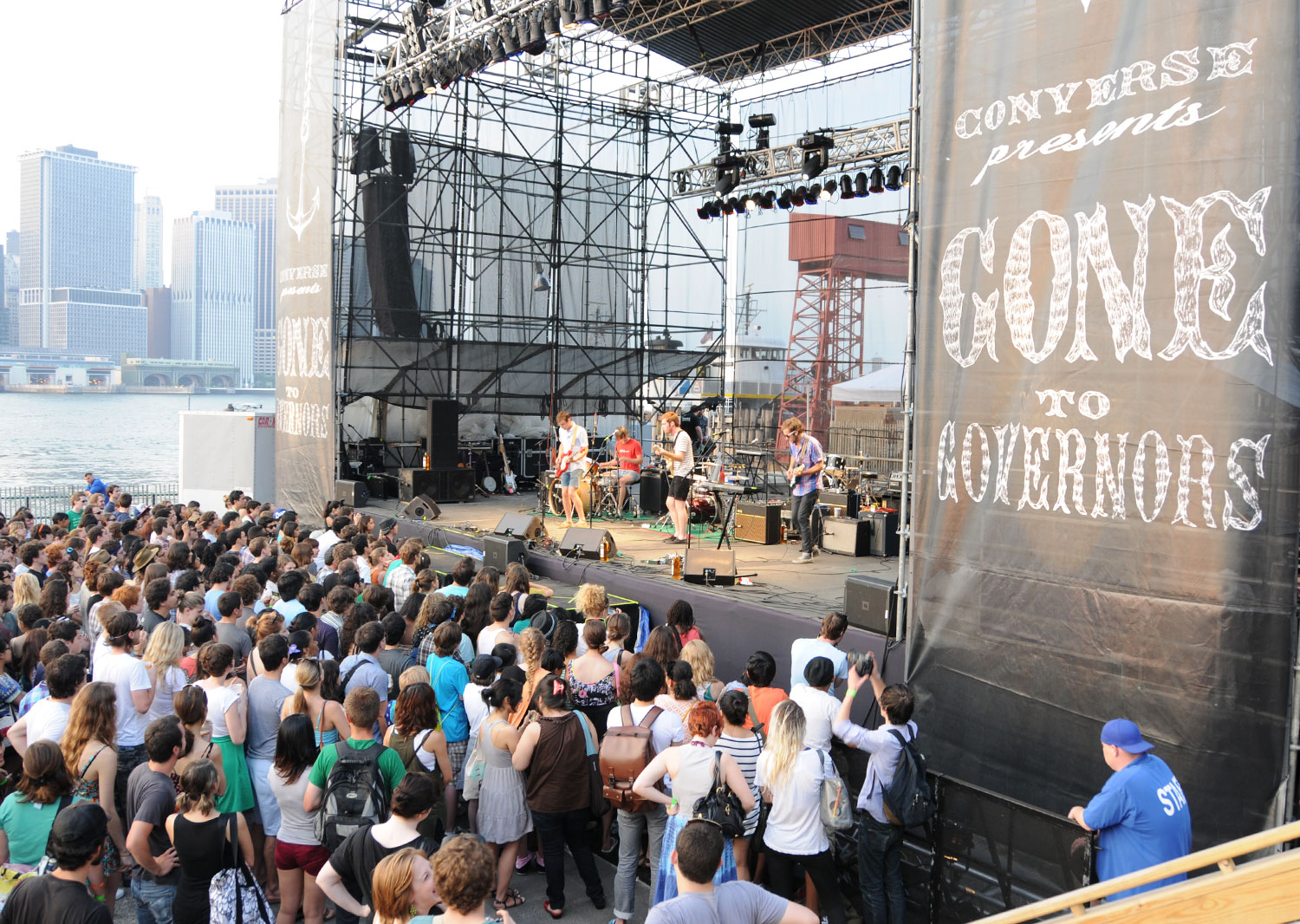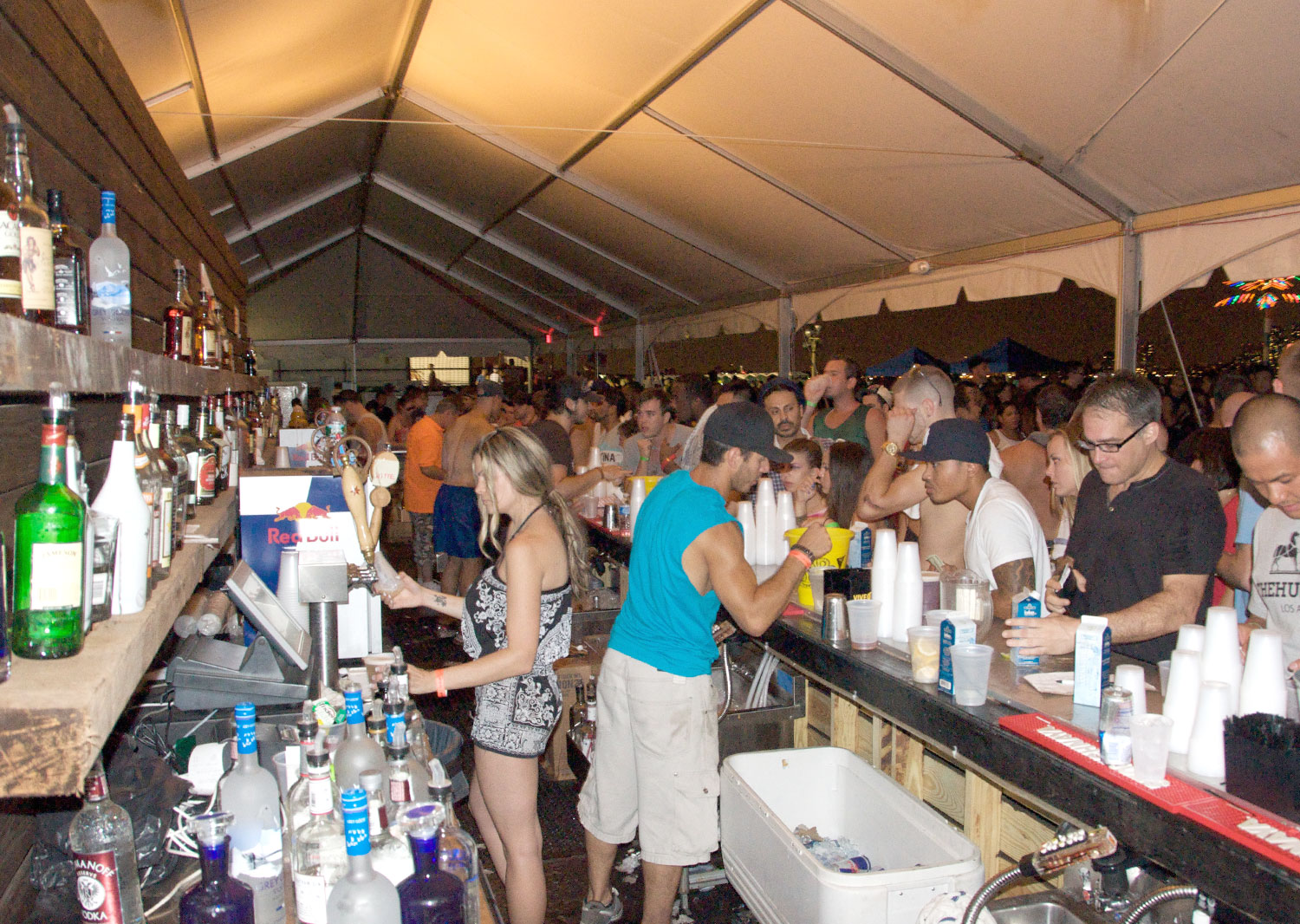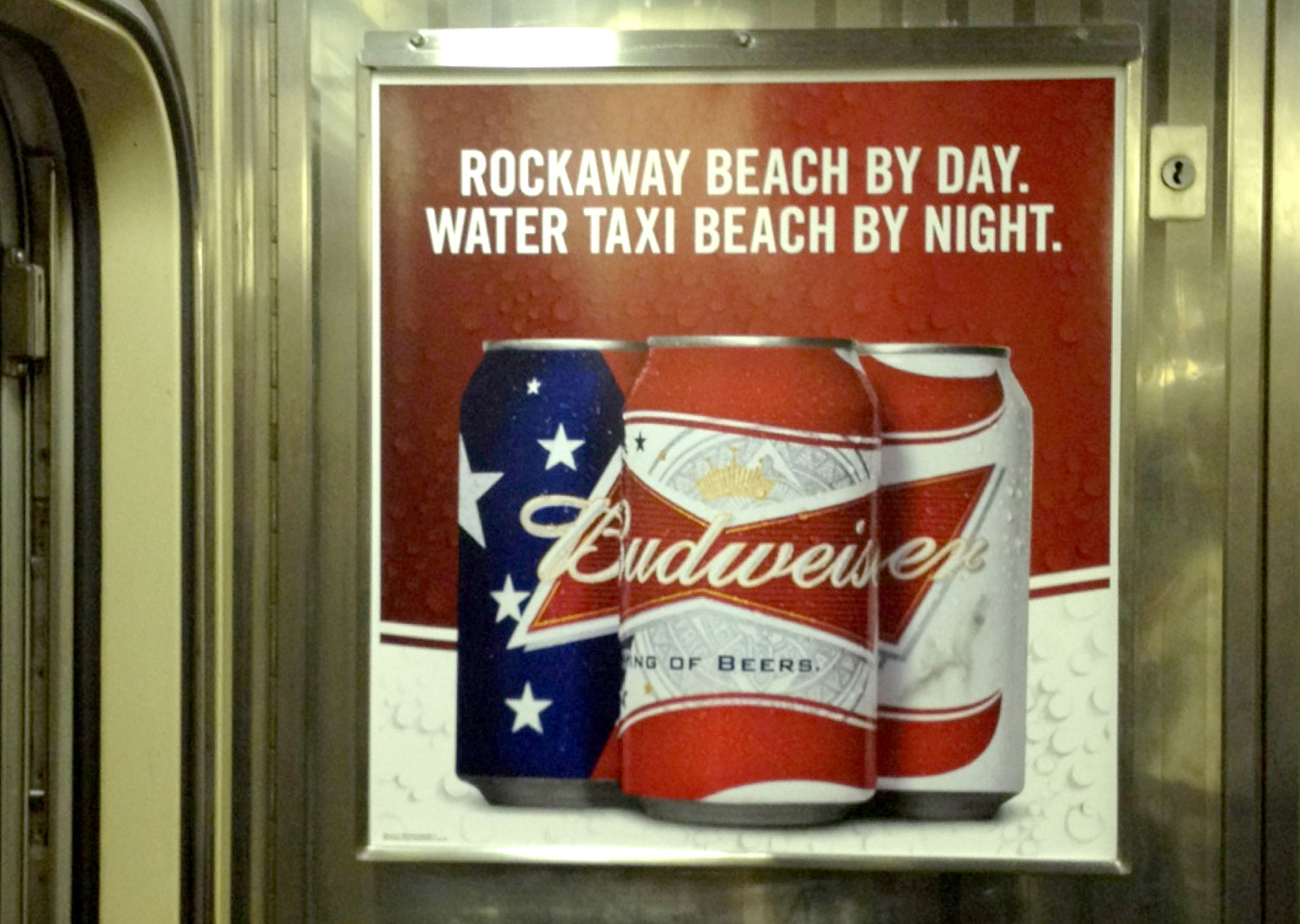Opening Up Waterfronts and Waterways
“Opening our waterfront and waterways to the public and providing access has created new recreational, educational, and environmental experiences and increased awareness of an important yet under-utilized public resource.”
Tom has been a pioneer in revitalizing abandoned and underutilized waterfronts to create parks, recreational and entertainment facilities. In 2002, he created a unique small scale waterborne transportation system connecting parks, neighborhoods and cultural attractions along the City waterfront providing greater public access, use and appreciation of our waterways. The comprehensive New York City Ferry Service, established in 2016, institutionalized his visionary model for an intra-city waterborne transportation system.
New York Water Taxi 1999-2011
Click image to enlarge
Realizing that a major limitation to waterfront revitalization was public access, Tom and his partner, Douglas Durst, created New York Water Taxi (NYWT) to link the City’s waterfront parks, neighborhoods, and cultural attractions in Brooklyn, Queens and Manhattan together.
In 1999, Tom identified seven water taxi landings and received permits for dock installation from property owners and nine City State and Federal agencies. However, his initial effort was undercapitalized and failed. Undeterred, he persevered and was fortunate to partner with “green” real estate developer Douglas Durst in 2001 to restart the project. Together they designed and built eleven high-speed, low-wake, handicapped accessible and fuel-efficient vessels and relaunched NYWT building a homeport in the one of the City’s last commercial maritime communities in Red Hook, Brooklyn.
The water taxis soon became a New York City icon and the service and fleet continually expanded. The partners began the City’s first commercial charter service for IKEA in Brooklyn and acquired Circle Line Downtown. They developed three temporary water taxi beaches converting vacant land on the waterfront into recreation and entertainment venues with beach volleyball, sunning, food & drink for the daytime enjoyment of the local community and popular evening concerts for up to 3,500 attendees.
By 2010, NYWT was carrying 1.5 million passengers annually on 12 vessels ranging in size from 74 to 600 passengers and serving 15 landing sites. NYWT was a strong advocate for expanded ferry and water taxi service and maintaining commercial maritime facilities in the New York Region. The new NYC Ferry Service is modeled after NYWT’s initial intra-city service.
Resources
City Council Ferry Testimony 2005
New York City Traffic Congestion Mitigation Commission Public Hearing 2008
Hudson River Park 1985-2019
Click image to enlarge
The award-winning $1.3 billion Hudson River Park is the longest waterfront park in the nation. Tom initially proposed the creation of a Park on Manhattan’s West side waterfront as a Westway opponent in 1984. When that project was defeated, Governor Mario Cuomo appointed him to the West Side Task Force and the subsequent West Side Waterfront Panel which recommended the creation of a world-class, 4.5-mile, 550-acre waterfront park.
As the first president of the Hudson River Park Conservancy, Tom established a unique City/State authority to oversee the design, construction and operation of the Park; secured the initial $200 million in City/State funding for the Park; relocated municipal tow pounds, sanitation and bus garages; built interim improvements including a bicycle/pedestrian path that opened up the Tribeca and Village waterfront to public use, implemented a 2-year public design process, working with a wide range of stakeholders, which developed the General Project Plan for the Park which was the basis of the 1998 Hudson River Park Act which Tom helped to draft and formally established this grand public Park.
Resources
West Side Task Force Recommendations 1987
Brooklyn Bridge Park 1986-1992
Click image to enlarge
When the introduction of containerized shipping ended commercial maritime activity on the Brooklyn docks, the Port Authority of NY & NJ proposed building 3 million square feet of housing on the underutilized break-bulk Piers 1-6 below the Brooklyn Heights Promenade. The Brooklyn Heights community fought the proposal and advocated for an alternative public use of the property and community access to the waterfront.
Tom gathered together a citywide civic, environmental and recreational coalition to support this local community effort. Tom encouraged the community to expand its vision and include the Brooklyn Bridge and Empire Stores Fulton Ferry State Park to the north of the Bridge. They did and rebranded the project Brooklyn Bridge Park. He helped draft a set of principles to guide redevelopment, played a leadership role in a multi-year political, legal, and media initiative to build this award-winning waterfront and became a founding co-Chair of the Brooklyn Bridge Park Coalition.
Resources
A History of the Brooklyn Bridge Park, Shipley and Webster, Columbia University Press
Water Taxi Beach 2004-2011
Click image to enlarge
In 2004, New York Water Taxi began operating an East River commuter service connecting midtown Manhattan, Queens, Brooklyn and lower Manhattan. The weekday service stopped at Long Island City in Queens, but local residents wanted the water taxi to operate there on the weekends. However, there were no attractions in Long Island City to draw riders from Manhattan on the weekends and waterborne transportation needs passengers traveling in each direction to be economically viable. Tom suggested that the Port Authority of New York and New Jersey, the landlord of the ferry terminal at Long Island City, agree to an experiment to encourage greater ridership to Long Island City on the weekends.
PANY/NJ issued a year to year permit for a “temporary passenger amenity adjacent to a water taxi stop” and Water Taxi Beach was born. Recalling his days as a Green Guerilla, Tom and his Chief Business Officer Mark Baker dumped 1,000 tons of sand on the vacant lot adjacent to the terminal, erected a tent with a dance floor, a tiki bar and small kitchen with outdoor grills, picnic tables and three volleyball courts; and the place became a hit. During the day, local residents ate, drank, sunbathed, read, relaxed, and played volleyball. In the evenings, DJ’s and live music created a festive club scene and dancing would go on until 2:00 AM. The attraction drew ample passenger traffic between East 34th Street in Manhattan and Long Island City and a New York Times editorial dubbed Water Taxi Beach “Imagination on the waterfront.”
The concept was so successful that Tom and Mark built two additional Water Taxi Beaches in underutilized parking lots at South Street Seaport and on Governors Island where weekend concerts would often host up to 3,500 guests. All three Water Taxi Beaches had something in common – an unusual setting, spectacular views of the waterfront, beach volleyball, good food, drink and music which proved to be a formula for success. These pop-up beaches increased New York Water Taxi’s weekend and evening business and provided a new source of revenue for the company.
